Quick filters:
Ancient city of ur Stock Photos and Images
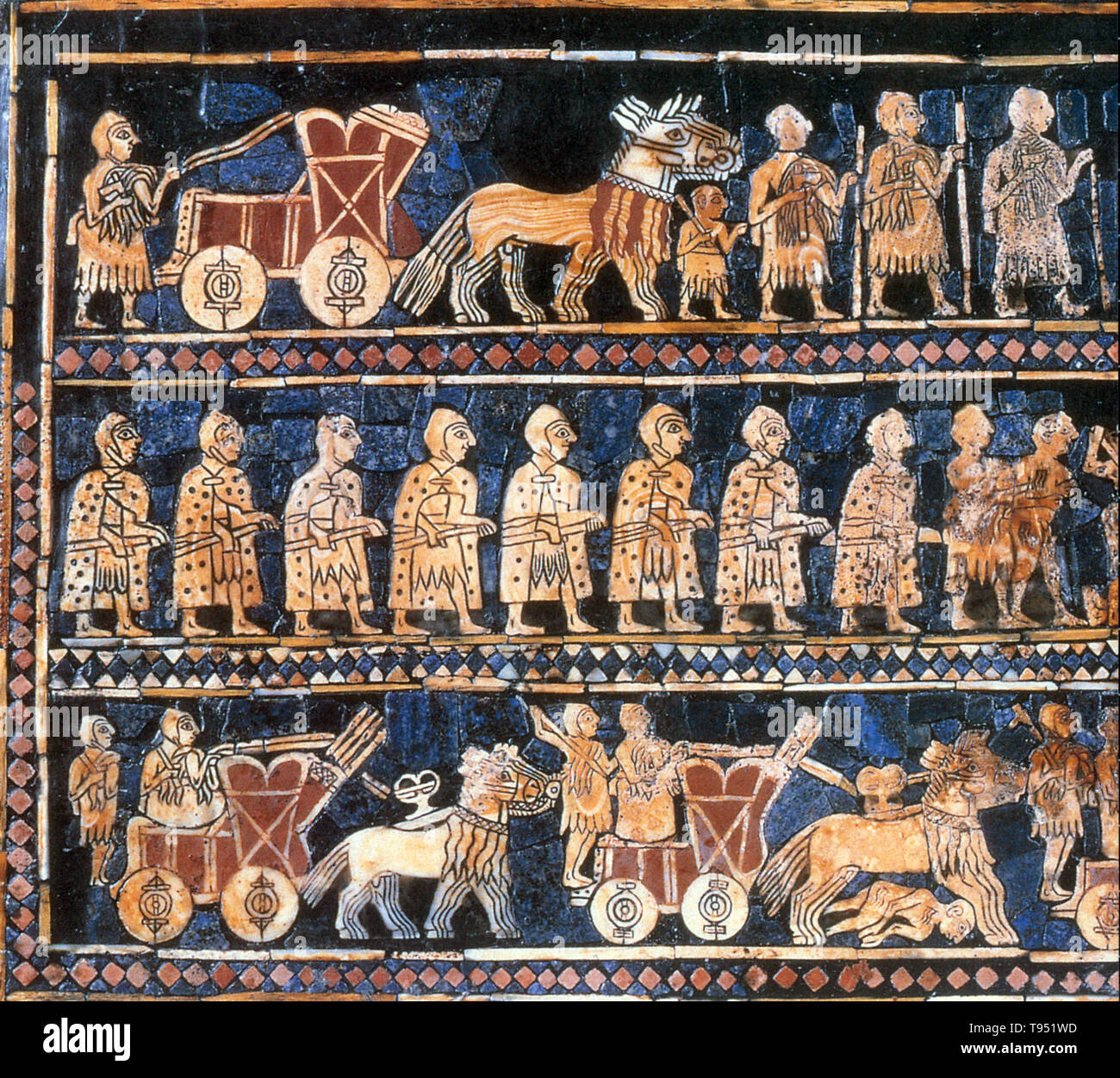 The The Standard of Ur comes from the ancient city of Ur (modern Iraq south of Baghdad). It dates to the Early Dynastic period and is 4,600 years old. The standard was probably constructed in the form of a hollow wooden box with scenes of war and peace represented on each side through elaborately inlaid mosaics. Although interpreted as a standard by its discoverer, its original purpose remains enigmatic. Stock Photohttps://www.alamy.com/image-license-details/?v=1https://www.alamy.com/the-the-standard-of-ur-comes-from-the-ancient-city-of-ur-modern-iraq-south-of-baghdad-it-dates-to-the-early-dynastic-period-and-is-4600-years-old-the-standard-was-probably-constructed-in-the-form-of-a-hollow-wooden-box-with-scenes-of-war-and-peace-represented-on-each-side-through-elaborately-inlaid-mosaics-although-interpreted-as-a-standard-by-its-discoverer-its-original-purpose-remains-enigmatic-image246588313.html
The The Standard of Ur comes from the ancient city of Ur (modern Iraq south of Baghdad). It dates to the Early Dynastic period and is 4,600 years old. The standard was probably constructed in the form of a hollow wooden box with scenes of war and peace represented on each side through elaborately inlaid mosaics. Although interpreted as a standard by its discoverer, its original purpose remains enigmatic. Stock Photohttps://www.alamy.com/image-license-details/?v=1https://www.alamy.com/the-the-standard-of-ur-comes-from-the-ancient-city-of-ur-modern-iraq-south-of-baghdad-it-dates-to-the-early-dynastic-period-and-is-4600-years-old-the-standard-was-probably-constructed-in-the-form-of-a-hollow-wooden-box-with-scenes-of-war-and-peace-represented-on-each-side-through-elaborately-inlaid-mosaics-although-interpreted-as-a-standard-by-its-discoverer-its-original-purpose-remains-enigmatic-image246588313.htmlRMT951WD–The The Standard of Ur comes from the ancient city of Ur (modern Iraq south of Baghdad). It dates to the Early Dynastic period and is 4,600 years old. The standard was probably constructed in the form of a hollow wooden box with scenes of war and peace represented on each side through elaborately inlaid mosaics. Although interpreted as a standard by its discoverer, its original purpose remains enigmatic.
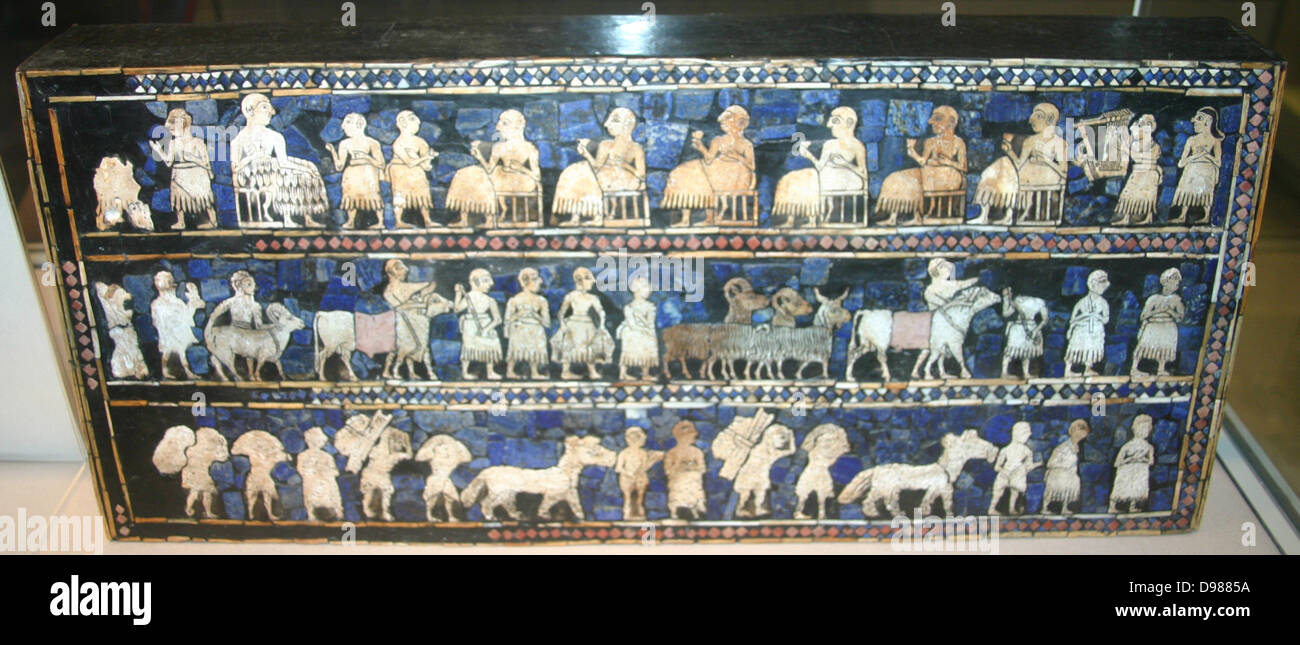 The Standard of Ur, Sumerian artifact excavated from what had been the Royal Cemetery in the ancient city of Ur, dates from Stock Photohttps://www.alamy.com/image-license-details/?v=1https://www.alamy.com/stock-photo-the-standard-of-ur-sumerian-artifact-excavated-from-what-had-been-57345046.html
The Standard of Ur, Sumerian artifact excavated from what had been the Royal Cemetery in the ancient city of Ur, dates from Stock Photohttps://www.alamy.com/image-license-details/?v=1https://www.alamy.com/stock-photo-the-standard-of-ur-sumerian-artifact-excavated-from-what-had-been-57345046.htmlRMD9885A–The Standard of Ur, Sumerian artifact excavated from what had been the Royal Cemetery in the ancient city of Ur, dates from
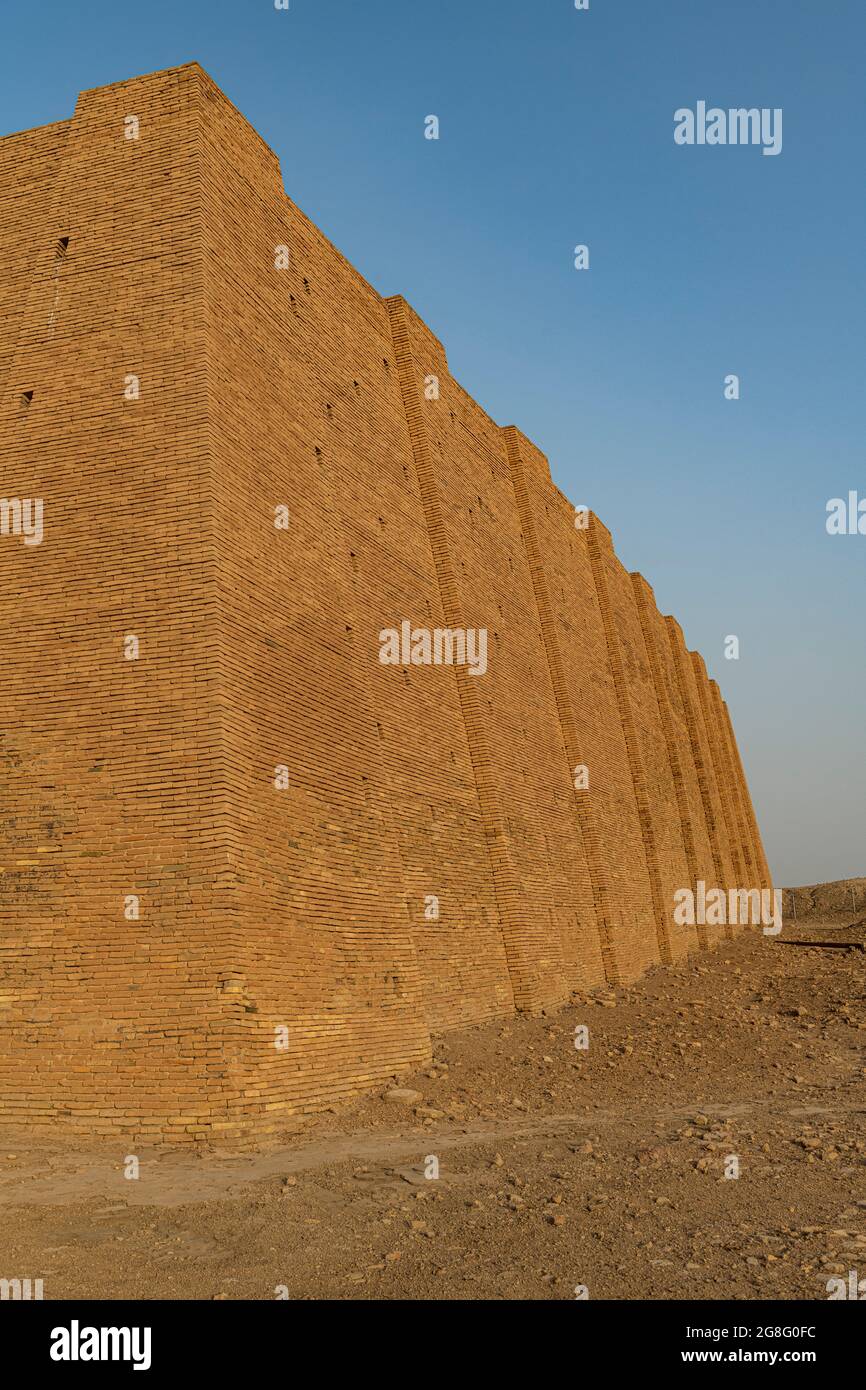 Ziggurat, ancient city of Ur, The Ahwar of Southern Iraq, UNESCO World Heritage Site, Iraq, Middle East Stock Photohttps://www.alamy.com/image-license-details/?v=1https://www.alamy.com/ziggurat-ancient-city-of-ur-the-ahwar-of-southern-iraq-unesco-world-heritage-site-iraq-middle-east-image435528112.html
Ziggurat, ancient city of Ur, The Ahwar of Southern Iraq, UNESCO World Heritage Site, Iraq, Middle East Stock Photohttps://www.alamy.com/image-license-details/?v=1https://www.alamy.com/ziggurat-ancient-city-of-ur-the-ahwar-of-southern-iraq-unesco-world-heritage-site-iraq-middle-east-image435528112.htmlRF2G8G0FC–Ziggurat, ancient city of Ur, The Ahwar of Southern Iraq, UNESCO World Heritage Site, Iraq, Middle East
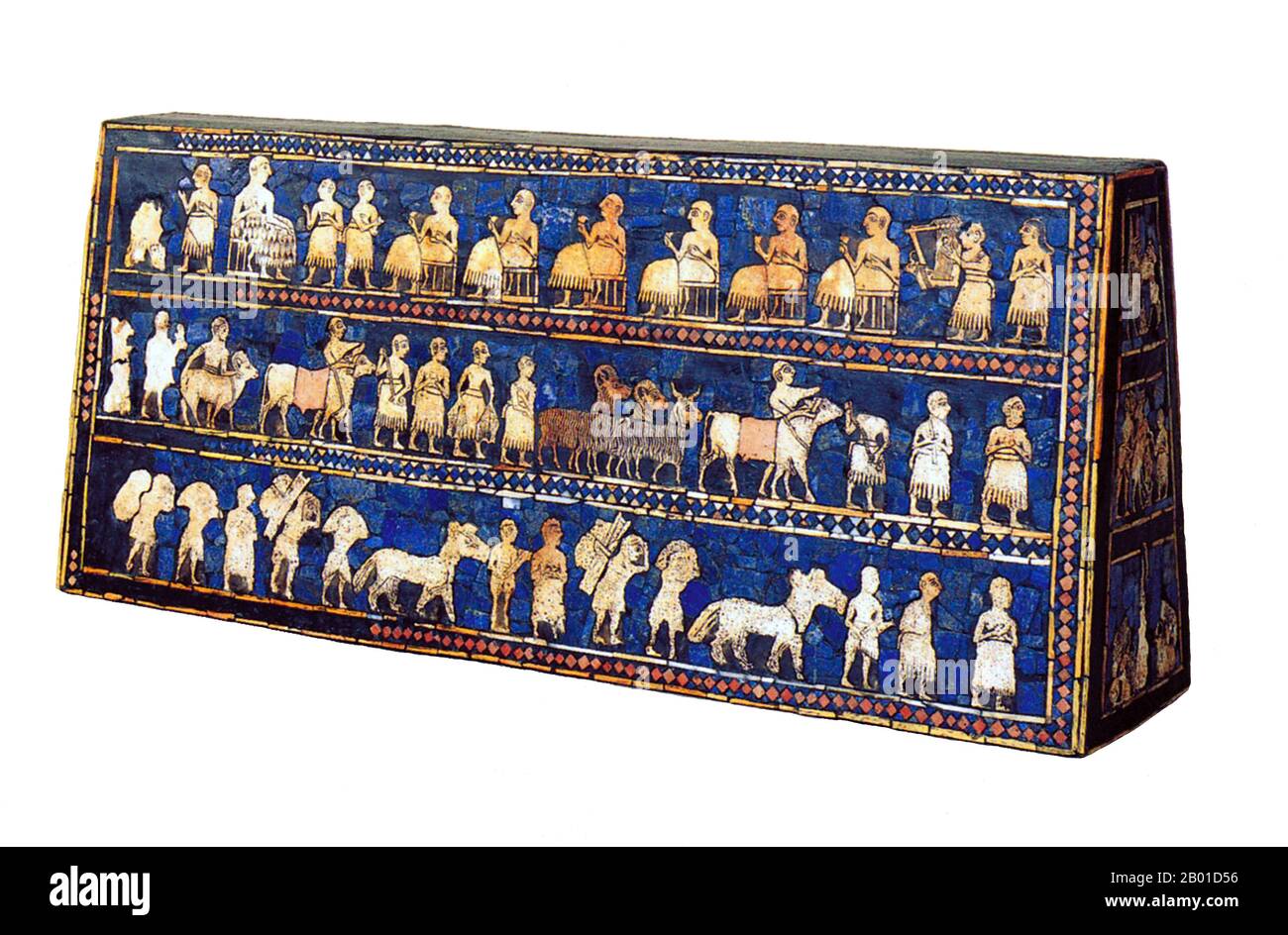 Iraq: The peace side of the Standard of Ur (also known as the 'Battle Standard of Ur', or the 'Royal Standard of Ur'), a Sumerian artifact excavated from the Royal Cemetery in the ancient city of Ur, located in modern-day Iraq to the south of Baghdad, c. 2600 BCE. The Standard of Ur survived in only a fragmentary condition, as the effects of time over the last several millennia had decayed the wooden frame and bitumen glue which had cemented the mosaic in place. The weight of the soil had crushed the object, fragmenting it and breaking the end panels. Stock Photohttps://www.alamy.com/image-license-details/?v=1https://www.alamy.com/iraq-the-peace-side-of-the-standard-of-ur-also-known-as-the-battle-standard-of-ur-or-the-royal-standard-of-ur-a-sumerian-artifact-excavated-from-the-royal-cemetery-in-the-ancient-city-of-ur-located-in-modern-day-iraq-to-the-south-of-baghdad-c-2600-bce-the-standard-of-ur-survived-in-only-a-fragmentary-condition-as-the-effects-of-time-over-the-last-several-millennia-had-decayed-the-wooden-frame-and-bitumen-glue-which-had-cemented-the-mosaic-in-place-the-weight-of-the-soil-had-crushed-the-object-fragmenting-it-and-breaking-the-end-panels-image344239650.html
Iraq: The peace side of the Standard of Ur (also known as the 'Battle Standard of Ur', or the 'Royal Standard of Ur'), a Sumerian artifact excavated from the Royal Cemetery in the ancient city of Ur, located in modern-day Iraq to the south of Baghdad, c. 2600 BCE. The Standard of Ur survived in only a fragmentary condition, as the effects of time over the last several millennia had decayed the wooden frame and bitumen glue which had cemented the mosaic in place. The weight of the soil had crushed the object, fragmenting it and breaking the end panels. Stock Photohttps://www.alamy.com/image-license-details/?v=1https://www.alamy.com/iraq-the-peace-side-of-the-standard-of-ur-also-known-as-the-battle-standard-of-ur-or-the-royal-standard-of-ur-a-sumerian-artifact-excavated-from-the-royal-cemetery-in-the-ancient-city-of-ur-located-in-modern-day-iraq-to-the-south-of-baghdad-c-2600-bce-the-standard-of-ur-survived-in-only-a-fragmentary-condition-as-the-effects-of-time-over-the-last-several-millennia-had-decayed-the-wooden-frame-and-bitumen-glue-which-had-cemented-the-mosaic-in-place-the-weight-of-the-soil-had-crushed-the-object-fragmenting-it-and-breaking-the-end-panels-image344239650.htmlRM2B01D56–Iraq: The peace side of the Standard of Ur (also known as the 'Battle Standard of Ur', or the 'Royal Standard of Ur'), a Sumerian artifact excavated from the Royal Cemetery in the ancient city of Ur, located in modern-day Iraq to the south of Baghdad, c. 2600 BCE. The Standard of Ur survived in only a fragmentary condition, as the effects of time over the last several millennia had decayed the wooden frame and bitumen glue which had cemented the mosaic in place. The weight of the soil had crushed the object, fragmenting it and breaking the end panels.
 Ancient city of Ur, Ahwar of southern Iraq, Unesco site, Iraq Stock Photohttps://www.alamy.com/image-license-details/?v=1https://www.alamy.com/ancient-city-of-ur-ahwar-of-southern-iraq-unesco-site-iraq-image521200056.html
Ancient city of Ur, Ahwar of southern Iraq, Unesco site, Iraq Stock Photohttps://www.alamy.com/image-license-details/?v=1https://www.alamy.com/ancient-city-of-ur-ahwar-of-southern-iraq-unesco-site-iraq-image521200056.htmlRF2N7XKYM–Ancient city of Ur, Ahwar of southern Iraq, Unesco site, Iraq
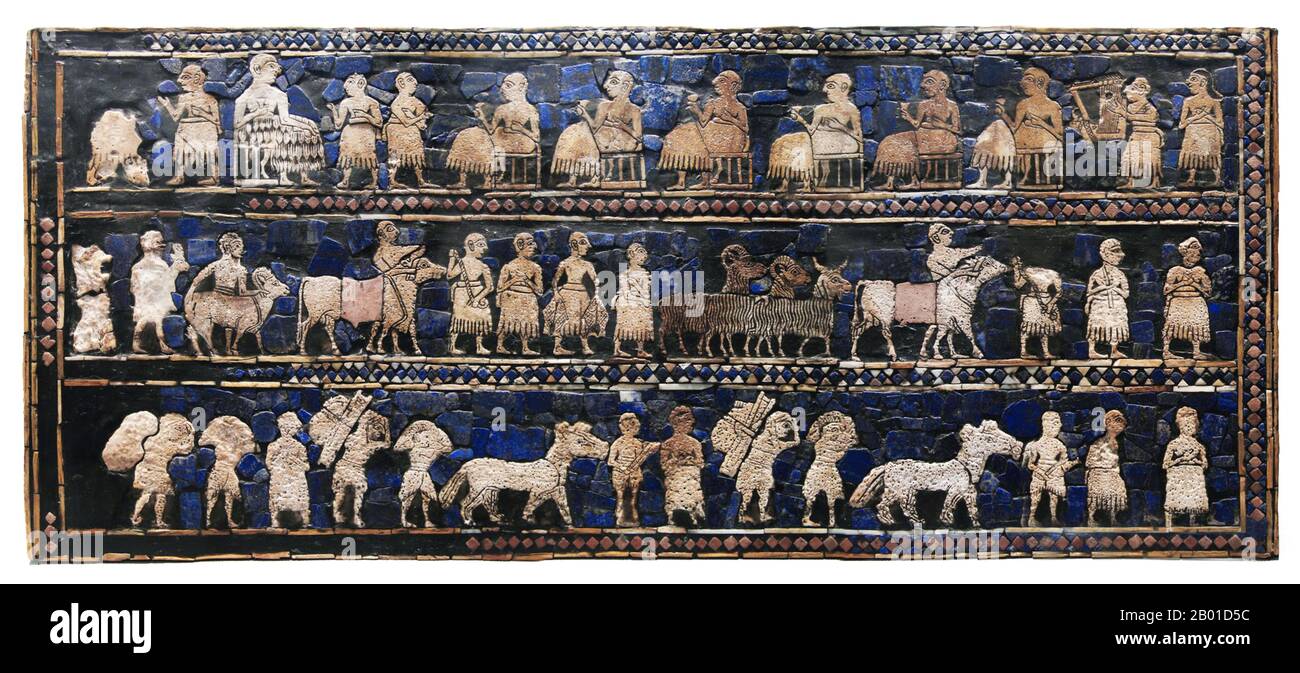 Iraq: The peace side of the Standard of Ur (also known as the 'Battle Standard of Ur', or the 'Royal Standard of Ur'), a Sumerian artifact excavated from the Royal Cemetery in the ancient city of Ur, located in modern-day Iraq to the south of Baghdad, c. 2600 BCE. The Standard of Ur survived in only a fragmentary condition, as the effects of time over the last several millennia had decayed the wooden frame and bitumen glue which had cemented the mosaic in place. The weight of the soil had crushed the object, fragmenting it and breaking the end panels. Stock Photohttps://www.alamy.com/image-license-details/?v=1https://www.alamy.com/iraq-the-peace-side-of-the-standard-of-ur-also-known-as-the-battle-standard-of-ur-or-the-royal-standard-of-ur-a-sumerian-artifact-excavated-from-the-royal-cemetery-in-the-ancient-city-of-ur-located-in-modern-day-iraq-to-the-south-of-baghdad-c-2600-bce-the-standard-of-ur-survived-in-only-a-fragmentary-condition-as-the-effects-of-time-over-the-last-several-millennia-had-decayed-the-wooden-frame-and-bitumen-glue-which-had-cemented-the-mosaic-in-place-the-weight-of-the-soil-had-crushed-the-object-fragmenting-it-and-breaking-the-end-panels-image344239656.html
Iraq: The peace side of the Standard of Ur (also known as the 'Battle Standard of Ur', or the 'Royal Standard of Ur'), a Sumerian artifact excavated from the Royal Cemetery in the ancient city of Ur, located in modern-day Iraq to the south of Baghdad, c. 2600 BCE. The Standard of Ur survived in only a fragmentary condition, as the effects of time over the last several millennia had decayed the wooden frame and bitumen glue which had cemented the mosaic in place. The weight of the soil had crushed the object, fragmenting it and breaking the end panels. Stock Photohttps://www.alamy.com/image-license-details/?v=1https://www.alamy.com/iraq-the-peace-side-of-the-standard-of-ur-also-known-as-the-battle-standard-of-ur-or-the-royal-standard-of-ur-a-sumerian-artifact-excavated-from-the-royal-cemetery-in-the-ancient-city-of-ur-located-in-modern-day-iraq-to-the-south-of-baghdad-c-2600-bce-the-standard-of-ur-survived-in-only-a-fragmentary-condition-as-the-effects-of-time-over-the-last-several-millennia-had-decayed-the-wooden-frame-and-bitumen-glue-which-had-cemented-the-mosaic-in-place-the-weight-of-the-soil-had-crushed-the-object-fragmenting-it-and-breaking-the-end-panels-image344239656.htmlRM2B01D5C–Iraq: The peace side of the Standard of Ur (also known as the 'Battle Standard of Ur', or the 'Royal Standard of Ur'), a Sumerian artifact excavated from the Royal Cemetery in the ancient city of Ur, located in modern-day Iraq to the south of Baghdad, c. 2600 BCE. The Standard of Ur survived in only a fragmentary condition, as the effects of time over the last several millennia had decayed the wooden frame and bitumen glue which had cemented the mosaic in place. The weight of the soil had crushed the object, fragmenting it and breaking the end panels.
 Captain Rich Oakes of 1st Battlion The King's Own Royal Border Regiment sits on the steps of the ancient temple the Ziggurat near Nasiriyah, Iraq, Friday 17 December, 2005. The temple, which was built in 2112 BC to worship Namma the moon god, is adjacent to the ancient city of Ur where it is believed that the biblical character Abraham lived. Capt. Oakes and his regiment, whose headquarters are inCumbria, are involved with training the Iraqi army at nearby Tallil. PRESS ASSOCIATION Photo. Photo credit should read: Matthew Fearn/PA Stock Photohttps://www.alamy.com/image-license-details/?v=1https://www.alamy.com/stock-photo-captain-rich-oakes-of-1st-battlion-the-kings-own-royal-border-regiment-108835864.html
Captain Rich Oakes of 1st Battlion The King's Own Royal Border Regiment sits on the steps of the ancient temple the Ziggurat near Nasiriyah, Iraq, Friday 17 December, 2005. The temple, which was built in 2112 BC to worship Namma the moon god, is adjacent to the ancient city of Ur where it is believed that the biblical character Abraham lived. Capt. Oakes and his regiment, whose headquarters are inCumbria, are involved with training the Iraqi army at nearby Tallil. PRESS ASSOCIATION Photo. Photo credit should read: Matthew Fearn/PA Stock Photohttps://www.alamy.com/image-license-details/?v=1https://www.alamy.com/stock-photo-captain-rich-oakes-of-1st-battlion-the-kings-own-royal-border-regiment-108835864.htmlRMG91W74–Captain Rich Oakes of 1st Battlion The King's Own Royal Border Regiment sits on the steps of the ancient temple the Ziggurat near Nasiriyah, Iraq, Friday 17 December, 2005. The temple, which was built in 2112 BC to worship Namma the moon god, is adjacent to the ancient city of Ur where it is believed that the biblical character Abraham lived. Capt. Oakes and his regiment, whose headquarters are inCumbria, are involved with training the Iraqi army at nearby Tallil. PRESS ASSOCIATION Photo. Photo credit should read: Matthew Fearn/PA
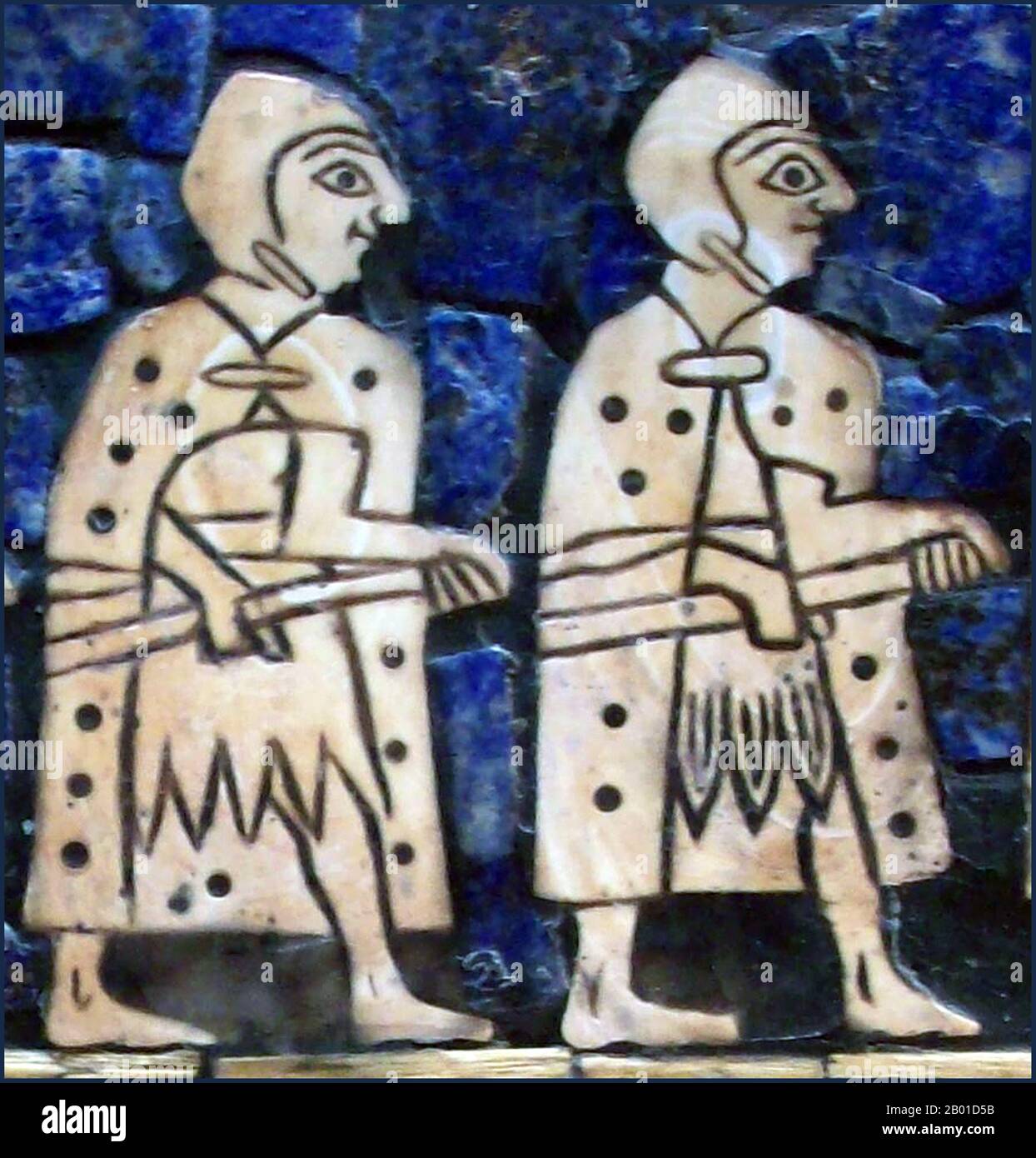 Iraq: Detail from the war side of the Standard of Ur (also known as the 'Battle Standard of Ur', or the 'Royal Standard of Ur') depicting two soldiers, a Sumerian artifact excavated from the Royal Cemetery in the ancient city of Ur, located in modern-day Iraq to the south of Baghdad, c. 2600 BCE. The Standard of Ur survived in only a fragmentary condition, as the effects of time over the last several millennia had decayed the wooden frame and bitumen glue which had cemented the mosaic in place. The weight of the soil had crushed the object, fragmenting it and breaking the end panels. Stock Photohttps://www.alamy.com/image-license-details/?v=1https://www.alamy.com/iraq-detail-from-the-war-side-of-the-standard-of-ur-also-known-as-the-battle-standard-of-ur-or-the-royal-standard-of-ur-depicting-two-soldiers-a-sumerian-artifact-excavated-from-the-royal-cemetery-in-the-ancient-city-of-ur-located-in-modern-day-iraq-to-the-south-of-baghdad-c-2600-bce-the-standard-of-ur-survived-in-only-a-fragmentary-condition-as-the-effects-of-time-over-the-last-several-millennia-had-decayed-the-wooden-frame-and-bitumen-glue-which-had-cemented-the-mosaic-in-place-the-weight-of-the-soil-had-crushed-the-object-fragmenting-it-and-breaking-the-end-panels-image344239655.html
Iraq: Detail from the war side of the Standard of Ur (also known as the 'Battle Standard of Ur', or the 'Royal Standard of Ur') depicting two soldiers, a Sumerian artifact excavated from the Royal Cemetery in the ancient city of Ur, located in modern-day Iraq to the south of Baghdad, c. 2600 BCE. The Standard of Ur survived in only a fragmentary condition, as the effects of time over the last several millennia had decayed the wooden frame and bitumen glue which had cemented the mosaic in place. The weight of the soil had crushed the object, fragmenting it and breaking the end panels. Stock Photohttps://www.alamy.com/image-license-details/?v=1https://www.alamy.com/iraq-detail-from-the-war-side-of-the-standard-of-ur-also-known-as-the-battle-standard-of-ur-or-the-royal-standard-of-ur-depicting-two-soldiers-a-sumerian-artifact-excavated-from-the-royal-cemetery-in-the-ancient-city-of-ur-located-in-modern-day-iraq-to-the-south-of-baghdad-c-2600-bce-the-standard-of-ur-survived-in-only-a-fragmentary-condition-as-the-effects-of-time-over-the-last-several-millennia-had-decayed-the-wooden-frame-and-bitumen-glue-which-had-cemented-the-mosaic-in-place-the-weight-of-the-soil-had-crushed-the-object-fragmenting-it-and-breaking-the-end-panels-image344239655.htmlRM2B01D5B–Iraq: Detail from the war side of the Standard of Ur (also known as the 'Battle Standard of Ur', or the 'Royal Standard of Ur') depicting two soldiers, a Sumerian artifact excavated from the Royal Cemetery in the ancient city of Ur, located in modern-day Iraq to the south of Baghdad, c. 2600 BCE. The Standard of Ur survived in only a fragmentary condition, as the effects of time over the last several millennia had decayed the wooden frame and bitumen glue which had cemented the mosaic in place. The weight of the soil had crushed the object, fragmenting it and breaking the end panels.
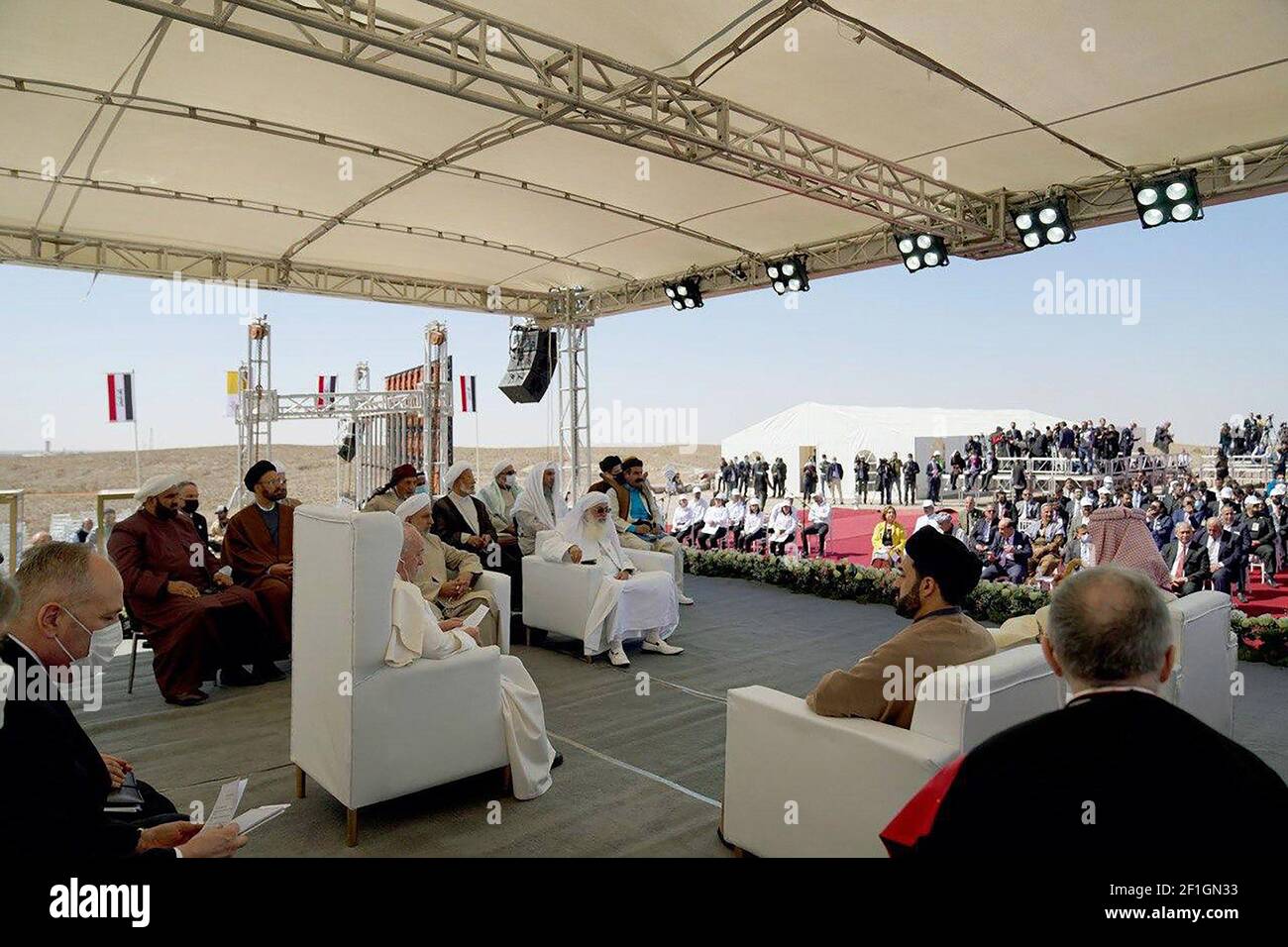 Ur, Iraq. 08th Mar, 2021. Pope Francis speaks during an interfaith service with many of Iraq's religious minorities in attendance, at the House of Abraham in the ancient city of Ur in southern Iraq's Dhi Qar province, on Saturday, March 6, 2021. Photo by press office of Iraqi Prime Minister/UPI Credit: UPI/Alamy Live News Stock Photohttps://www.alamy.com/image-license-details/?v=1https://www.alamy.com/ur-iraq-08th-mar-2021-pope-francis-speaks-during-an-interfaith-service-with-many-of-iraqs-religious-minorities-in-attendance-at-the-house-of-abraham-in-the-ancient-city-of-ur-in-southern-iraqs-dhi-qar-province-on-saturday-march-6-2021-photo-by-press-office-of-iraqi-prime-ministerupi-credit-upialamy-live-news-image414031271.html
Ur, Iraq. 08th Mar, 2021. Pope Francis speaks during an interfaith service with many of Iraq's religious minorities in attendance, at the House of Abraham in the ancient city of Ur in southern Iraq's Dhi Qar province, on Saturday, March 6, 2021. Photo by press office of Iraqi Prime Minister/UPI Credit: UPI/Alamy Live News Stock Photohttps://www.alamy.com/image-license-details/?v=1https://www.alamy.com/ur-iraq-08th-mar-2021-pope-francis-speaks-during-an-interfaith-service-with-many-of-iraqs-religious-minorities-in-attendance-at-the-house-of-abraham-in-the-ancient-city-of-ur-in-southern-iraqs-dhi-qar-province-on-saturday-march-6-2021-photo-by-press-office-of-iraqi-prime-ministerupi-credit-upialamy-live-news-image414031271.htmlRM2F1GN33–Ur, Iraq. 08th Mar, 2021. Pope Francis speaks during an interfaith service with many of Iraq's religious minorities in attendance, at the House of Abraham in the ancient city of Ur in southern Iraq's Dhi Qar province, on Saturday, March 6, 2021. Photo by press office of Iraqi Prime Minister/UPI Credit: UPI/Alamy Live News
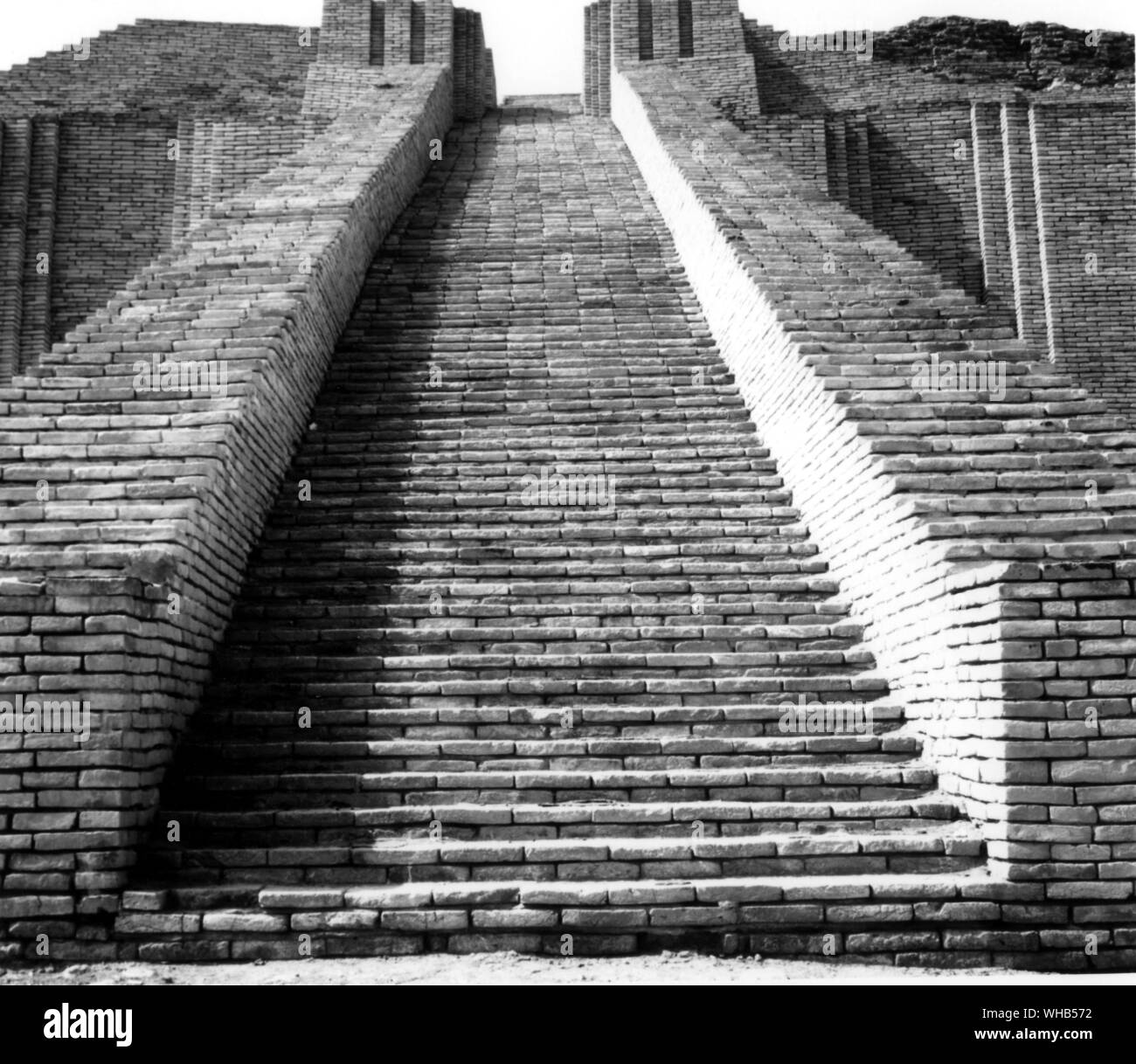 Ziggurat (a temple tower terraced pyramid of successively receding stories) steps in the ancient city of Ur, southern Mesopotamia, Iraq. Probably the Great Ziggurat, temple of Nanna, the moon deity in Sumerian mythology.. Stock Photohttps://www.alamy.com/image-license-details/?v=1https://www.alamy.com/ziggurat-a-temple-tower-terraced-pyramid-of-successively-receding-stories-steps-in-the-ancient-city-of-ur-southern-mesopotamia-iraq-probably-the-great-ziggurat-temple-of-nanna-the-moon-deity-in-sumerian-mythology-image268850262.html
Ziggurat (a temple tower terraced pyramid of successively receding stories) steps in the ancient city of Ur, southern Mesopotamia, Iraq. Probably the Great Ziggurat, temple of Nanna, the moon deity in Sumerian mythology.. Stock Photohttps://www.alamy.com/image-license-details/?v=1https://www.alamy.com/ziggurat-a-temple-tower-terraced-pyramid-of-successively-receding-stories-steps-in-the-ancient-city-of-ur-southern-mesopotamia-iraq-probably-the-great-ziggurat-temple-of-nanna-the-moon-deity-in-sumerian-mythology-image268850262.htmlRMWHB572–Ziggurat (a temple tower terraced pyramid of successively receding stories) steps in the ancient city of Ur, southern Mesopotamia, Iraq. Probably the Great Ziggurat, temple of Nanna, the moon deity in Sumerian mythology..
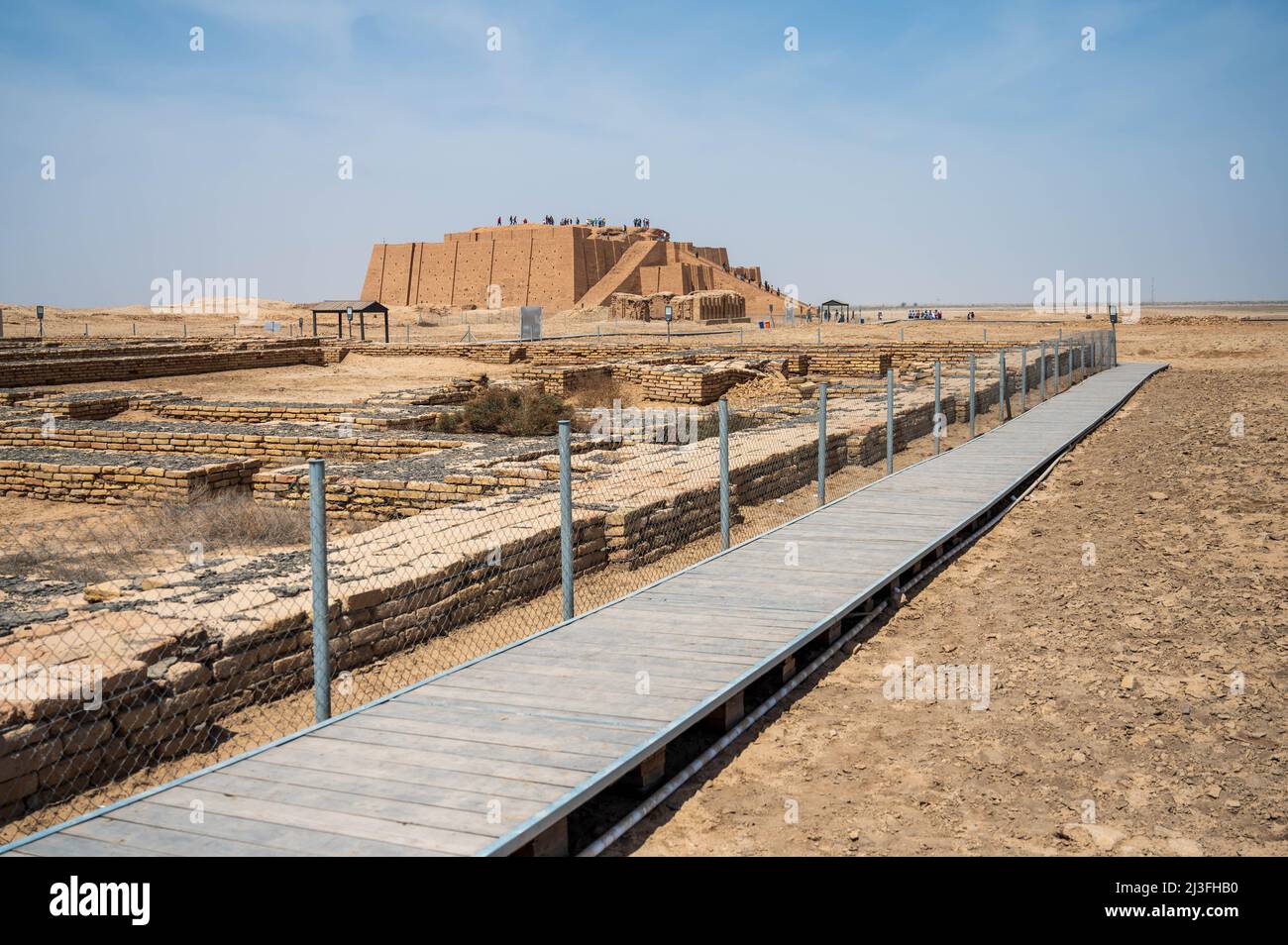 Ziggurat of Ur is a Neo-Sumerian ziggurat on the site of the ancient city of Ur near Nasiriyah, in present-day Dhi Qar Province, Iraq. The structure w Stock Photohttps://www.alamy.com/image-license-details/?v=1https://www.alamy.com/ziggurat-of-ur-is-a-neo-sumerian-ziggurat-on-the-site-of-the-ancient-city-of-ur-near-nasiriyah-in-present-day-dhi-qar-province-iraq-the-structure-w-image466866820.html
Ziggurat of Ur is a Neo-Sumerian ziggurat on the site of the ancient city of Ur near Nasiriyah, in present-day Dhi Qar Province, Iraq. The structure w Stock Photohttps://www.alamy.com/image-license-details/?v=1https://www.alamy.com/ziggurat-of-ur-is-a-neo-sumerian-ziggurat-on-the-site-of-the-ancient-city-of-ur-near-nasiriyah-in-present-day-dhi-qar-province-iraq-the-structure-w-image466866820.htmlRM2J3FHB0–Ziggurat of Ur is a Neo-Sumerian ziggurat on the site of the ancient city of Ur near Nasiriyah, in present-day Dhi Qar Province, Iraq. The structure w
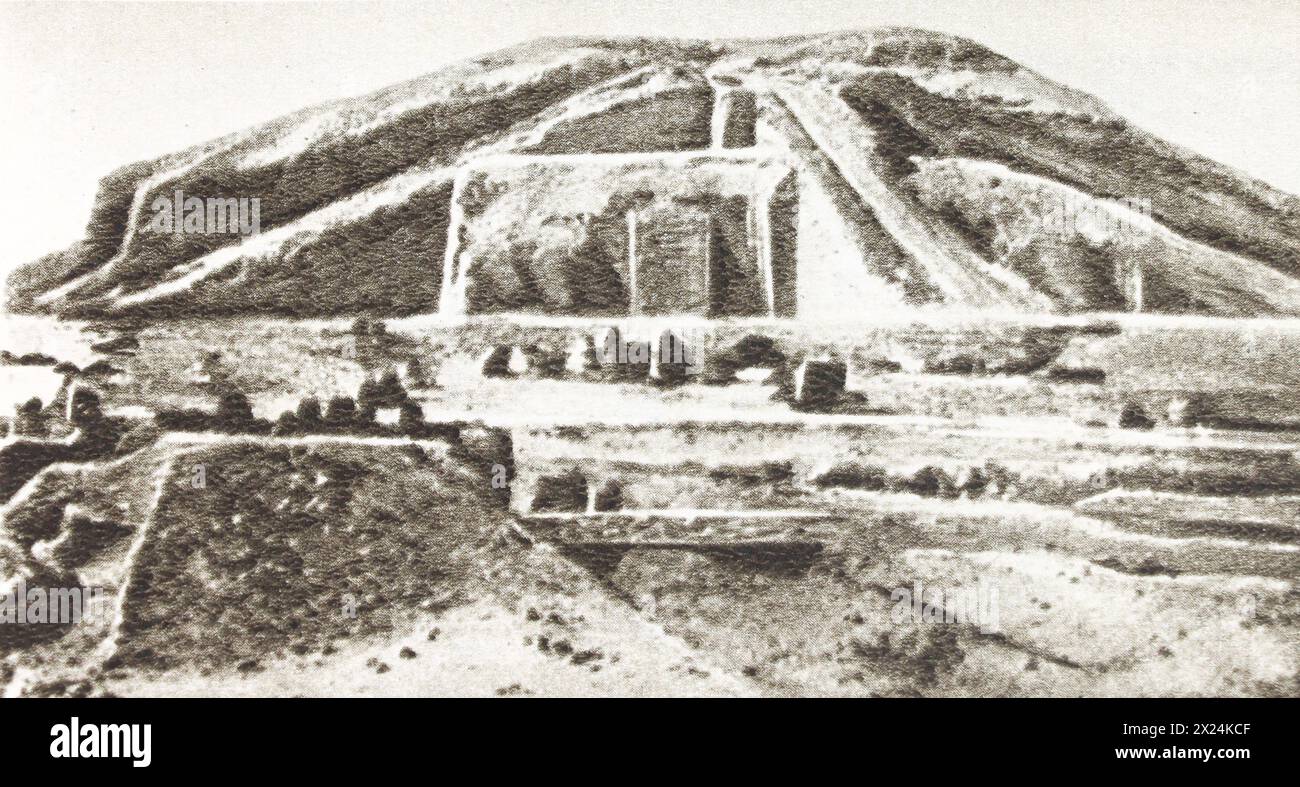 Excavation of a temple (ziggurat) of the ancient Sumerian city of Ur. Stock Photohttps://www.alamy.com/image-license-details/?v=1https://www.alamy.com/excavation-of-a-temple-ziggurat-of-the-ancient-sumerian-city-of-ur-image603695247.html
Excavation of a temple (ziggurat) of the ancient Sumerian city of Ur. Stock Photohttps://www.alamy.com/image-license-details/?v=1https://www.alamy.com/excavation-of-a-temple-ziggurat-of-the-ancient-sumerian-city-of-ur-image603695247.htmlRM2X24KCF–Excavation of a temple (ziggurat) of the ancient Sumerian city of Ur.
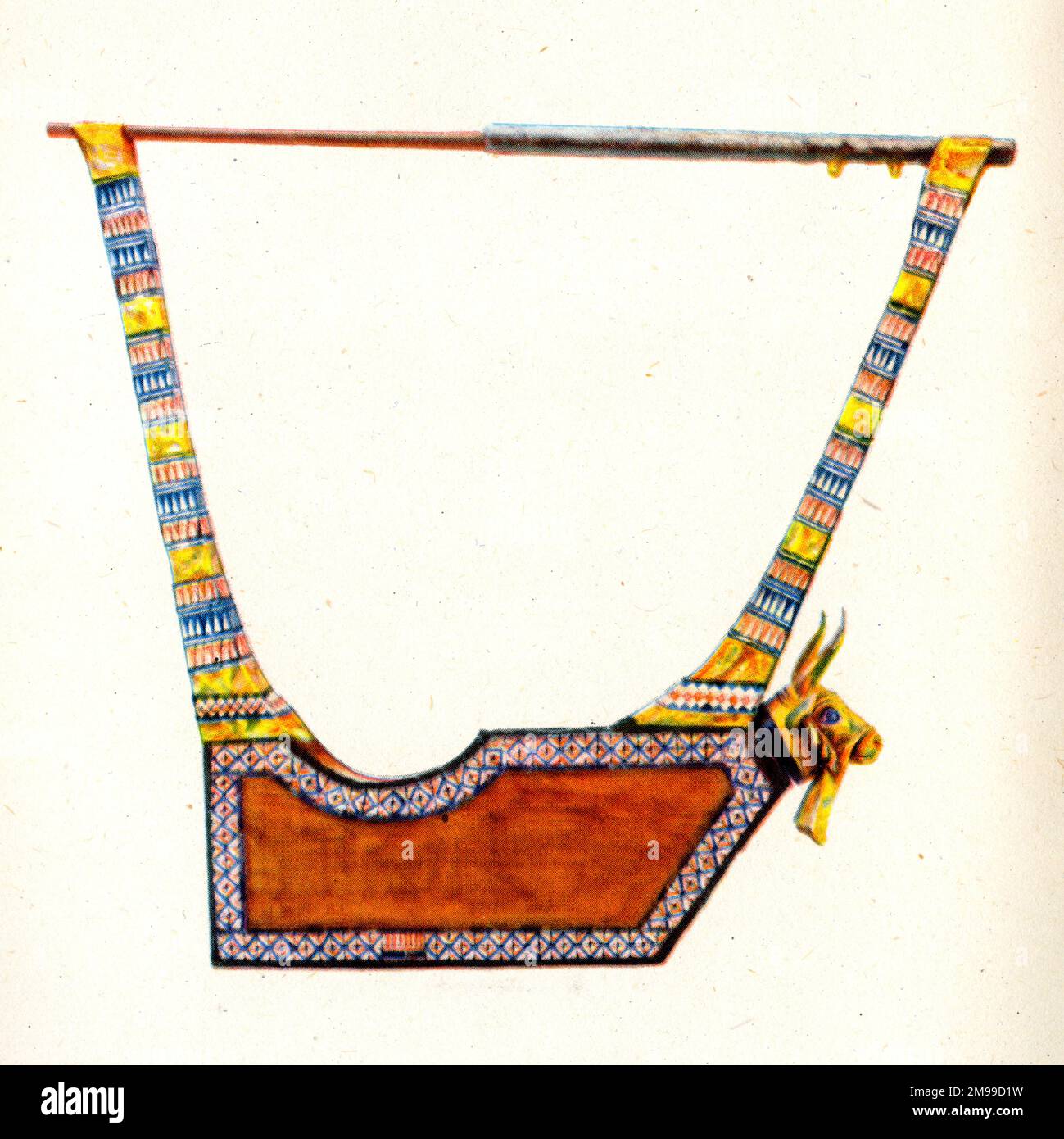 Royal Lyre, Ur, an ancient Sumerian city in Mesopotamia (Iraq). Stock Photohttps://www.alamy.com/image-license-details/?v=1https://www.alamy.com/royal-lyre-ur-an-ancient-sumerian-city-in-mesopotamia-iraq-image504840389.html
Royal Lyre, Ur, an ancient Sumerian city in Mesopotamia (Iraq). Stock Photohttps://www.alamy.com/image-license-details/?v=1https://www.alamy.com/royal-lyre-ur-an-ancient-sumerian-city-in-mesopotamia-iraq-image504840389.htmlRM2M99D1W–Royal Lyre, Ur, an ancient Sumerian city in Mesopotamia (Iraq).
 Black and white illustration depicting the construction of the city Ur, in which a slave driver, or the conquerer Ur-Gur, waves a stick and exhorts workers while sitting on a wagon load of materials that are pushed and pulled up ramparts to build the city's walls, 1913. () Stock Photohttps://www.alamy.com/image-license-details/?v=1https://www.alamy.com/stock-photo-black-and-white-illustration-depicting-the-construction-of-the-city-173104199.html
Black and white illustration depicting the construction of the city Ur, in which a slave driver, or the conquerer Ur-Gur, waves a stick and exhorts workers while sitting on a wagon load of materials that are pushed and pulled up ramparts to build the city's walls, 1913. () Stock Photohttps://www.alamy.com/image-license-details/?v=1https://www.alamy.com/stock-photo-black-and-white-illustration-depicting-the-construction-of-the-city-173104199.htmlRMM1HG4R–Black and white illustration depicting the construction of the city Ur, in which a slave driver, or the conquerer Ur-Gur, waves a stick and exhorts workers while sitting on a wagon load of materials that are pushed and pulled up ramparts to build the city's walls, 1913. ()
 Ancient Ur, 1928 Stock Photohttps://www.alamy.com/image-license-details/?v=1https://www.alamy.com/stock-photo-ancient-ur-1928-48335713.html
Ancient Ur, 1928 Stock Photohttps://www.alamy.com/image-license-details/?v=1https://www.alamy.com/stock-photo-ancient-ur-1928-48335713.htmlRMCPHTKD–Ancient Ur, 1928
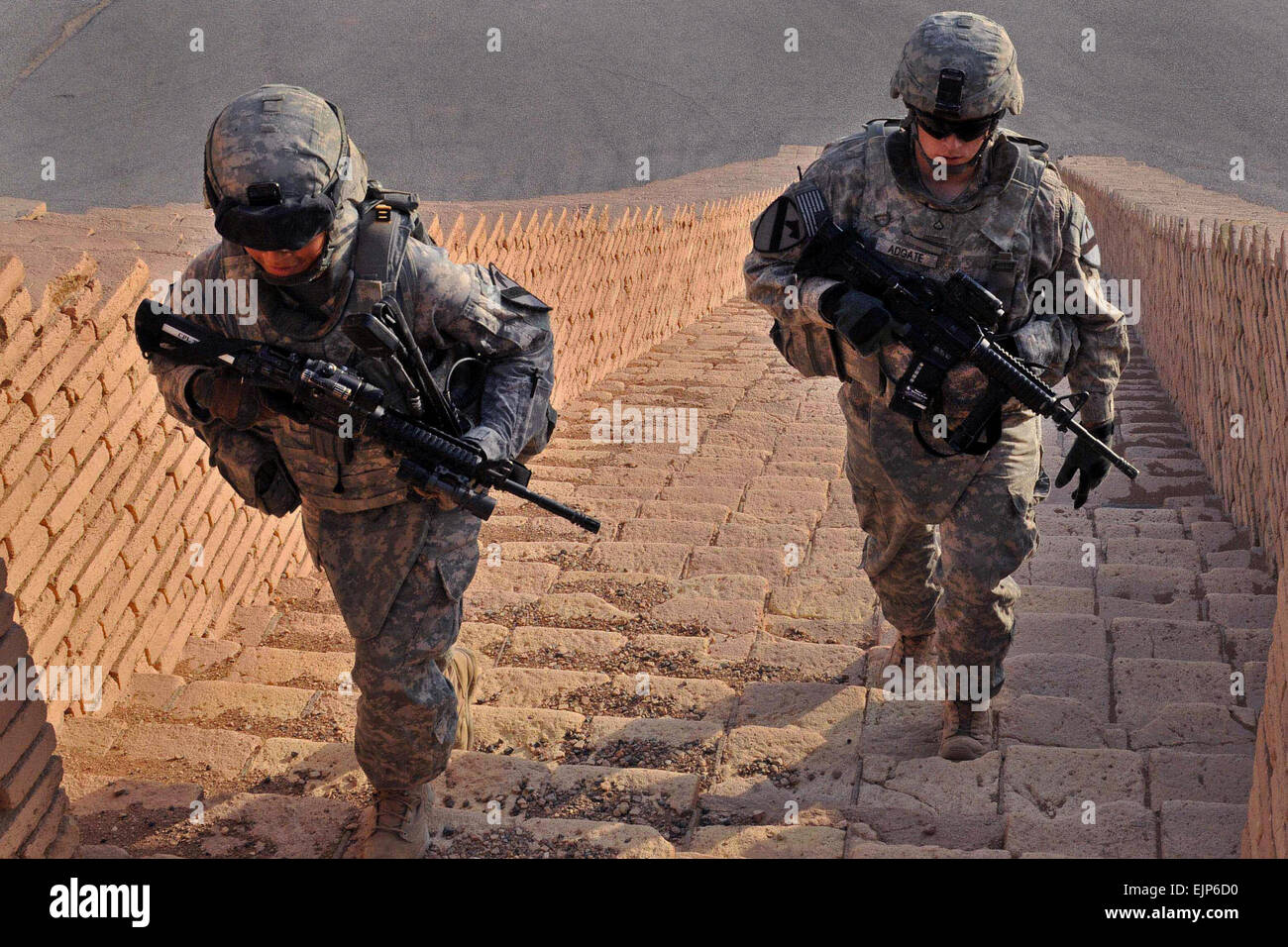 Cpl. Kristine Tejeda and Pfc. Thomas Adgate, Headquarters Battery, 2nd Battalion, 82nd Field Artillery Regiment, 3rd Advise and Assist Brigade, 1st Cavalry Division, or Task Force Steel Dragon, climb the steps of the Ziggurat of Ur to provide security for a tour of the ancient city in Dhi Qar province, Sept. 24. Soldiers of Steel Dragon have provided security for more than 20 tours of the ancient city of Ur since December 2010. Stock Photohttps://www.alamy.com/image-license-details/?v=1https://www.alamy.com/stock-photo-cpl-kristine-tejeda-and-pfc-thomas-adgate-headquarters-battery-2nd-80393292.html
Cpl. Kristine Tejeda and Pfc. Thomas Adgate, Headquarters Battery, 2nd Battalion, 82nd Field Artillery Regiment, 3rd Advise and Assist Brigade, 1st Cavalry Division, or Task Force Steel Dragon, climb the steps of the Ziggurat of Ur to provide security for a tour of the ancient city in Dhi Qar province, Sept. 24. Soldiers of Steel Dragon have provided security for more than 20 tours of the ancient city of Ur since December 2010. Stock Photohttps://www.alamy.com/image-license-details/?v=1https://www.alamy.com/stock-photo-cpl-kristine-tejeda-and-pfc-thomas-adgate-headquarters-battery-2nd-80393292.htmlRMEJP6D0–Cpl. Kristine Tejeda and Pfc. Thomas Adgate, Headquarters Battery, 2nd Battalion, 82nd Field Artillery Regiment, 3rd Advise and Assist Brigade, 1st Cavalry Division, or Task Force Steel Dragon, climb the steps of the Ziggurat of Ur to provide security for a tour of the ancient city in Dhi Qar province, Sept. 24. Soldiers of Steel Dragon have provided security for more than 20 tours of the ancient city of Ur since December 2010.
 The ancient Sumerian city of Ur Stock Photohttps://www.alamy.com/image-license-details/?v=1https://www.alamy.com/the-ancient-sumerian-city-of-ur-image546708283.html
The ancient Sumerian city of Ur Stock Photohttps://www.alamy.com/image-license-details/?v=1https://www.alamy.com/the-ancient-sumerian-city-of-ur-image546708283.htmlRF2PNCKYR–The ancient Sumerian city of Ur
 U.S. Army Pfc. Rebekah Yokel, from Headquarters and Headquarters Company, 1st Brigade Combat Team, 82d Airborne Division, talks with a young Iraqi girl during a visit by 80 Iraqi nationals to the historical Ziggurat located at Ali Air Base, Iraq, Aug. 21, 2007. This is the first time in more than 10 years that Iraqi civilians have been allowed to step on the grounds of the historical site, which was built in the ancient city of Ur and includes the house of the biblical prophet Abraham. Master Sgt. Robert W. Valenca Stock Photohttps://www.alamy.com/image-license-details/?v=1https://www.alamy.com/stock-photo-us-army-pfc-rebekah-yokel-from-headquarters-and-headquarters-company-80329717.html
U.S. Army Pfc. Rebekah Yokel, from Headquarters and Headquarters Company, 1st Brigade Combat Team, 82d Airborne Division, talks with a young Iraqi girl during a visit by 80 Iraqi nationals to the historical Ziggurat located at Ali Air Base, Iraq, Aug. 21, 2007. This is the first time in more than 10 years that Iraqi civilians have been allowed to step on the grounds of the historical site, which was built in the ancient city of Ur and includes the house of the biblical prophet Abraham. Master Sgt. Robert W. Valenca Stock Photohttps://www.alamy.com/image-license-details/?v=1https://www.alamy.com/stock-photo-us-army-pfc-rebekah-yokel-from-headquarters-and-headquarters-company-80329717.htmlRMEJK9AD–U.S. Army Pfc. Rebekah Yokel, from Headquarters and Headquarters Company, 1st Brigade Combat Team, 82d Airborne Division, talks with a young Iraqi girl during a visit by 80 Iraqi nationals to the historical Ziggurat located at Ali Air Base, Iraq, Aug. 21, 2007. This is the first time in more than 10 years that Iraqi civilians have been allowed to step on the grounds of the historical site, which was built in the ancient city of Ur and includes the house of the biblical prophet Abraham. Master Sgt. Robert W. Valenca
 Excavation of Ur, 1930 Stock Photohttps://www.alamy.com/image-license-details/?v=1https://www.alamy.com/stock-photo-excavation-of-ur-1930-48335720.html
Excavation of Ur, 1930 Stock Photohttps://www.alamy.com/image-license-details/?v=1https://www.alamy.com/stock-photo-excavation-of-ur-1930-48335720.htmlRMCPHTKM–Excavation of Ur, 1930
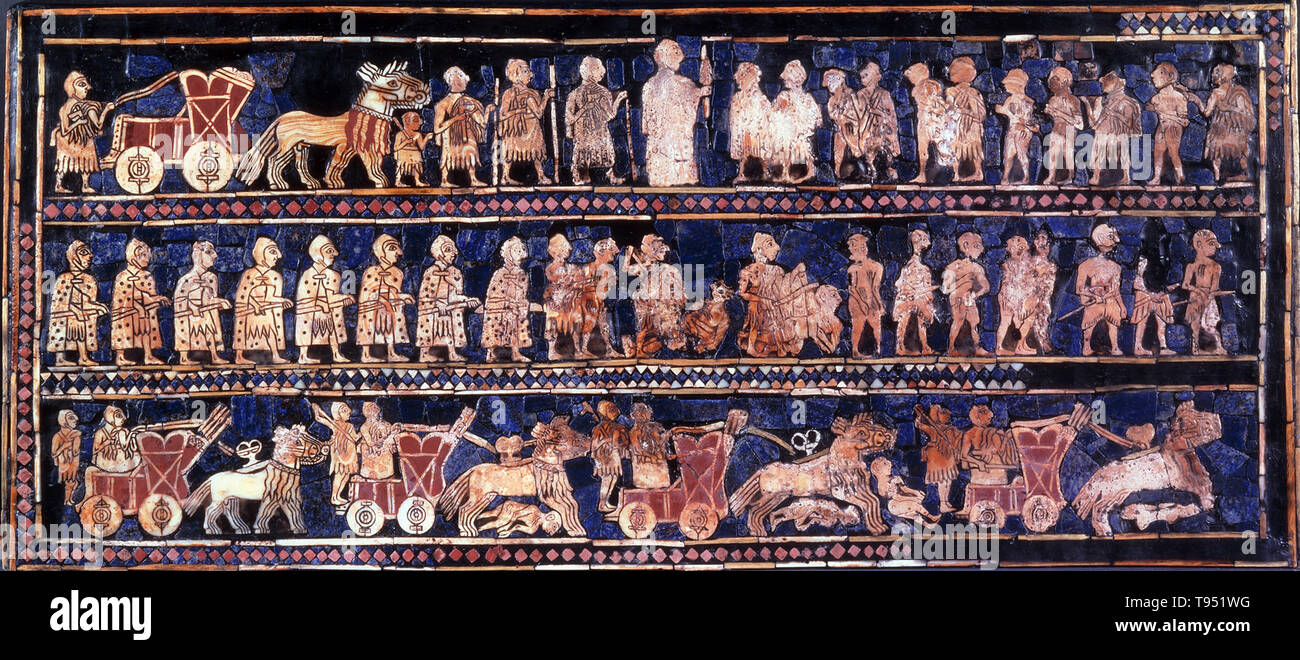 The The Standard of Ur comes from the ancient city of Ur (modern Iraq south of Baghdad). It dates to the Early Dynastic period and is 4,600 years old. The standard was probably constructed in the form of a hollow wooden box with scenes of war and peace represented on each side through elaborately inlaid mosaics. Although interpreted as a standard by its discoverer, its original purpose remains enigmatic. Stock Photohttps://www.alamy.com/image-license-details/?v=1https://www.alamy.com/the-the-standard-of-ur-comes-from-the-ancient-city-of-ur-modern-iraq-south-of-baghdad-it-dates-to-the-early-dynastic-period-and-is-4600-years-old-the-standard-was-probably-constructed-in-the-form-of-a-hollow-wooden-box-with-scenes-of-war-and-peace-represented-on-each-side-through-elaborately-inlaid-mosaics-although-interpreted-as-a-standard-by-its-discoverer-its-original-purpose-remains-enigmatic-image246588316.html
The The Standard of Ur comes from the ancient city of Ur (modern Iraq south of Baghdad). It dates to the Early Dynastic period and is 4,600 years old. The standard was probably constructed in the form of a hollow wooden box with scenes of war and peace represented on each side through elaborately inlaid mosaics. Although interpreted as a standard by its discoverer, its original purpose remains enigmatic. Stock Photohttps://www.alamy.com/image-license-details/?v=1https://www.alamy.com/the-the-standard-of-ur-comes-from-the-ancient-city-of-ur-modern-iraq-south-of-baghdad-it-dates-to-the-early-dynastic-period-and-is-4600-years-old-the-standard-was-probably-constructed-in-the-form-of-a-hollow-wooden-box-with-scenes-of-war-and-peace-represented-on-each-side-through-elaborately-inlaid-mosaics-although-interpreted-as-a-standard-by-its-discoverer-its-original-purpose-remains-enigmatic-image246588316.htmlRMT951WG–The The Standard of Ur comes from the ancient city of Ur (modern Iraq south of Baghdad). It dates to the Early Dynastic period and is 4,600 years old. The standard was probably constructed in the form of a hollow wooden box with scenes of war and peace represented on each side through elaborately inlaid mosaics. Although interpreted as a standard by its discoverer, its original purpose remains enigmatic.
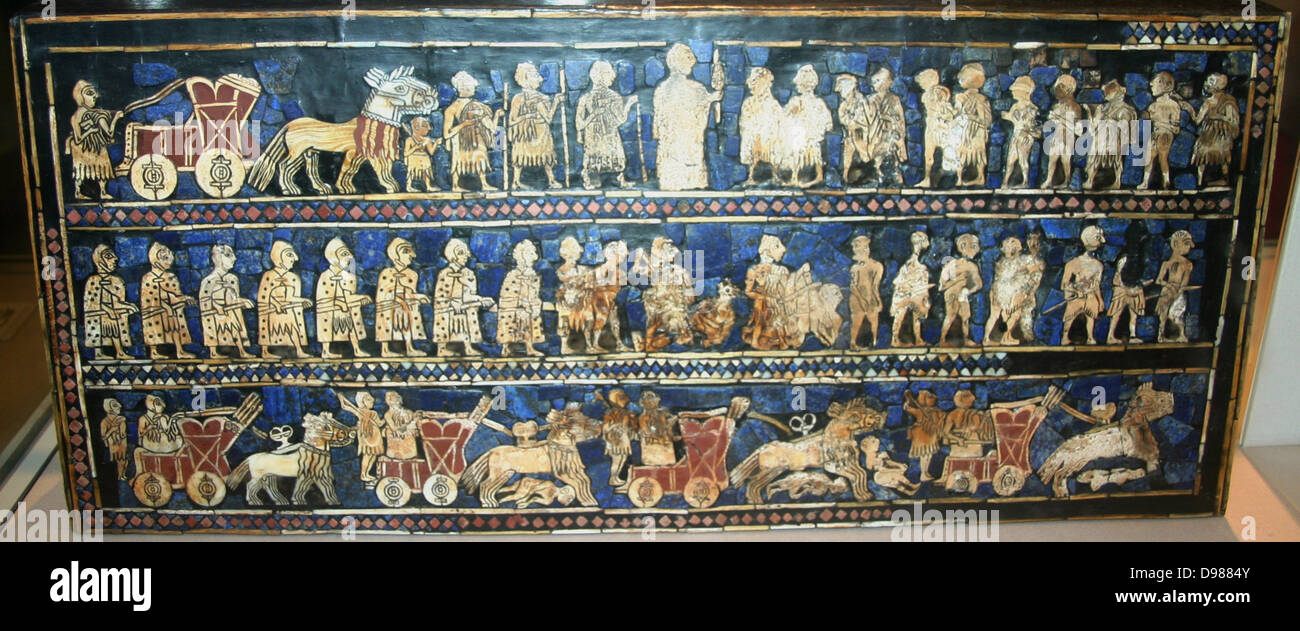 The Standard of Ur, Sumerian artefact excavated from what had been the Royal Cemetery in the ancient city of Ur, dates from around 2600-2400 BC. Excavated by British archaeologist Sir Leonard Woolley in the 1920s. A hollow wooden box measuring 21.59 x 49.53 cm, inlaid with a mosaic of shell, red limestone and lapis lazuli. It is currently in a reconstructed state. The Standard of Ur has two main panels, 'Peace' and 'War'. War, here, is one of the earliest representations of a Sumerian army, engaged in what is believed to be a border skirmish and its aftermath. Stock Photohttps://www.alamy.com/image-license-details/?v=1https://www.alamy.com/stock-photo-the-standard-of-ur-sumerian-artefact-excavated-from-what-had-been-57345035.html
The Standard of Ur, Sumerian artefact excavated from what had been the Royal Cemetery in the ancient city of Ur, dates from around 2600-2400 BC. Excavated by British archaeologist Sir Leonard Woolley in the 1920s. A hollow wooden box measuring 21.59 x 49.53 cm, inlaid with a mosaic of shell, red limestone and lapis lazuli. It is currently in a reconstructed state. The Standard of Ur has two main panels, 'Peace' and 'War'. War, here, is one of the earliest representations of a Sumerian army, engaged in what is believed to be a border skirmish and its aftermath. Stock Photohttps://www.alamy.com/image-license-details/?v=1https://www.alamy.com/stock-photo-the-standard-of-ur-sumerian-artefact-excavated-from-what-had-been-57345035.htmlRMD9884Y–The Standard of Ur, Sumerian artefact excavated from what had been the Royal Cemetery in the ancient city of Ur, dates from around 2600-2400 BC. Excavated by British archaeologist Sir Leonard Woolley in the 1920s. A hollow wooden box measuring 21.59 x 49.53 cm, inlaid with a mosaic of shell, red limestone and lapis lazuli. It is currently in a reconstructed state. The Standard of Ur has two main panels, 'Peace' and 'War'. War, here, is one of the earliest representations of a Sumerian army, engaged in what is believed to be a border skirmish and its aftermath.
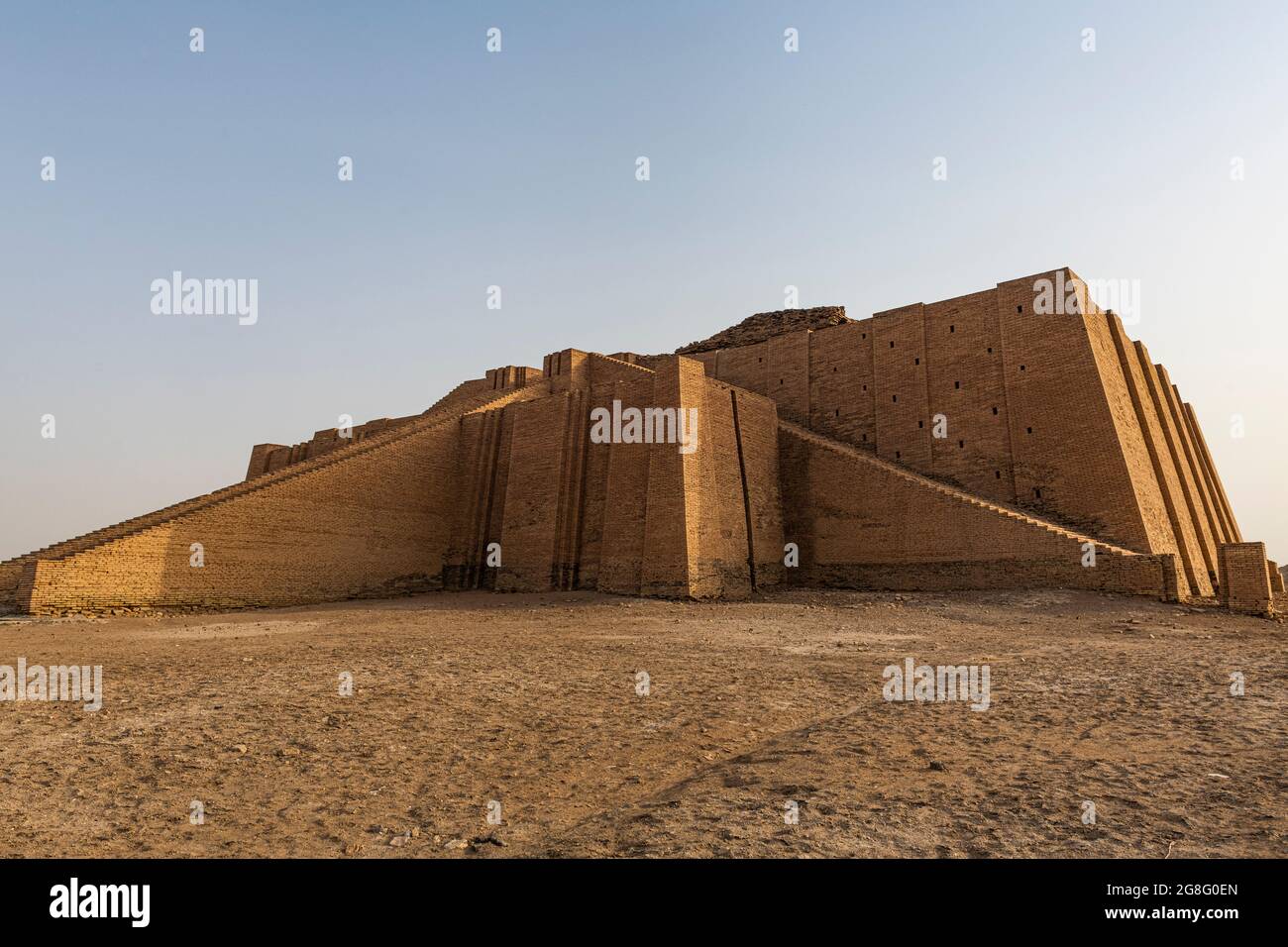 Ziggurat, ancient city of Ur, The Ahwar of Southern Iraq, UNESCO World Heritage Site, Iraq, Middle East Stock Photohttps://www.alamy.com/image-license-details/?v=1https://www.alamy.com/ziggurat-ancient-city-of-ur-the-ahwar-of-southern-iraq-unesco-world-heritage-site-iraq-middle-east-image435528093.html
Ziggurat, ancient city of Ur, The Ahwar of Southern Iraq, UNESCO World Heritage Site, Iraq, Middle East Stock Photohttps://www.alamy.com/image-license-details/?v=1https://www.alamy.com/ziggurat-ancient-city-of-ur-the-ahwar-of-southern-iraq-unesco-world-heritage-site-iraq-middle-east-image435528093.htmlRF2G8G0EN–Ziggurat, ancient city of Ur, The Ahwar of Southern Iraq, UNESCO World Heritage Site, Iraq, Middle East
 Detail from the edge of the Standard of Ur , a Sumerian artefact excavated from what had been the Royal Cemetery in the ancient city of Ur (located in modern-day Iraq south of Baghdad). It is approximately 4,500 years old and was probably constructed in t Stock Photohttps://www.alamy.com/image-license-details/?v=1https://www.alamy.com/stock-photo-detail-from-the-edge-of-the-standard-of-ur-a-sumerian-artefact-excavated-84978884.html
Detail from the edge of the Standard of Ur , a Sumerian artefact excavated from what had been the Royal Cemetery in the ancient city of Ur (located in modern-day Iraq south of Baghdad). It is approximately 4,500 years old and was probably constructed in t Stock Photohttps://www.alamy.com/image-license-details/?v=1https://www.alamy.com/stock-photo-detail-from-the-edge-of-the-standard-of-ur-a-sumerian-artefact-excavated-84978884.htmlRMEX73C4–Detail from the edge of the Standard of Ur , a Sumerian artefact excavated from what had been the Royal Cemetery in the ancient city of Ur (located in modern-day Iraq south of Baghdad). It is approximately 4,500 years old and was probably constructed in t
 Ancient city of Ur, Ahwar of southern Iraq, Unesco site, Iraq Stock Photohttps://www.alamy.com/image-license-details/?v=1https://www.alamy.com/ancient-city-of-ur-ahwar-of-southern-iraq-unesco-site-iraq-image521200684.html
Ancient city of Ur, Ahwar of southern Iraq, Unesco site, Iraq Stock Photohttps://www.alamy.com/image-license-details/?v=1https://www.alamy.com/ancient-city-of-ur-ahwar-of-southern-iraq-unesco-site-iraq-image521200684.htmlRF2N7XMP4–Ancient city of Ur, Ahwar of southern Iraq, Unesco site, Iraq
 Excavation of Ur, 1929 Stock Photohttps://www.alamy.com/image-license-details/?v=1https://www.alamy.com/stock-photo-excavation-of-ur-1929-48335727.html
Excavation of Ur, 1929 Stock Photohttps://www.alamy.com/image-license-details/?v=1https://www.alamy.com/stock-photo-excavation-of-ur-1929-48335727.htmlRMCPHTKY–Excavation of Ur, 1929
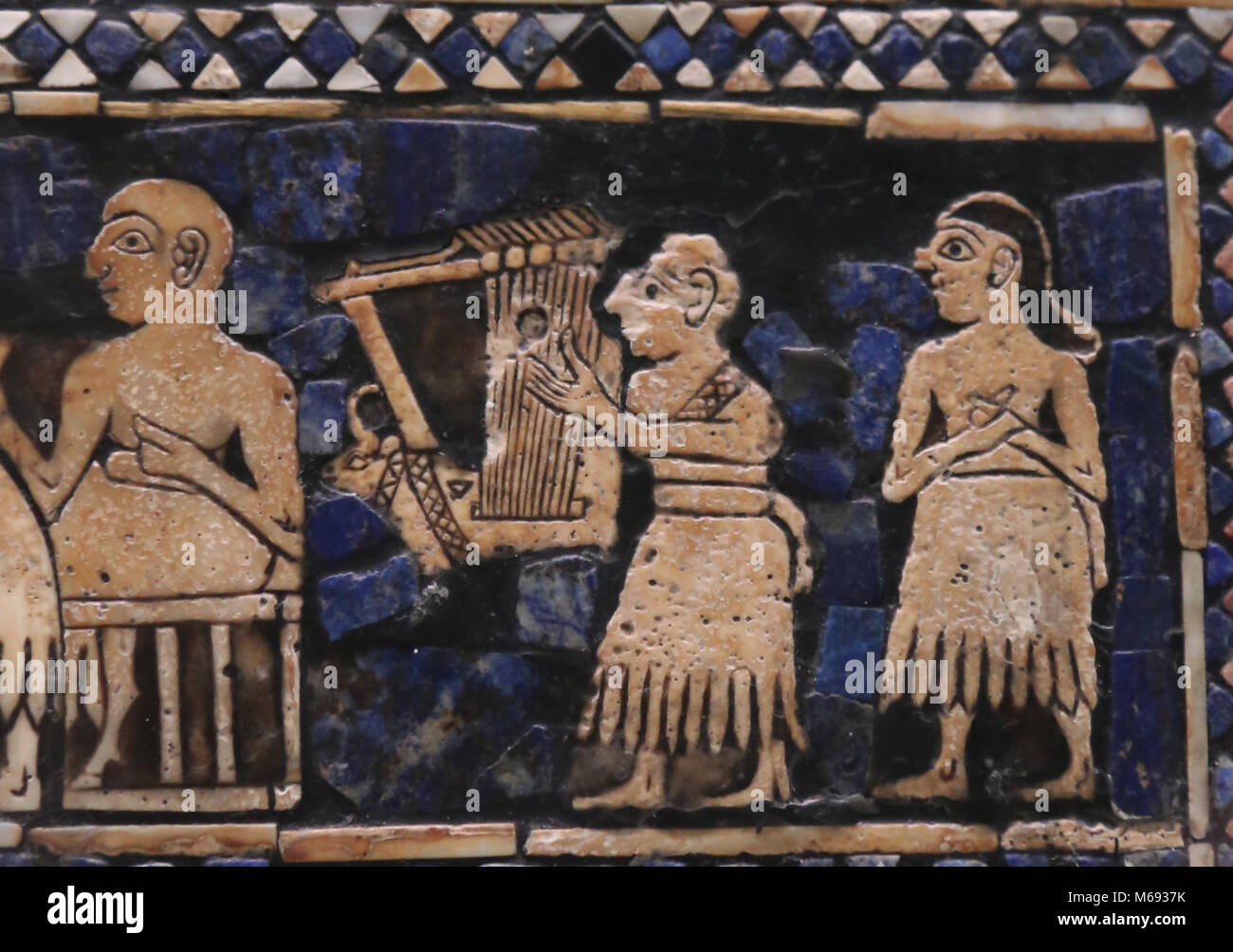 Standard of Ur. Mosaic of shell, red limestone and lapis lazuli. Royal cementery, Iraq. 2600 BC. British Museum. Stock Photohttps://www.alamy.com/image-license-details/?v=1https://www.alamy.com/stock-photo-standard-of-ur-mosaic-of-shell-red-limestone-and-lapis-lazuli-royal-175991751.html
Standard of Ur. Mosaic of shell, red limestone and lapis lazuli. Royal cementery, Iraq. 2600 BC. British Museum. Stock Photohttps://www.alamy.com/image-license-details/?v=1https://www.alamy.com/stock-photo-standard-of-ur-mosaic-of-shell-red-limestone-and-lapis-lazuli-royal-175991751.htmlRMM6937K–Standard of Ur. Mosaic of shell, red limestone and lapis lazuli. Royal cementery, Iraq. 2600 BC. British Museum.
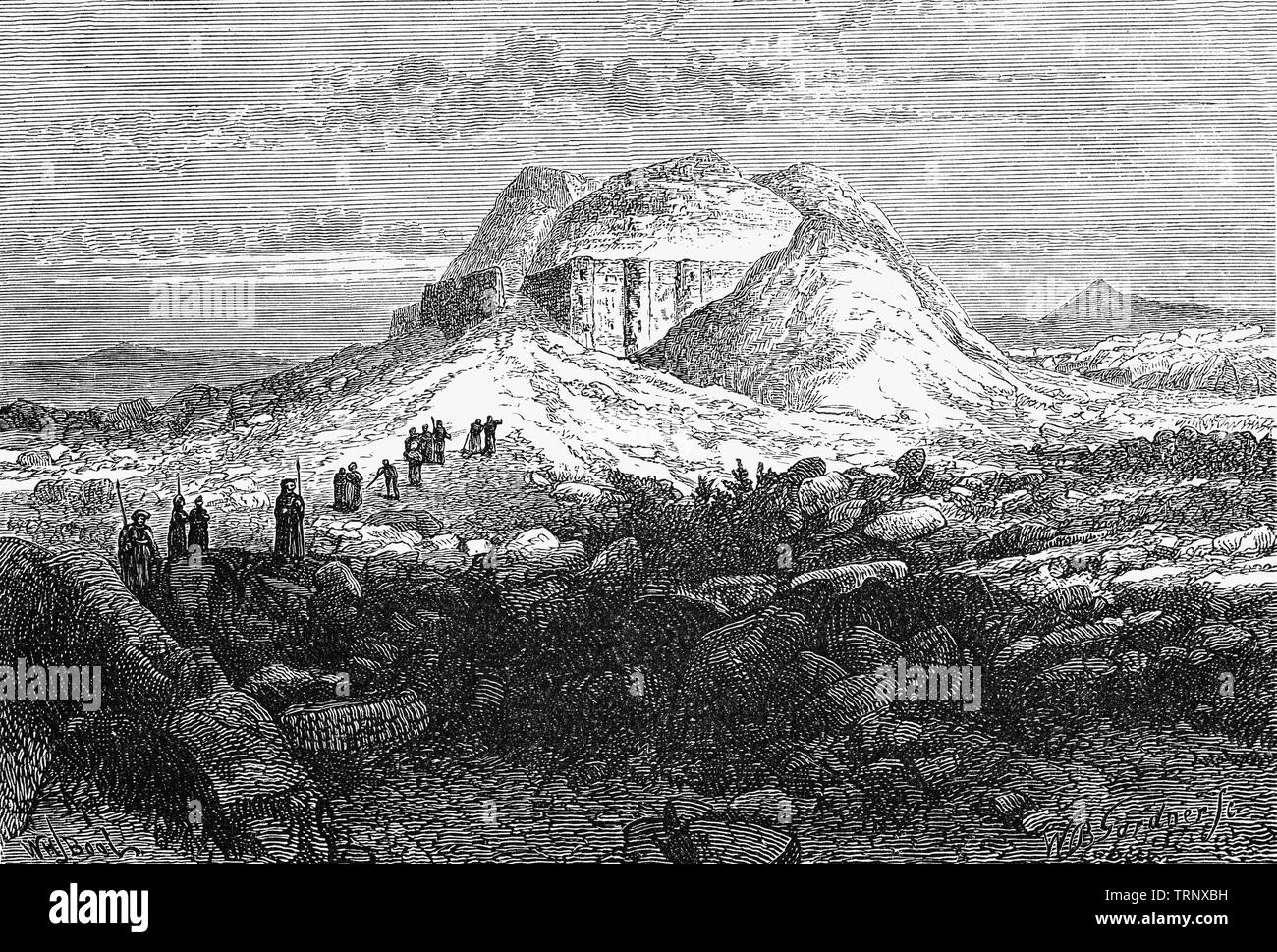 The ancient ruins of Mugheir, an important Sumerian city-state in ancient Mesopotamia, located at the site of modern Tell el-Muqayyar. Although Ur was once a coastal city near the mouth of the Euphrates on the Persian Gulf, the coastline has shifted and the city is now well inland, on the south bank of the Euphrates, 16 kilometres (9.9 miles) from Nasiriyah in modern-day Iraq. The city dates from the Ubaid period circa 3800 BC, and is recorded in written history as a city-state from the 26th century BC, its first recorded king being Mesannepada. Stock Photohttps://www.alamy.com/image-license-details/?v=1https://www.alamy.com/the-ancient-ruins-of-mugheir-an-important-sumerian-city-state-in-ancient-mesopotamia-located-at-the-site-of-modern-tell-el-muqayyar-although-ur-was-once-a-coastal-city-near-the-mouth-of-the-euphrates-on-the-persian-gulf-the-coastline-has-shifted-and-the-city-is-now-well-inland-on-the-south-bank-of-the-euphrates-16-kilometres-99-miles-from-nasiriyah-in-modern-day-iraq-the-city-dates-from-the-ubaid-period-circa-3800-bc-and-is-recorded-in-written-history-as-a-city-state-from-the-26th-century-bc-its-first-recorded-king-being-mesannepada-image255563941.html
The ancient ruins of Mugheir, an important Sumerian city-state in ancient Mesopotamia, located at the site of modern Tell el-Muqayyar. Although Ur was once a coastal city near the mouth of the Euphrates on the Persian Gulf, the coastline has shifted and the city is now well inland, on the south bank of the Euphrates, 16 kilometres (9.9 miles) from Nasiriyah in modern-day Iraq. The city dates from the Ubaid period circa 3800 BC, and is recorded in written history as a city-state from the 26th century BC, its first recorded king being Mesannepada. Stock Photohttps://www.alamy.com/image-license-details/?v=1https://www.alamy.com/the-ancient-ruins-of-mugheir-an-important-sumerian-city-state-in-ancient-mesopotamia-located-at-the-site-of-modern-tell-el-muqayyar-although-ur-was-once-a-coastal-city-near-the-mouth-of-the-euphrates-on-the-persian-gulf-the-coastline-has-shifted-and-the-city-is-now-well-inland-on-the-south-bank-of-the-euphrates-16-kilometres-99-miles-from-nasiriyah-in-modern-day-iraq-the-city-dates-from-the-ubaid-period-circa-3800-bc-and-is-recorded-in-written-history-as-a-city-state-from-the-26th-century-bc-its-first-recorded-king-being-mesannepada-image255563941.htmlRMTRNXBH–The ancient ruins of Mugheir, an important Sumerian city-state in ancient Mesopotamia, located at the site of modern Tell el-Muqayyar. Although Ur was once a coastal city near the mouth of the Euphrates on the Persian Gulf, the coastline has shifted and the city is now well inland, on the south bank of the Euphrates, 16 kilometres (9.9 miles) from Nasiriyah in modern-day Iraq. The city dates from the Ubaid period circa 3800 BC, and is recorded in written history as a city-state from the 26th century BC, its first recorded king being Mesannepada.
 First Gulf War: 2nd April 1991 Coalition soldiers explore the tomb of King Shulgi in the ancient Sumerian city of Ur in southern Iraq. Stock Photohttps://www.alamy.com/image-license-details/?v=1https://www.alamy.com/first-gulf-war-2nd-april-1991-coalition-soldiers-explore-the-tomb-of-king-shulgi-in-the-ancient-sumerian-city-of-ur-in-southern-iraq-image605104638.html
First Gulf War: 2nd April 1991 Coalition soldiers explore the tomb of King Shulgi in the ancient Sumerian city of Ur in southern Iraq. Stock Photohttps://www.alamy.com/image-license-details/?v=1https://www.alamy.com/first-gulf-war-2nd-april-1991-coalition-soldiers-explore-the-tomb-of-king-shulgi-in-the-ancient-sumerian-city-of-ur-in-southern-iraq-image605104638.htmlRM2X4CW3X–First Gulf War: 2nd April 1991 Coalition soldiers explore the tomb of King Shulgi in the ancient Sumerian city of Ur in southern Iraq.
 Cpl. Kristine Tejeda, Headquarters Battery, 2nd Battalion, 82nd Field Artillery Regiment, 3rd Advise and Assist Brigade, 1st Cavalry Division, Task Force Steel Dragon, provides security for a tour of the ancient city of Ur in Dhi Qar province, Sept. 24. Flickr - DVIDSHUB - A diverse force in Steel Dragon (Image 2 of 4) Stock Photohttps://www.alamy.com/image-license-details/?v=1https://www.alamy.com/stock-photo-cpl-kristine-tejeda-headquarters-battery-2nd-battalion-82nd-field-129707354.html
Cpl. Kristine Tejeda, Headquarters Battery, 2nd Battalion, 82nd Field Artillery Regiment, 3rd Advise and Assist Brigade, 1st Cavalry Division, Task Force Steel Dragon, provides security for a tour of the ancient city of Ur in Dhi Qar province, Sept. 24. Flickr - DVIDSHUB - A diverse force in Steel Dragon (Image 2 of 4) Stock Photohttps://www.alamy.com/image-license-details/?v=1https://www.alamy.com/stock-photo-cpl-kristine-tejeda-headquarters-battery-2nd-battalion-82nd-field-129707354.htmlRMHF0K1E–Cpl. Kristine Tejeda, Headquarters Battery, 2nd Battalion, 82nd Field Artillery Regiment, 3rd Advise and Assist Brigade, 1st Cavalry Division, Task Force Steel Dragon, provides security for a tour of the ancient city of Ur in Dhi Qar province, Sept. 24. Flickr - DVIDSHUB - A diverse force in Steel Dragon (Image 2 of 4)
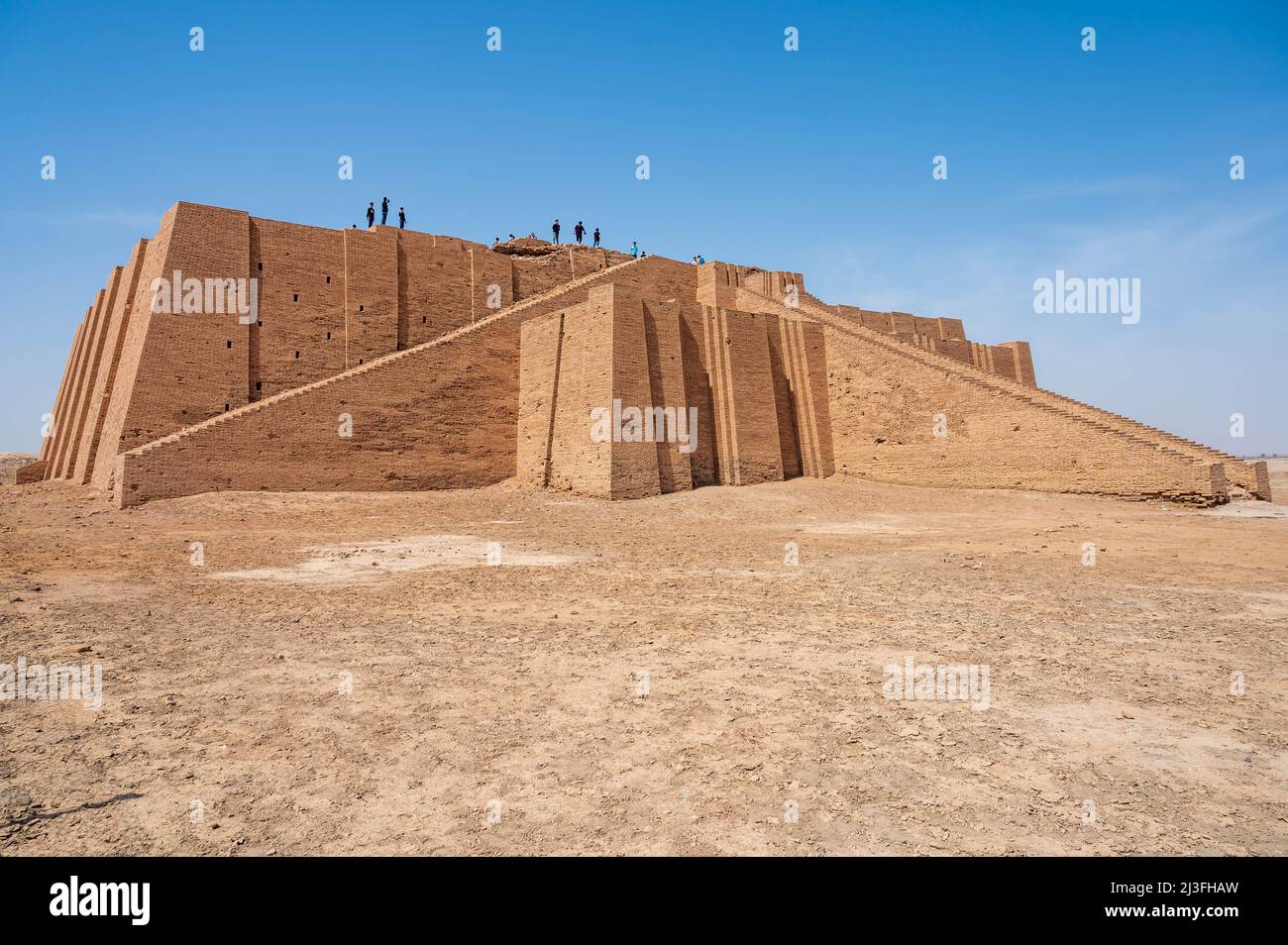 Ziggurat of Ur is a Neo-Sumerian ziggurat on the site of the ancient city of Ur near Nasiriyah, in present-day Dhi Qar Province, Iraq. The structure w Stock Photohttps://www.alamy.com/image-license-details/?v=1https://www.alamy.com/ziggurat-of-ur-is-a-neo-sumerian-ziggurat-on-the-site-of-the-ancient-city-of-ur-near-nasiriyah-in-present-day-dhi-qar-province-iraq-the-structure-w-image466866817.html
Ziggurat of Ur is a Neo-Sumerian ziggurat on the site of the ancient city of Ur near Nasiriyah, in present-day Dhi Qar Province, Iraq. The structure w Stock Photohttps://www.alamy.com/image-license-details/?v=1https://www.alamy.com/ziggurat-of-ur-is-a-neo-sumerian-ziggurat-on-the-site-of-the-ancient-city-of-ur-near-nasiriyah-in-present-day-dhi-qar-province-iraq-the-structure-w-image466866817.htmlRM2J3FHAW–Ziggurat of Ur is a Neo-Sumerian ziggurat on the site of the ancient city of Ur near Nasiriyah, in present-day Dhi Qar Province, Iraq. The structure w
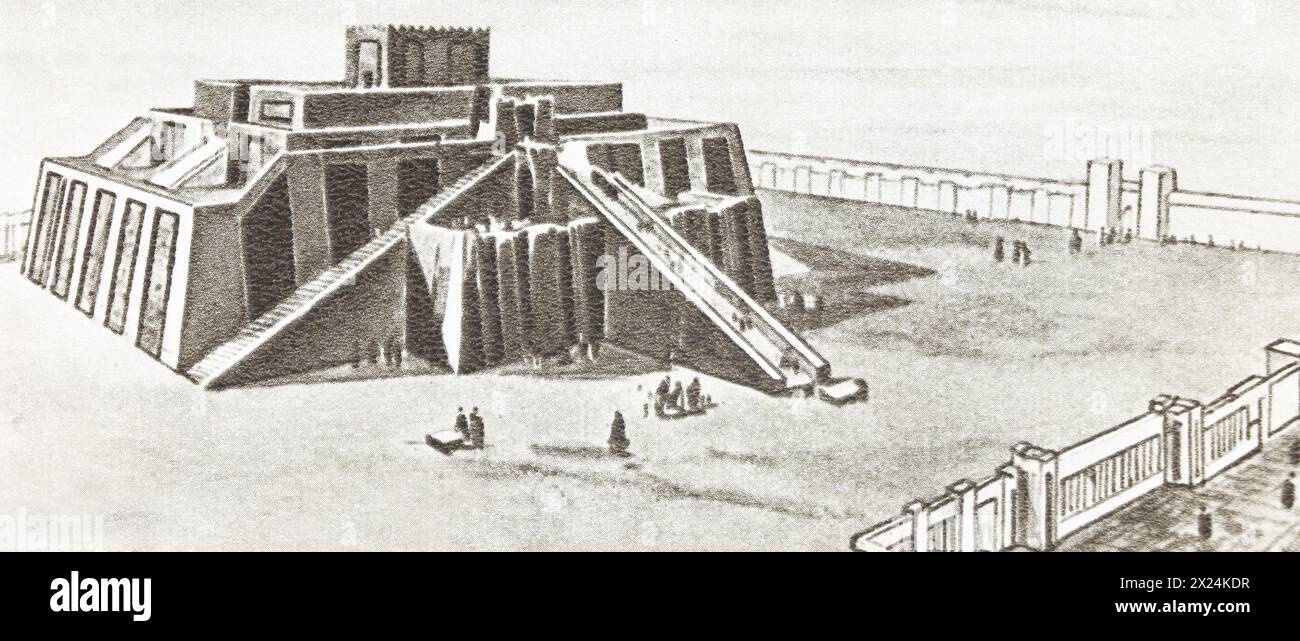 Temple (ziggurat) of the ancient Sumerian city of Ur. Reconstruction of the middle of the 20th century. Stock Photohttps://www.alamy.com/image-license-details/?v=1https://www.alamy.com/temple-ziggurat-of-the-ancient-sumerian-city-of-ur-reconstruction-of-the-middle-of-the-20th-century-image603695283.html
Temple (ziggurat) of the ancient Sumerian city of Ur. Reconstruction of the middle of the 20th century. Stock Photohttps://www.alamy.com/image-license-details/?v=1https://www.alamy.com/temple-ziggurat-of-the-ancient-sumerian-city-of-ur-reconstruction-of-the-middle-of-the-20th-century-image603695283.htmlRM2X24KDR–Temple (ziggurat) of the ancient Sumerian city of Ur. Reconstruction of the middle of the 20th century.
 Gold Helmet of Meskalamdug, Ur, an ancient Sumerian city in Mesopotamia (Iraq). Stock Photohttps://www.alamy.com/image-license-details/?v=1https://www.alamy.com/gold-helmet-of-meskalamdug-ur-an-ancient-sumerian-city-in-mesopotamia-iraq-image504839685.html
Gold Helmet of Meskalamdug, Ur, an ancient Sumerian city in Mesopotamia (Iraq). Stock Photohttps://www.alamy.com/image-license-details/?v=1https://www.alamy.com/gold-helmet-of-meskalamdug-ur-an-ancient-sumerian-city-in-mesopotamia-iraq-image504839685.htmlRM2M99C4N–Gold Helmet of Meskalamdug, Ur, an ancient Sumerian city in Mesopotamia (Iraq).
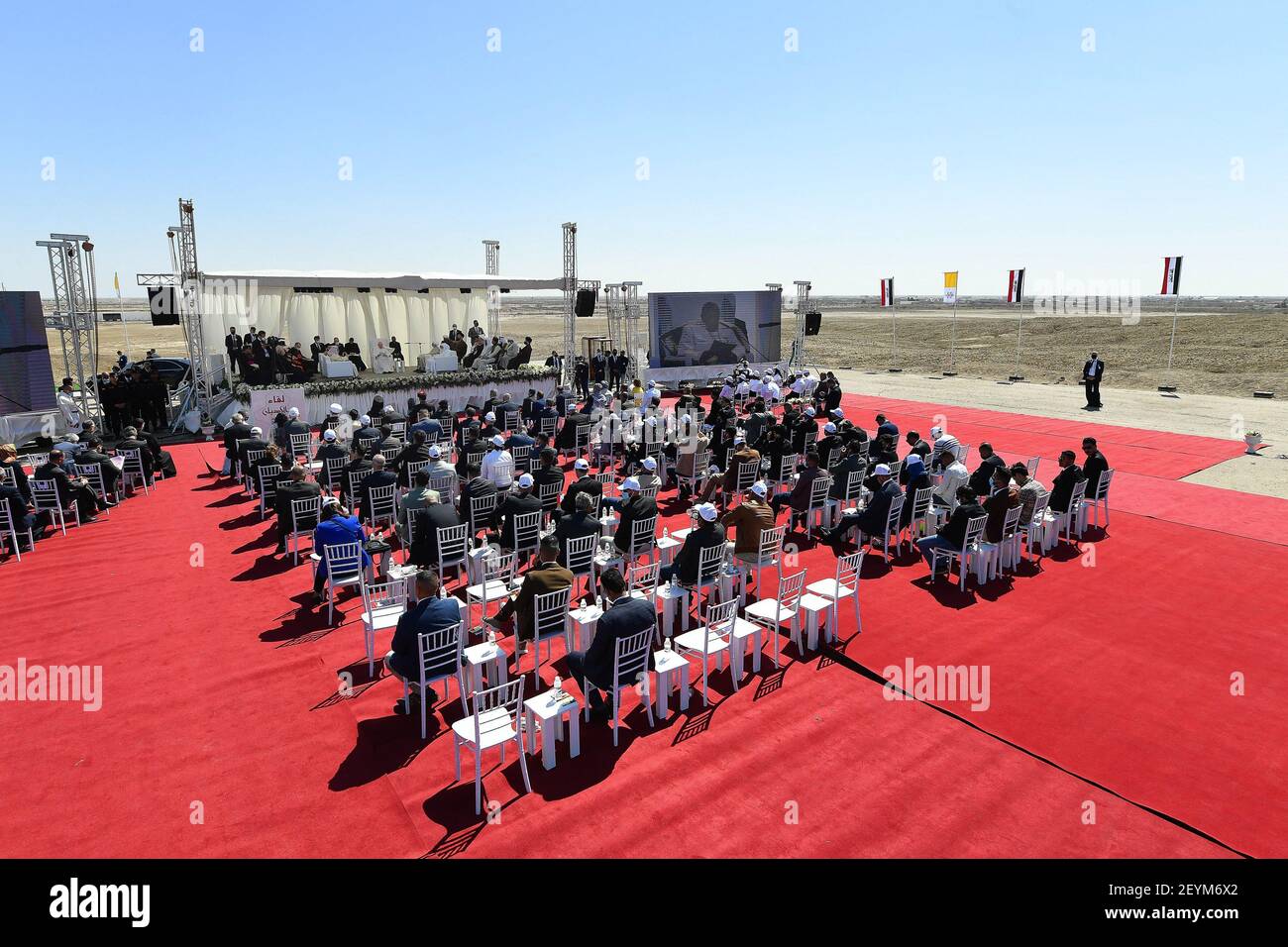 Pope Francis and religious figures attend an interfaith meeting in the ancient city of Ur in southern Iraq's Dhi Qar province, on March 6, 2021.The ancient city of Ur is considered the birthplace of Prophet Abraham. Vatican Media Handout Photo via ABACAPRESS.COM Stock Photohttps://www.alamy.com/image-license-details/?v=1https://www.alamy.com/pope-francis-and-religious-figures-attend-an-interfaith-meeting-in-the-ancient-city-of-ur-in-southern-iraqs-dhi-qar-province-on-march-6-2021the-ancient-city-of-ur-is-considered-the-birthplace-of-prophet-abraham-vatican-media-handout-photo-via-abacapresscom-image412878650.html
Pope Francis and religious figures attend an interfaith meeting in the ancient city of Ur in southern Iraq's Dhi Qar province, on March 6, 2021.The ancient city of Ur is considered the birthplace of Prophet Abraham. Vatican Media Handout Photo via ABACAPRESS.COM Stock Photohttps://www.alamy.com/image-license-details/?v=1https://www.alamy.com/pope-francis-and-religious-figures-attend-an-interfaith-meeting-in-the-ancient-city-of-ur-in-southern-iraqs-dhi-qar-province-on-march-6-2021the-ancient-city-of-ur-is-considered-the-birthplace-of-prophet-abraham-vatican-media-handout-photo-via-abacapresscom-image412878650.htmlRM2EYM6X2–Pope Francis and religious figures attend an interfaith meeting in the ancient city of Ur in southern Iraq's Dhi Qar province, on March 6, 2021.The ancient city of Ur is considered the birthplace of Prophet Abraham. Vatican Media Handout Photo via ABACAPRESS.COM
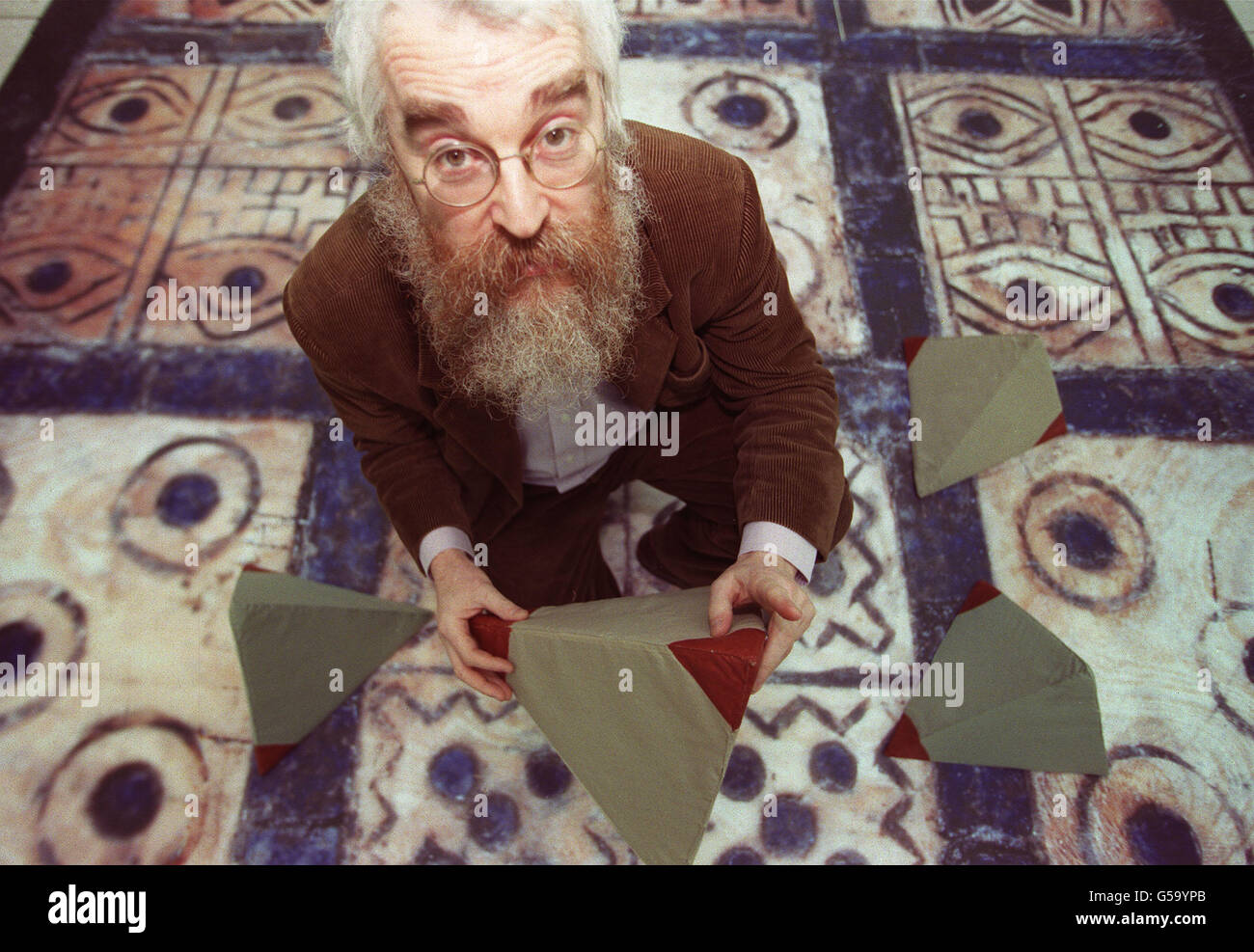 The British Museum's curator in the department of the ancient Near East, Dr Irving Finkel, in the new Great Court at the British Museum in London with a huge version of the world's oldest board game, the ancient Royal Game Of Ur. * The original board was found by archaeologist Leonard Woolley in the late 1920s, while excavating the site of the city of Ur in southern Iraq. But no-one had any idea how to play the game until Dr Finkel found a stone tablet in its archives which had the rules on. Stock Photohttps://www.alamy.com/image-license-details/?v=1https://www.alamy.com/stock-photo-the-british-museums-curator-in-the-department-of-the-ancient-near-106554851.html
The British Museum's curator in the department of the ancient Near East, Dr Irving Finkel, in the new Great Court at the British Museum in London with a huge version of the world's oldest board game, the ancient Royal Game Of Ur. * The original board was found by archaeologist Leonard Woolley in the late 1920s, while excavating the site of the city of Ur in southern Iraq. But no-one had any idea how to play the game until Dr Finkel found a stone tablet in its archives which had the rules on. Stock Photohttps://www.alamy.com/image-license-details/?v=1https://www.alamy.com/stock-photo-the-british-museums-curator-in-the-department-of-the-ancient-near-106554851.htmlRMG59YPB–The British Museum's curator in the department of the ancient Near East, Dr Irving Finkel, in the new Great Court at the British Museum in London with a huge version of the world's oldest board game, the ancient Royal Game Of Ur. * The original board was found by archaeologist Leonard Woolley in the late 1920s, while excavating the site of the city of Ur in southern Iraq. But no-one had any idea how to play the game until Dr Finkel found a stone tablet in its archives which had the rules on.
 Urfah supposed ur chaldees Abraham born birth Şanlıurfa Urfa ancient Edessa city Turkey Şanlıurfa Province mosque temple muslim Stock Photohttps://www.alamy.com/image-license-details/?v=1https://www.alamy.com/stock-photo-urfah-supposed-ur-chaldees-abraham-born-birth-anlurfa-urfa-ancient-39314761.html
Urfah supposed ur chaldees Abraham born birth Şanlıurfa Urfa ancient Edessa city Turkey Şanlıurfa Province mosque temple muslim Stock Photohttps://www.alamy.com/image-license-details/?v=1https://www.alamy.com/stock-photo-urfah-supposed-ur-chaldees-abraham-born-birth-anlurfa-urfa-ancient-39314761.htmlRFC7XXAH–Urfah supposed ur chaldees Abraham born birth Şanlıurfa Urfa ancient Edessa city Turkey Şanlıurfa Province mosque temple muslim
 Excavations from Ur, 1932 Stock Photohttps://www.alamy.com/image-license-details/?v=1https://www.alamy.com/stock-photo-excavations-from-ur-1932-48335790.html
Excavations from Ur, 1932 Stock Photohttps://www.alamy.com/image-license-details/?v=1https://www.alamy.com/stock-photo-excavations-from-ur-1932-48335790.htmlRMCPHTP6–Excavations from Ur, 1932
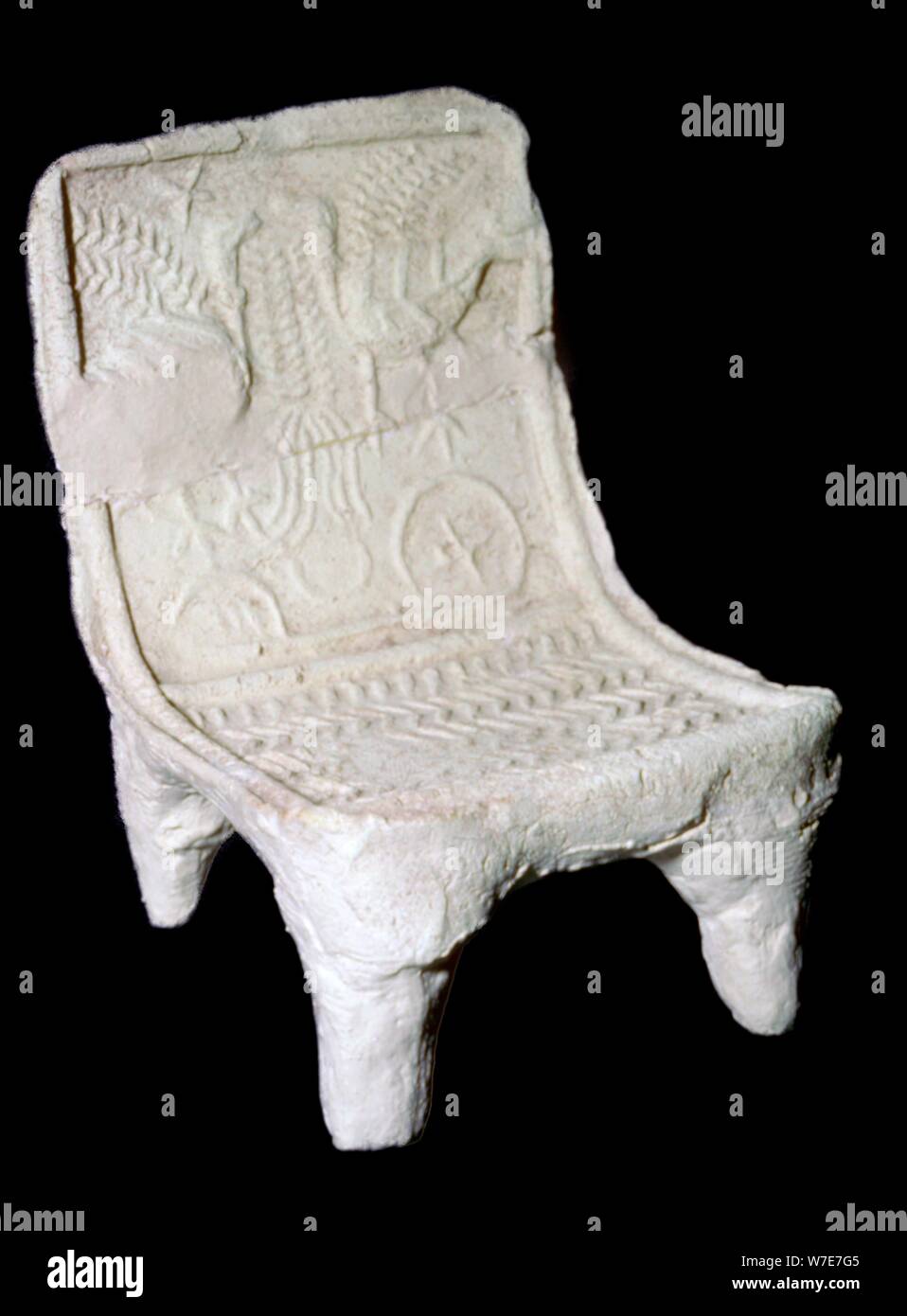 Model terracotta chair from Ur with relief design of two birds. Artist: Unknown Stock Photohttps://www.alamy.com/image-license-details/?v=1https://www.alamy.com/model-terracotta-chair-from-ur-with-relief-design-of-two-birds-artist-unknown-image262771381.html
Model terracotta chair from Ur with relief design of two birds. Artist: Unknown Stock Photohttps://www.alamy.com/image-license-details/?v=1https://www.alamy.com/model-terracotta-chair-from-ur-with-relief-design-of-two-birds-artist-unknown-image262771381.htmlRMW7E7G5–Model terracotta chair from Ur with relief design of two birds. Artist: Unknown
 Great Ziggurat of Ur, Iraq, 1977. Stock Photohttps://www.alamy.com/image-license-details/?v=1https://www.alamy.com/stock-photo-great-ziggurat-of-ur-iraq-1977-74091107.html
Great Ziggurat of Ur, Iraq, 1977. Stock Photohttps://www.alamy.com/image-license-details/?v=1https://www.alamy.com/stock-photo-great-ziggurat-of-ur-iraq-1977-74091107.htmlRME8F3XY–Great Ziggurat of Ur, Iraq, 1977.
 Terracotta statue of a great god from Ur. Artist: Unknown Stock Photohttps://www.alamy.com/image-license-details/?v=1https://www.alamy.com/terracotta-statue-of-a-great-god-from-ur-artist-unknown-image262771379.html
Terracotta statue of a great god from Ur. Artist: Unknown Stock Photohttps://www.alamy.com/image-license-details/?v=1https://www.alamy.com/terracotta-statue-of-a-great-god-from-ur-artist-unknown-image262771379.htmlRMW7E7G3–Terracotta statue of a great god from Ur. Artist: Unknown
 Mesopotamia. Summer. Archaic Dynasty III. Plaque. From Ur (Iraq). 2500BC. British Museum. London. England. United Kingdom. Stock Photohttps://www.alamy.com/image-license-details/?v=1https://www.alamy.com/stock-photo-mesopotamia-summer-archaic-dynasty-iii-plaque-from-ur-iraq-2500bc-78768858.html
Mesopotamia. Summer. Archaic Dynasty III. Plaque. From Ur (Iraq). 2500BC. British Museum. London. England. United Kingdom. Stock Photohttps://www.alamy.com/image-license-details/?v=1https://www.alamy.com/stock-photo-mesopotamia-summer-archaic-dynasty-iii-plaque-from-ur-iraq-2500bc-78768858.htmlRMEG46DE–Mesopotamia. Summer. Archaic Dynasty III. Plaque. From Ur (Iraq). 2500BC. British Museum. London. England. United Kingdom.
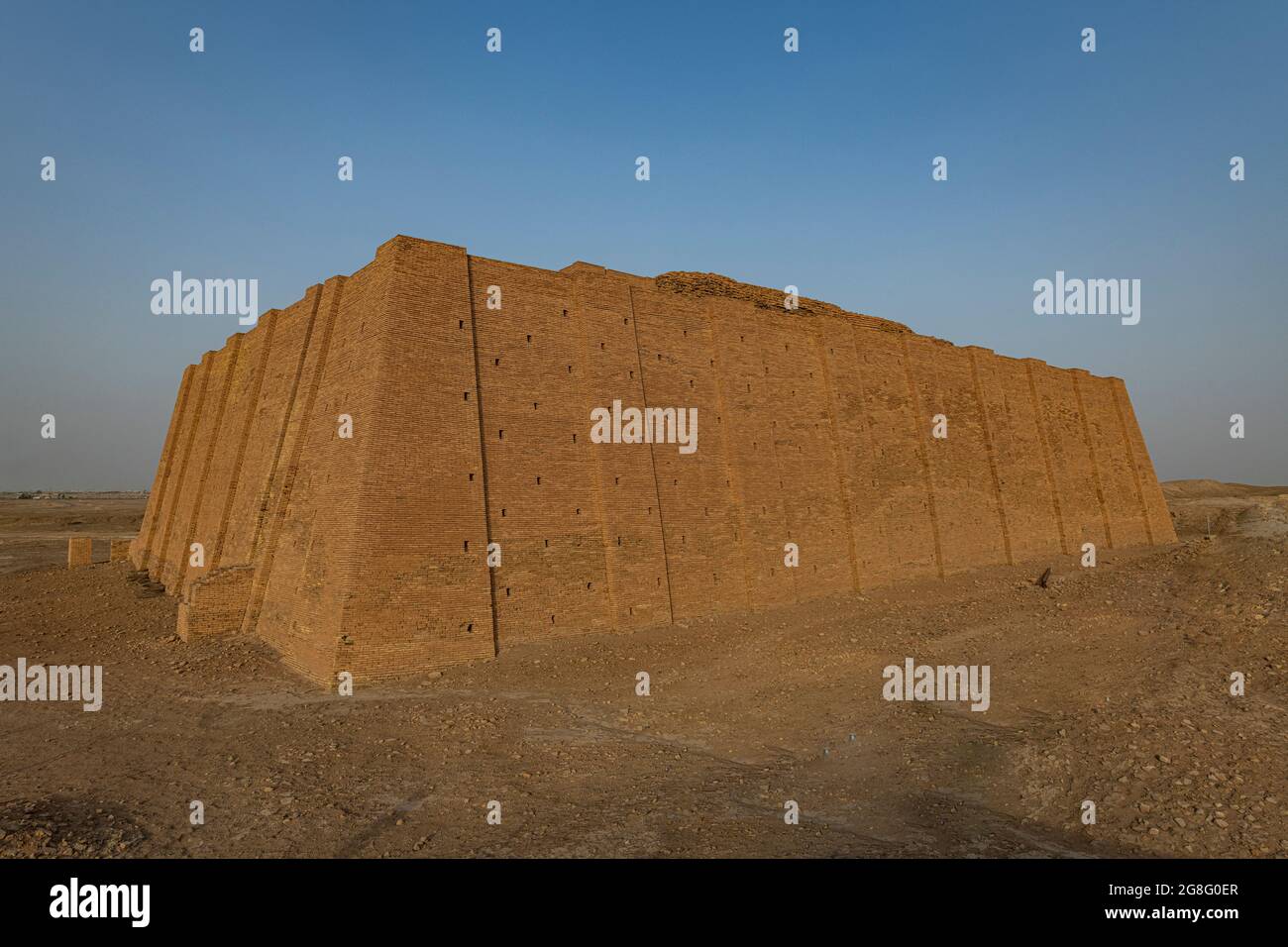 Ziggurat, ancient city of Ur, The Ahwar of Southern Iraq, UNESCO World Heritage Site, Iraq, Middle East Stock Photohttps://www.alamy.com/image-license-details/?v=1https://www.alamy.com/ziggurat-ancient-city-of-ur-the-ahwar-of-southern-iraq-unesco-world-heritage-site-iraq-middle-east-image435528095.html
Ziggurat, ancient city of Ur, The Ahwar of Southern Iraq, UNESCO World Heritage Site, Iraq, Middle East Stock Photohttps://www.alamy.com/image-license-details/?v=1https://www.alamy.com/ziggurat-ancient-city-of-ur-the-ahwar-of-southern-iraq-unesco-world-heritage-site-iraq-middle-east-image435528095.htmlRF2G8G0ER–Ziggurat, ancient city of Ur, The Ahwar of Southern Iraq, UNESCO World Heritage Site, Iraq, Middle East
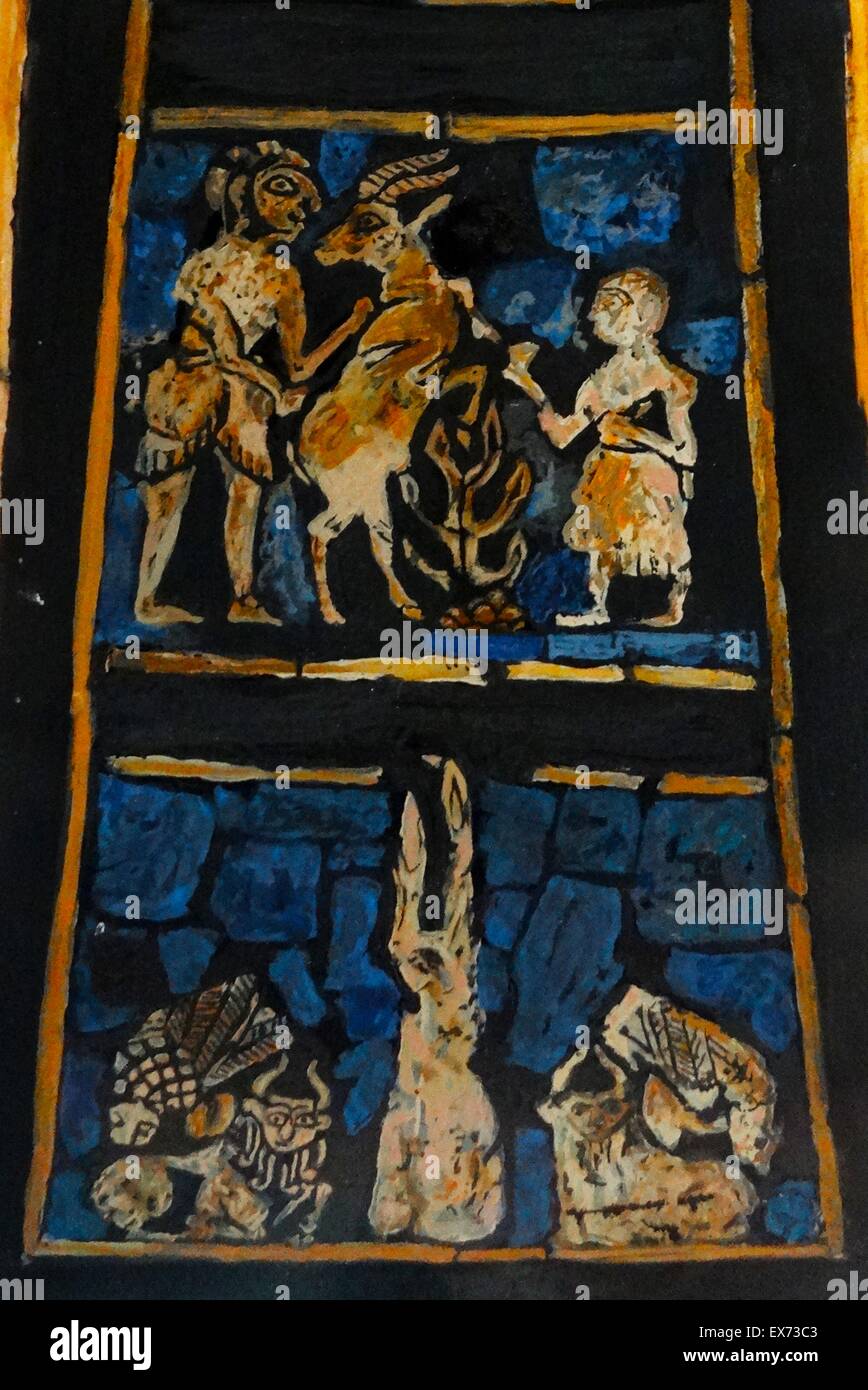 Detail from the edge of the Standard of Ur , a Sumerian artefact excavated from what had been the Royal Cemetery in the ancient city of Ur (located in modern-day Iraq south of Baghdad). It is approximately 4,500 years old and was probably constructed in t Stock Photohttps://www.alamy.com/image-license-details/?v=1https://www.alamy.com/stock-photo-detail-from-the-edge-of-the-standard-of-ur-a-sumerian-artefact-excavated-84978883.html
Detail from the edge of the Standard of Ur , a Sumerian artefact excavated from what had been the Royal Cemetery in the ancient city of Ur (located in modern-day Iraq south of Baghdad). It is approximately 4,500 years old and was probably constructed in t Stock Photohttps://www.alamy.com/image-license-details/?v=1https://www.alamy.com/stock-photo-detail-from-the-edge-of-the-standard-of-ur-a-sumerian-artefact-excavated-84978883.htmlRMEX73C3–Detail from the edge of the Standard of Ur , a Sumerian artefact excavated from what had been the Royal Cemetery in the ancient city of Ur (located in modern-day Iraq south of Baghdad). It is approximately 4,500 years old and was probably constructed in t
 Ancient city of Ur, Ahwar of southern Iraq, Unesco site, Iraq Stock Photohttps://www.alamy.com/image-license-details/?v=1https://www.alamy.com/ancient-city-of-ur-ahwar-of-southern-iraq-unesco-site-iraq-image521200686.html
Ancient city of Ur, Ahwar of southern Iraq, Unesco site, Iraq Stock Photohttps://www.alamy.com/image-license-details/?v=1https://www.alamy.com/ancient-city-of-ur-ahwar-of-southern-iraq-unesco-site-iraq-image521200686.htmlRF2N7XMP6–Ancient city of Ur, Ahwar of southern Iraq, Unesco site, Iraq
 Carved stone with integral handle from the ancient Sumerian city-state of Ur. Dated 2500 BC Stock Photohttps://www.alamy.com/image-license-details/?v=1https://www.alamy.com/stock-photo-carved-stone-with-integral-handle-from-the-ancient-sumerian-city-state-104174277.html
Carved stone with integral handle from the ancient Sumerian city-state of Ur. Dated 2500 BC Stock Photohttps://www.alamy.com/image-license-details/?v=1https://www.alamy.com/stock-photo-carved-stone-with-integral-handle-from-the-ancient-sumerian-city-state-104174277.htmlRMG1DF9W–Carved stone with integral handle from the ancient Sumerian city-state of Ur. Dated 2500 BC
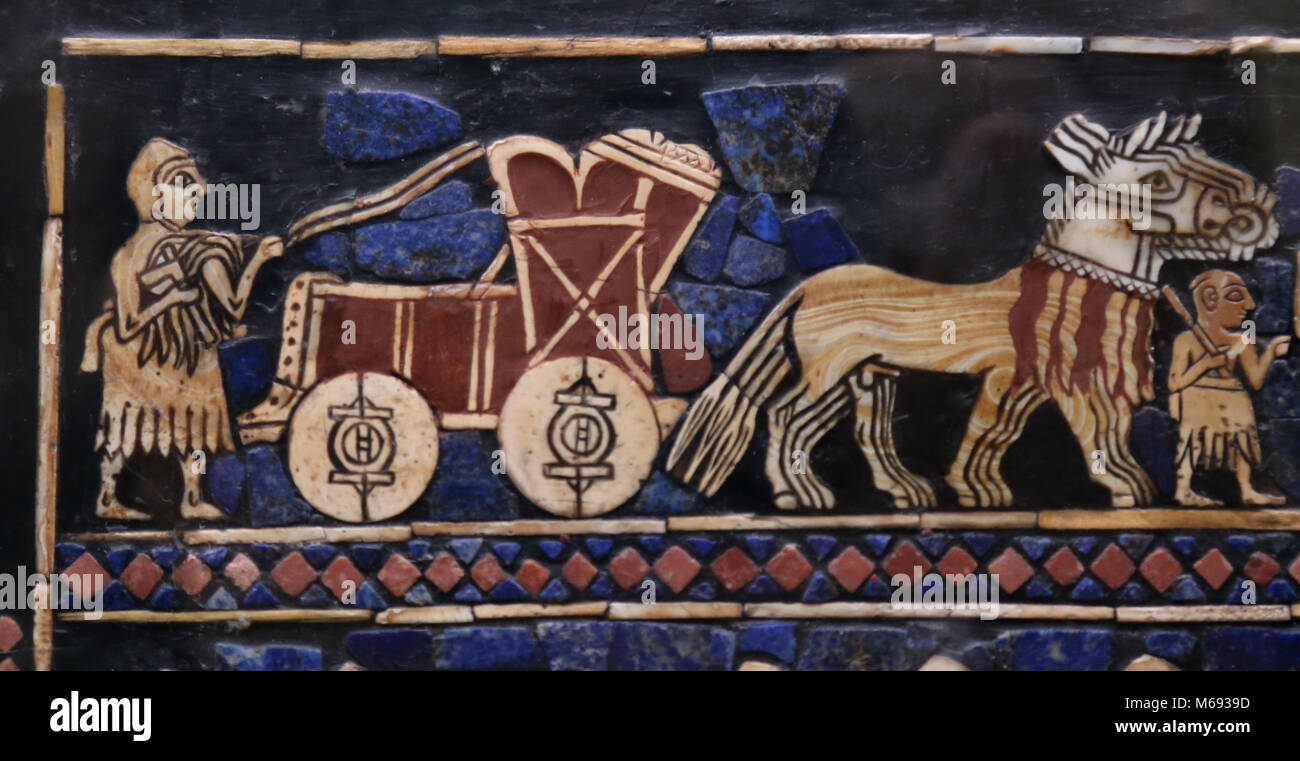 Standard of Ur. Mosaic of shell, red limestone and lapis lazuli. Royal cementery, Iraq. 2600 BC. British Museum. Stock Photohttps://www.alamy.com/image-license-details/?v=1https://www.alamy.com/stock-photo-standard-of-ur-mosaic-of-shell-red-limestone-and-lapis-lazuli-royal-175991801.html
Standard of Ur. Mosaic of shell, red limestone and lapis lazuli. Royal cementery, Iraq. 2600 BC. British Museum. Stock Photohttps://www.alamy.com/image-license-details/?v=1https://www.alamy.com/stock-photo-standard-of-ur-mosaic-of-shell-red-limestone-and-lapis-lazuli-royal-175991801.htmlRMM6939D–Standard of Ur. Mosaic of shell, red limestone and lapis lazuli. Royal cementery, Iraq. 2600 BC. British Museum.
 The Royal Game of Ur, from Ur, southern Iraq, c2600-c2400 BC. Artist: Unknown Stock Photohttps://www.alamy.com/image-license-details/?v=1https://www.alamy.com/the-royal-game-of-ur-from-ur-southern-iraq-c2600-c2400-bc-artist-unknown-image262771410.html
The Royal Game of Ur, from Ur, southern Iraq, c2600-c2400 BC. Artist: Unknown Stock Photohttps://www.alamy.com/image-license-details/?v=1https://www.alamy.com/the-royal-game-of-ur-from-ur-southern-iraq-c2600-c2400-bc-artist-unknown-image262771410.htmlRMW7E7H6–The Royal Game of Ur, from Ur, southern Iraq, c2600-c2400 BC. Artist: Unknown
 First Gulf War: 2nd April 1991 Coalition soldiers explore the ruins of the ancient Sumerian city of Ur in southern Iraq. In the background is the Great Ziggurat. Stock Photohttps://www.alamy.com/image-license-details/?v=1https://www.alamy.com/first-gulf-war-2nd-april-1991-coalition-soldiers-explore-the-ruins-of-the-ancient-sumerian-city-of-ur-in-southern-iraq-in-the-background-is-the-great-ziggurat-image605222701.html
First Gulf War: 2nd April 1991 Coalition soldiers explore the ruins of the ancient Sumerian city of Ur in southern Iraq. In the background is the Great Ziggurat. Stock Photohttps://www.alamy.com/image-license-details/?v=1https://www.alamy.com/first-gulf-war-2nd-april-1991-coalition-soldiers-explore-the-ruins-of-the-ancient-sumerian-city-of-ur-in-southern-iraq-in-the-background-is-the-great-ziggurat-image605222701.htmlRM2X4J7MD–First Gulf War: 2nd April 1991 Coalition soldiers explore the ruins of the ancient Sumerian city of Ur in southern Iraq. In the background is the Great Ziggurat.
 Cpl. Kristine Tejeda and Pfc. Thomas Adgate, Headquarters Battery, 2nd Battalion, 82nd Field Artillery Regiment, 3rd Advise and Assist Brigade, 1st Cavalry Division, or Task Force Steel Dragon, climb the steps of the Ziggurat of Ur to provide security for a tour of the ancient city in Dhi Qar province, Sept. 24. Soldiers of Steel Dragon have provided security for more than 20 tours of the ancient city of Ur since December 2010. Flickr - The U.S. Army - Stair sentinels Stock Photohttps://www.alamy.com/image-license-details/?v=1https://www.alamy.com/stock-photo-cpl-kristine-tejeda-and-pfc-thomas-adgate-headquarters-battery-2nd-129505920.html
Cpl. Kristine Tejeda and Pfc. Thomas Adgate, Headquarters Battery, 2nd Battalion, 82nd Field Artillery Regiment, 3rd Advise and Assist Brigade, 1st Cavalry Division, or Task Force Steel Dragon, climb the steps of the Ziggurat of Ur to provide security for a tour of the ancient city in Dhi Qar province, Sept. 24. Soldiers of Steel Dragon have provided security for more than 20 tours of the ancient city of Ur since December 2010. Flickr - The U.S. Army - Stair sentinels Stock Photohttps://www.alamy.com/image-license-details/?v=1https://www.alamy.com/stock-photo-cpl-kristine-tejeda-and-pfc-thomas-adgate-headquarters-battery-2nd-129505920.htmlRMHEKE3C–Cpl. Kristine Tejeda and Pfc. Thomas Adgate, Headquarters Battery, 2nd Battalion, 82nd Field Artillery Regiment, 3rd Advise and Assist Brigade, 1st Cavalry Division, or Task Force Steel Dragon, climb the steps of the Ziggurat of Ur to provide security for a tour of the ancient city in Dhi Qar province, Sept. 24. Soldiers of Steel Dragon have provided security for more than 20 tours of the ancient city of Ur since December 2010. Flickr - The U.S. Army - Stair sentinels
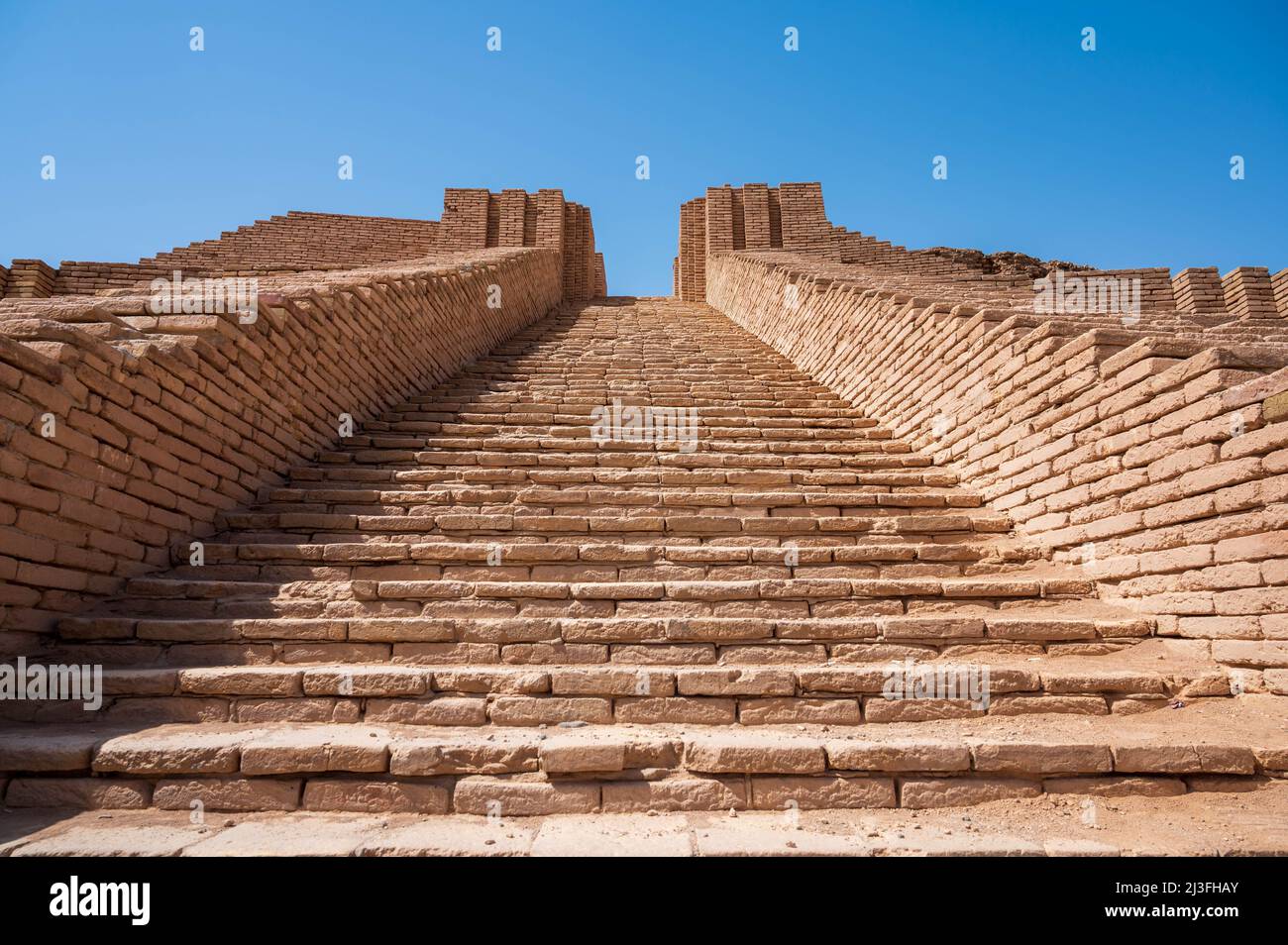 Ziggurat of Ur is a Neo-Sumerian ziggurat on the site of the ancient city of Ur near Nasiriyah, in present-day Dhi Qar Province, Iraq. The structure w Stock Photohttps://www.alamy.com/image-license-details/?v=1https://www.alamy.com/ziggurat-of-ur-is-a-neo-sumerian-ziggurat-on-the-site-of-the-ancient-city-of-ur-near-nasiriyah-in-present-day-dhi-qar-province-iraq-the-structure-w-image466866819.html
Ziggurat of Ur is a Neo-Sumerian ziggurat on the site of the ancient city of Ur near Nasiriyah, in present-day Dhi Qar Province, Iraq. The structure w Stock Photohttps://www.alamy.com/image-license-details/?v=1https://www.alamy.com/ziggurat-of-ur-is-a-neo-sumerian-ziggurat-on-the-site-of-the-ancient-city-of-ur-near-nasiriyah-in-present-day-dhi-qar-province-iraq-the-structure-w-image466866819.htmlRM2J3FHAY–Ziggurat of Ur is a Neo-Sumerian ziggurat on the site of the ancient city of Ur near Nasiriyah, in present-day Dhi Qar Province, Iraq. The structure w
 An ancient standard from the tomb of the ancient Sumerian city of Ur. The bringing of prisoners to the king and military commanders and the chariot battle are depicted. Photo from the middle of the 20th century. Stock Photohttps://www.alamy.com/image-license-details/?v=1https://www.alamy.com/an-ancient-standard-from-the-tomb-of-the-ancient-sumerian-city-of-ur-the-bringing-of-prisoners-to-the-king-and-military-commanders-and-the-chariot-battle-are-depicted-photo-from-the-middle-of-the-20th-century-image603695212.html
An ancient standard from the tomb of the ancient Sumerian city of Ur. The bringing of prisoners to the king and military commanders and the chariot battle are depicted. Photo from the middle of the 20th century. Stock Photohttps://www.alamy.com/image-license-details/?v=1https://www.alamy.com/an-ancient-standard-from-the-tomb-of-the-ancient-sumerian-city-of-ur-the-bringing-of-prisoners-to-the-king-and-military-commanders-and-the-chariot-battle-are-depicted-photo-from-the-middle-of-the-20th-century-image603695212.htmlRM2X24KB8–An ancient standard from the tomb of the ancient Sumerian city of Ur. The bringing of prisoners to the king and military commanders and the chariot battle are depicted. Photo from the middle of the 20th century.
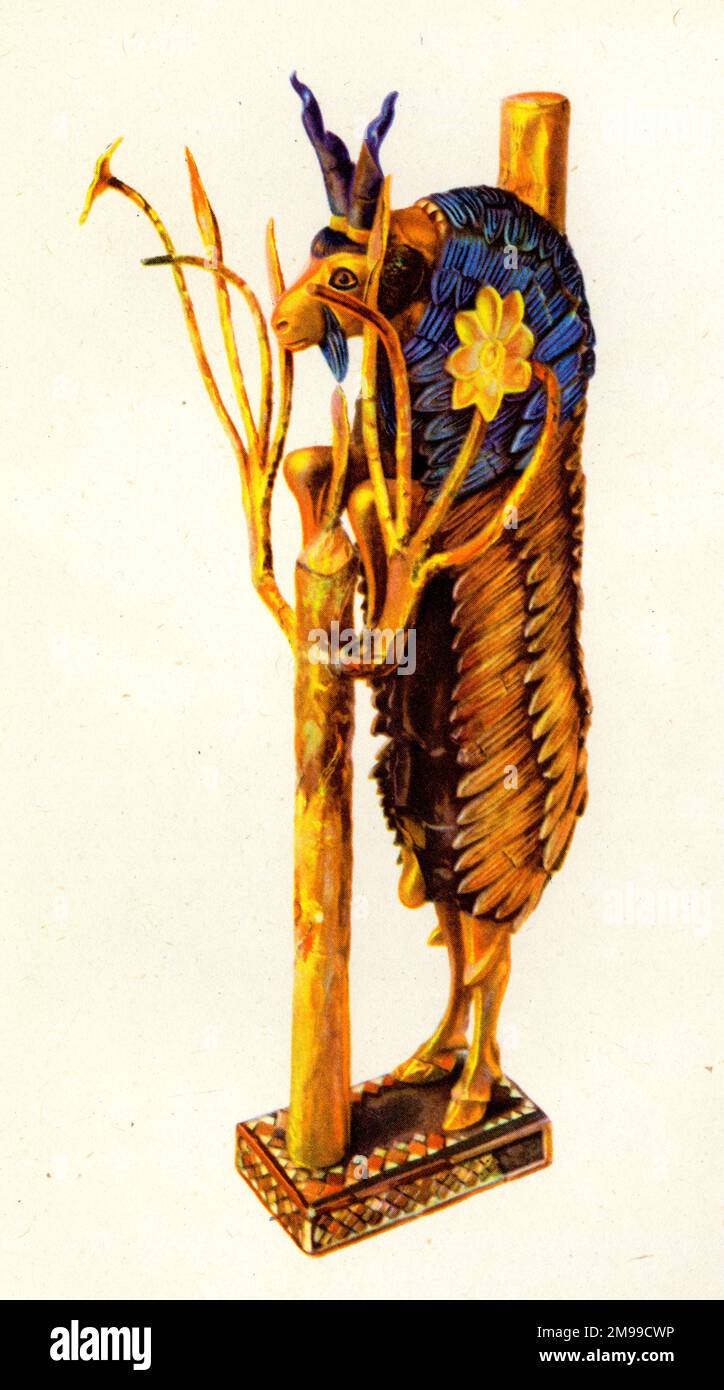 Ram caught in a thicket Ur, an ancient Sumerian city in Mesopotamia (Iraq). Stock Photohttps://www.alamy.com/image-license-details/?v=1https://www.alamy.com/ram-caught-in-a-thicket-ur-an-ancient-sumerian-city-in-mesopotamia-iraq-image504840274.html
Ram caught in a thicket Ur, an ancient Sumerian city in Mesopotamia (Iraq). Stock Photohttps://www.alamy.com/image-license-details/?v=1https://www.alamy.com/ram-caught-in-a-thicket-ur-an-ancient-sumerian-city-in-mesopotamia-iraq-image504840274.htmlRM2M99CWP–Ram caught in a thicket Ur, an ancient Sumerian city in Mesopotamia (Iraq).
 Senior Airman Ashley-Louise Jacobsen, 407th Expeditionary Logistics Readiness Squadron, helps a young Iraqi boy get a rock out of his sandal during a visit by 80 Iraqi nationals to the Historical Ziggurat located on Ali Air Base, Iraq, Aug. 21. The Ali First Four Council sponsored the visit. This is the first time in more than 10 years that Iraqi civilians have been allowed to step on the grounds of the historical site, which was built in the ancient city of Ur and includes the house of the biblical prophet Abraham. Stock Photohttps://www.alamy.com/image-license-details/?v=1https://www.alamy.com/stock-photo-senior-airman-ashley-louise-jacobsen-407th-expeditionary-logistics-129235024.html
Senior Airman Ashley-Louise Jacobsen, 407th Expeditionary Logistics Readiness Squadron, helps a young Iraqi boy get a rock out of his sandal during a visit by 80 Iraqi nationals to the Historical Ziggurat located on Ali Air Base, Iraq, Aug. 21. The Ali First Four Council sponsored the visit. This is the first time in more than 10 years that Iraqi civilians have been allowed to step on the grounds of the historical site, which was built in the ancient city of Ur and includes the house of the biblical prophet Abraham. Stock Photohttps://www.alamy.com/image-license-details/?v=1https://www.alamy.com/stock-photo-senior-airman-ashley-louise-jacobsen-407th-expeditionary-logistics-129235024.htmlRMHE74GG–Senior Airman Ashley-Louise Jacobsen, 407th Expeditionary Logistics Readiness Squadron, helps a young Iraqi boy get a rock out of his sandal during a visit by 80 Iraqi nationals to the Historical Ziggurat located on Ali Air Base, Iraq, Aug. 21. The Ali First Four Council sponsored the visit. This is the first time in more than 10 years that Iraqi civilians have been allowed to step on the grounds of the historical site, which was built in the ancient city of Ur and includes the house of the biblical prophet Abraham.
 Pope Francis and religious figures attend an interfaith meeting in the ancient city of Ur in southern Iraq's Dhi Qar province, on March 6, 2021.The ancient city of Ur is considered the birthplace of Prophet Abraham. Vatican Media Handout Photo via ABACAPRESS.COM Stock Photohttps://www.alamy.com/image-license-details/?v=1https://www.alamy.com/pope-francis-and-religious-figures-attend-an-interfaith-meeting-in-the-ancient-city-of-ur-in-southern-iraqs-dhi-qar-province-on-march-6-2021the-ancient-city-of-ur-is-considered-the-birthplace-of-prophet-abraham-vatican-media-handout-photo-via-abacapresscom-image412878647.html
Pope Francis and religious figures attend an interfaith meeting in the ancient city of Ur in southern Iraq's Dhi Qar province, on March 6, 2021.The ancient city of Ur is considered the birthplace of Prophet Abraham. Vatican Media Handout Photo via ABACAPRESS.COM Stock Photohttps://www.alamy.com/image-license-details/?v=1https://www.alamy.com/pope-francis-and-religious-figures-attend-an-interfaith-meeting-in-the-ancient-city-of-ur-in-southern-iraqs-dhi-qar-province-on-march-6-2021the-ancient-city-of-ur-is-considered-the-birthplace-of-prophet-abraham-vatican-media-handout-photo-via-abacapresscom-image412878647.htmlRM2EYM6WY–Pope Francis and religious figures attend an interfaith meeting in the ancient city of Ur in southern Iraq's Dhi Qar province, on March 6, 2021.The ancient city of Ur is considered the birthplace of Prophet Abraham. Vatican Media Handout Photo via ABACAPRESS.COM
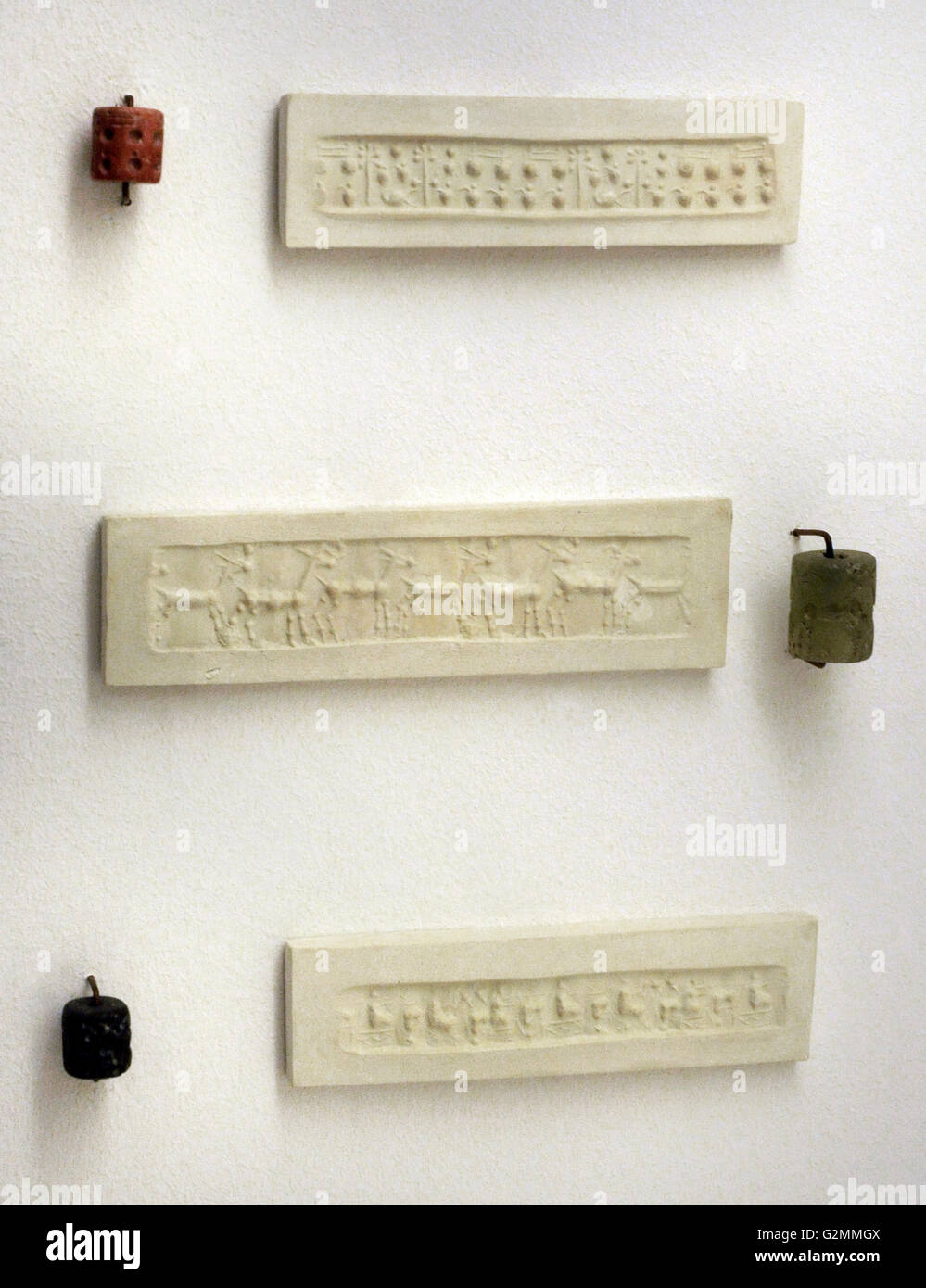 Envelope of the Ur III Period with an impression of a Cylinder seals. (22nd-21st BC). The State Hermitage Museum. Saint Petersburg. Russia. Stock Photohttps://www.alamy.com/image-license-details/?v=1https://www.alamy.com/stock-photo-envelope-of-the-ur-iii-period-with-an-impression-of-a-cylinder-seals-104946714.html
Envelope of the Ur III Period with an impression of a Cylinder seals. (22nd-21st BC). The State Hermitage Museum. Saint Petersburg. Russia. Stock Photohttps://www.alamy.com/image-license-details/?v=1https://www.alamy.com/stock-photo-envelope-of-the-ur-iii-period-with-an-impression-of-a-cylinder-seals-104946714.htmlRMG2MMGX–Envelope of the Ur III Period with an impression of a Cylinder seals. (22nd-21st BC). The State Hermitage Museum. Saint Petersburg. Russia.
 ziggurat of ur in iraq Stock Photohttps://www.alamy.com/image-license-details/?v=1https://www.alamy.com/ziggurat-of-ur-in-iraq-image604849238.html
ziggurat of ur in iraq Stock Photohttps://www.alamy.com/image-license-details/?v=1https://www.alamy.com/ziggurat-of-ur-in-iraq-image604849238.htmlRF2X417AE–ziggurat of ur in iraq
 Urla, Izmir, Turkey - September, 2021: Ancient Greek civilization house and oldest olive oil production facility in Ionian settlement Klazomenai in Ur Stock Photohttps://www.alamy.com/image-license-details/?v=1https://www.alamy.com/urla-izmir-turkey-september-2021-ancient-greek-civilization-house-and-oldest-olive-oil-production-facility-in-ionian-settlement-klazomenai-in-ur-image447542775.html
Urla, Izmir, Turkey - September, 2021: Ancient Greek civilization house and oldest olive oil production facility in Ionian settlement Klazomenai in Ur Stock Photohttps://www.alamy.com/image-license-details/?v=1https://www.alamy.com/urla-izmir-turkey-september-2021-ancient-greek-civilization-house-and-oldest-olive-oil-production-facility-in-ionian-settlement-klazomenai-in-ur-image447542775.htmlRF2H039AF–Urla, Izmir, Turkey - September, 2021: Ancient Greek civilization house and oldest olive oil production facility in Ionian settlement Klazomenai in Ur
 The Ziggurat of Ur, Dub Lal Makh temple in Nasiriyah city, Iraq Stock Photohttps://www.alamy.com/image-license-details/?v=1https://www.alamy.com/the-ziggurat-of-ur-dub-lal-makh-temple-in-nasiriyah-city-iraq-image609456642.html
The Ziggurat of Ur, Dub Lal Makh temple in Nasiriyah city, Iraq Stock Photohttps://www.alamy.com/image-license-details/?v=1https://www.alamy.com/the-ziggurat-of-ur-dub-lal-makh-temple-in-nasiriyah-city-iraq-image609456642.htmlRF2XBF44J–The Ziggurat of Ur, Dub Lal Makh temple in Nasiriyah city, Iraq
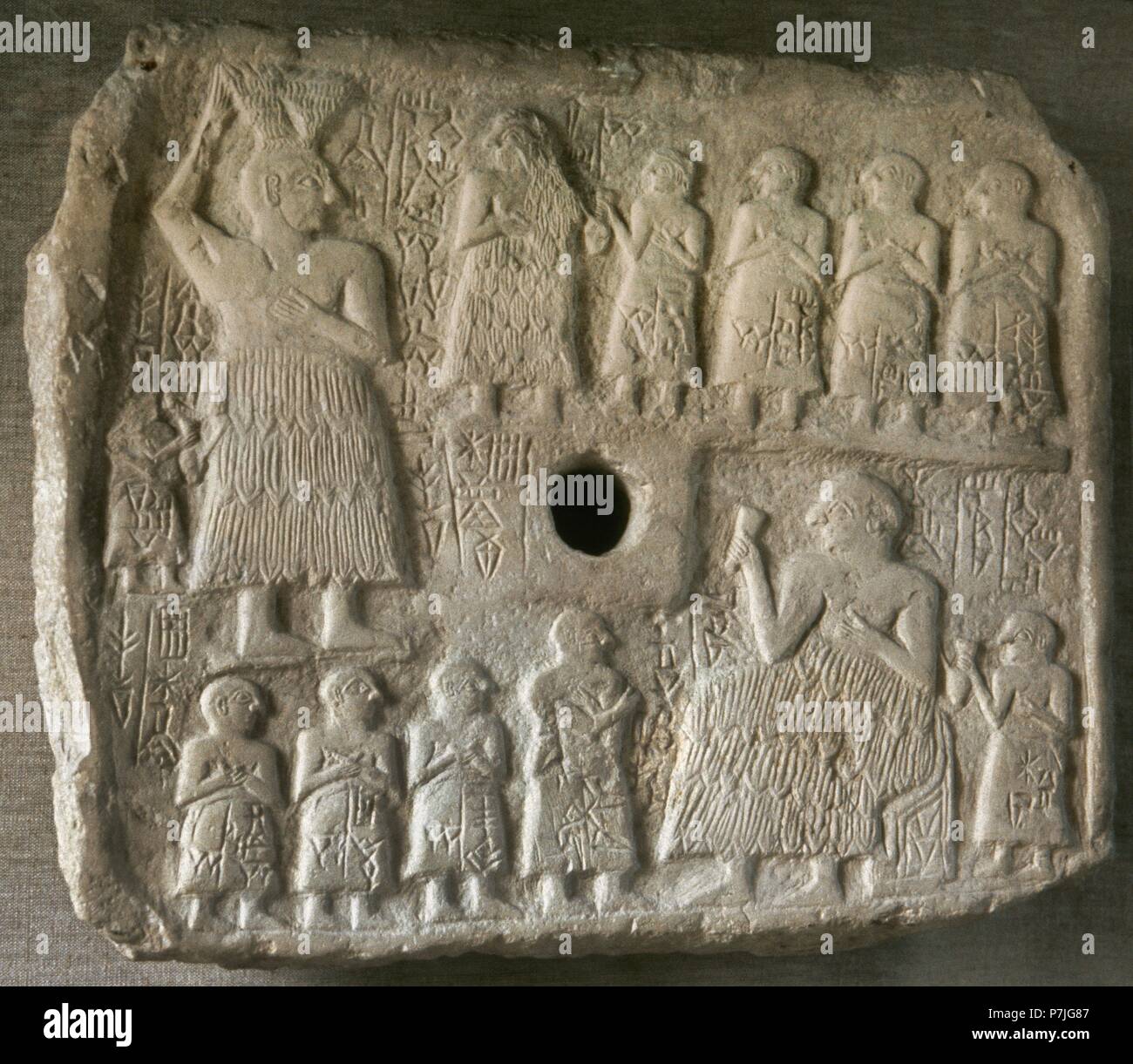 Perforated relief of King Ur-Nanshe, king of Lagash. Early Dynastic period III, c. 2550-2500 BC. Reliefs commemorating religious actions of the king Ur-Nanshe. He is depicted presiding over the ceremonies of the foundation and inauguration of a shrine. From Tello (ancient Girsu), Iraq. Limestone. Louvre Museum. Paris, France. Stock Photohttps://www.alamy.com/image-license-details/?v=1https://www.alamy.com/perforated-relief-of-king-ur-nanshe-king-of-lagash-early-dynastic-period-iii-c-2550-2500-bc-reliefs-commemorating-religious-actions-of-the-king-ur-nanshe-he-is-depicted-presiding-over-the-ceremonies-of-the-foundation-and-inauguration-of-a-shrine-from-tello-ancient-girsu-iraq-limestone-louvre-museum-paris-france-image211234919.html
Perforated relief of King Ur-Nanshe, king of Lagash. Early Dynastic period III, c. 2550-2500 BC. Reliefs commemorating religious actions of the king Ur-Nanshe. He is depicted presiding over the ceremonies of the foundation and inauguration of a shrine. From Tello (ancient Girsu), Iraq. Limestone. Louvre Museum. Paris, France. Stock Photohttps://www.alamy.com/image-license-details/?v=1https://www.alamy.com/perforated-relief-of-king-ur-nanshe-king-of-lagash-early-dynastic-period-iii-c-2550-2500-bc-reliefs-commemorating-religious-actions-of-the-king-ur-nanshe-he-is-depicted-presiding-over-the-ceremonies-of-the-foundation-and-inauguration-of-a-shrine-from-tello-ancient-girsu-iraq-limestone-louvre-museum-paris-france-image211234919.htmlRMP7JG87–Perforated relief of King Ur-Nanshe, king of Lagash. Early Dynastic period III, c. 2550-2500 BC. Reliefs commemorating religious actions of the king Ur-Nanshe. He is depicted presiding over the ceremonies of the foundation and inauguration of a shrine. From Tello (ancient Girsu), Iraq. Limestone. Louvre Museum. Paris, France.
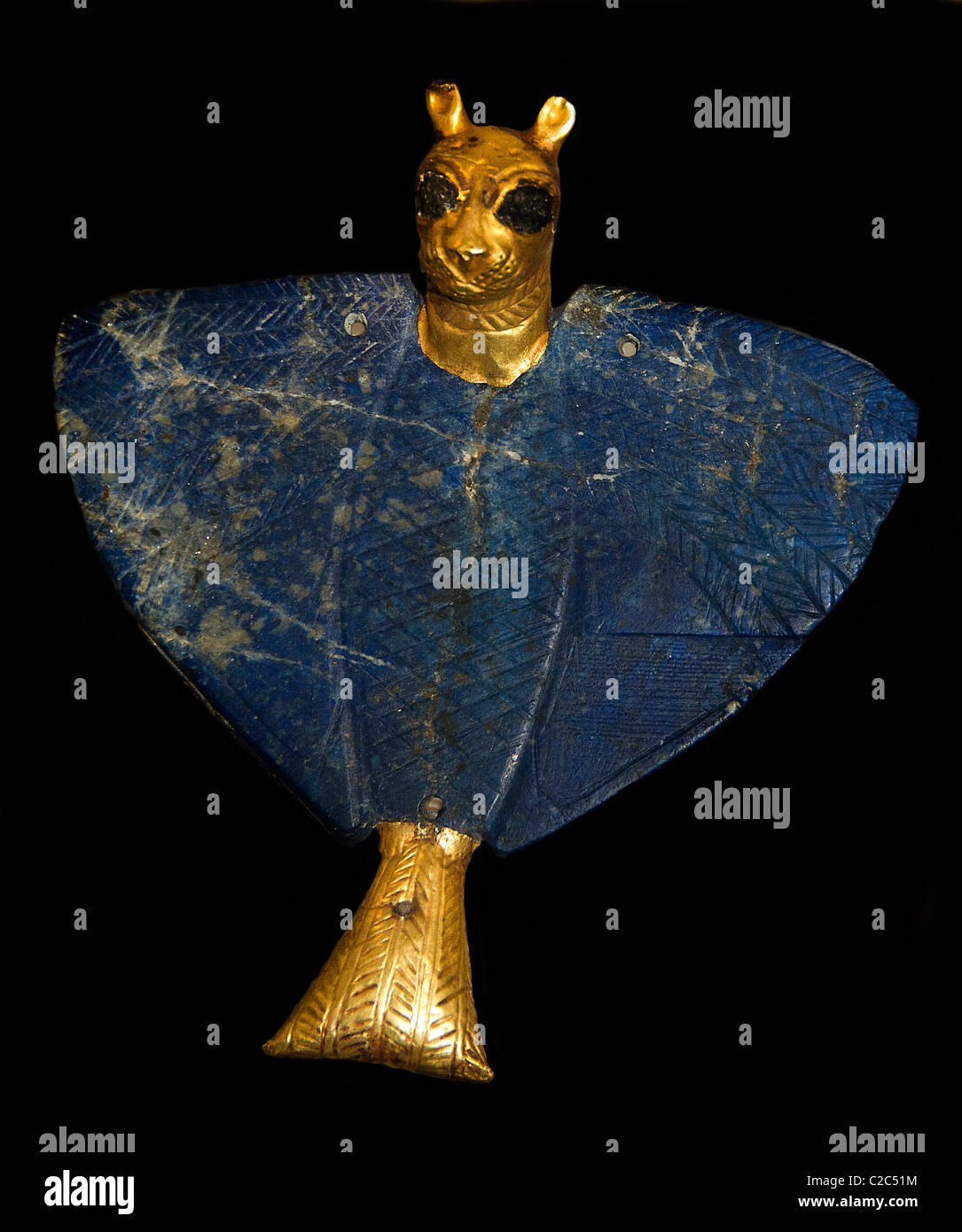 God Ningirso lion headed eagleSumyria lapis lazuli gold Ur Sumerian Mesopotamia Old Damascus Syria Stock Photohttps://www.alamy.com/image-license-details/?v=1https://www.alamy.com/stock-photo-god-ningirso-lion-headed-eaglesumyria-lapis-lazuli-gold-ur-sumerian-35917440.html
God Ningirso lion headed eagleSumyria lapis lazuli gold Ur Sumerian Mesopotamia Old Damascus Syria Stock Photohttps://www.alamy.com/image-license-details/?v=1https://www.alamy.com/stock-photo-god-ningirso-lion-headed-eaglesumyria-lapis-lazuli-gold-ur-sumerian-35917440.htmlRMC2C51M–God Ningirso lion headed eagleSumyria lapis lazuli gold Ur Sumerian Mesopotamia Old Damascus Syria
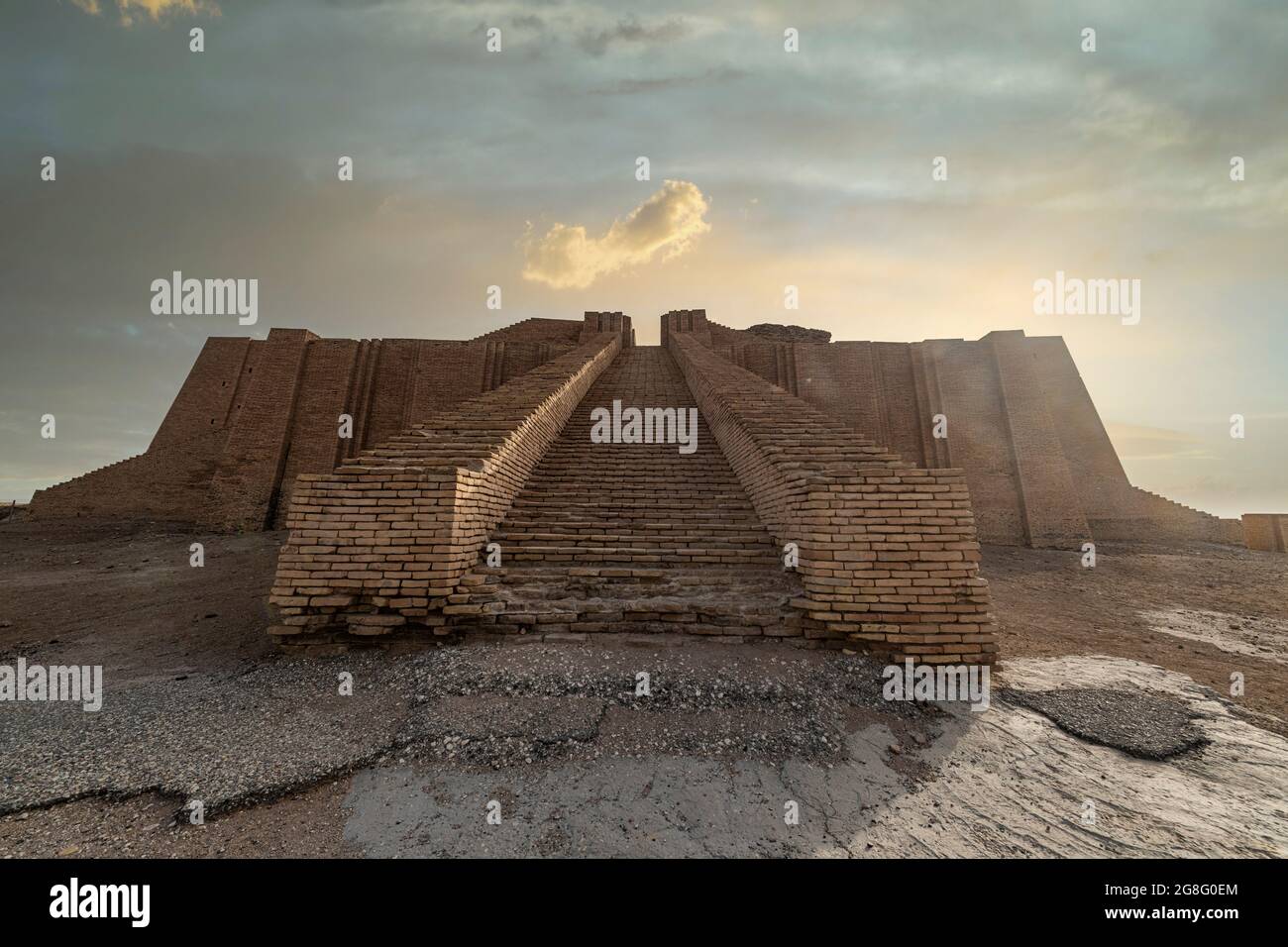 Ziggurat, ancient city of Ur, The Ahwar of Southern Iraq, UNESCO World Heritage Site, Iraq, Middle East Stock Photohttps://www.alamy.com/image-license-details/?v=1https://www.alamy.com/ziggurat-ancient-city-of-ur-the-ahwar-of-southern-iraq-unesco-world-heritage-site-iraq-middle-east-image435528092.html
Ziggurat, ancient city of Ur, The Ahwar of Southern Iraq, UNESCO World Heritage Site, Iraq, Middle East Stock Photohttps://www.alamy.com/image-license-details/?v=1https://www.alamy.com/ziggurat-ancient-city-of-ur-the-ahwar-of-southern-iraq-unesco-world-heritage-site-iraq-middle-east-image435528092.htmlRF2G8G0EM–Ziggurat, ancient city of Ur, The Ahwar of Southern Iraq, UNESCO World Heritage Site, Iraq, Middle East
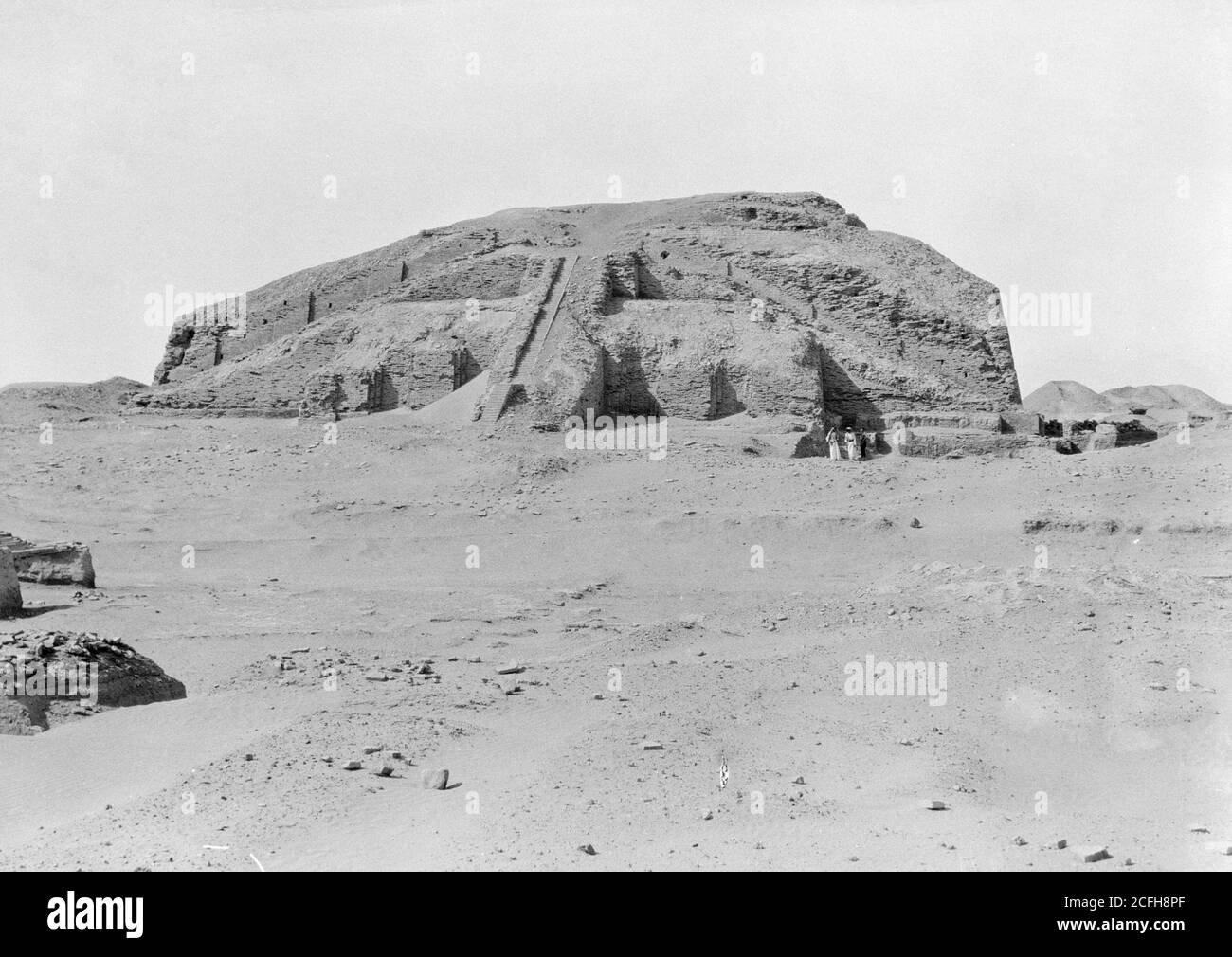 Original Caption: Iraq. Ur. (So called of the Chaldees). The great ziggurat - Location: Iraq--Ur (Extinct city) ca. 1932 Stock Photohttps://www.alamy.com/image-license-details/?v=1https://www.alamy.com/original-caption-iraq-ur-so-called-of-the-chaldees-the-great-ziggurat-location-iraq-ur-extinct-city-ca-1932-image371017655.html
Original Caption: Iraq. Ur. (So called of the Chaldees). The great ziggurat - Location: Iraq--Ur (Extinct city) ca. 1932 Stock Photohttps://www.alamy.com/image-license-details/?v=1https://www.alamy.com/original-caption-iraq-ur-so-called-of-the-chaldees-the-great-ziggurat-location-iraq-ur-extinct-city-ca-1932-image371017655.htmlRM2CFH8PF–Original Caption: Iraq. Ur. (So called of the Chaldees). The great ziggurat - Location: Iraq--Ur (Extinct city) ca. 1932
 Ancient city of Ur, Ahwar of southern Iraq, Unesco site, Iraq Stock Photohttps://www.alamy.com/image-license-details/?v=1https://www.alamy.com/ancient-city-of-ur-ahwar-of-southern-iraq-unesco-site-iraq-image521200687.html
Ancient city of Ur, Ahwar of southern Iraq, Unesco site, Iraq Stock Photohttps://www.alamy.com/image-license-details/?v=1https://www.alamy.com/ancient-city-of-ur-ahwar-of-southern-iraq-unesco-site-iraq-image521200687.htmlRF2N7XMP7–Ancient city of Ur, Ahwar of southern Iraq, Unesco site, Iraq
 Carved stone with integral handle from the ancient Sumerian city-state of Ur. Dated 2500 BC Stock Photohttps://www.alamy.com/image-license-details/?v=1https://www.alamy.com/stock-photo-carved-stone-with-integral-handle-from-the-ancient-sumerian-city-state-104174275.html
Carved stone with integral handle from the ancient Sumerian city-state of Ur. Dated 2500 BC Stock Photohttps://www.alamy.com/image-license-details/?v=1https://www.alamy.com/stock-photo-carved-stone-with-integral-handle-from-the-ancient-sumerian-city-state-104174275.htmlRMG1DF9R–Carved stone with integral handle from the ancient Sumerian city-state of Ur. Dated 2500 BC
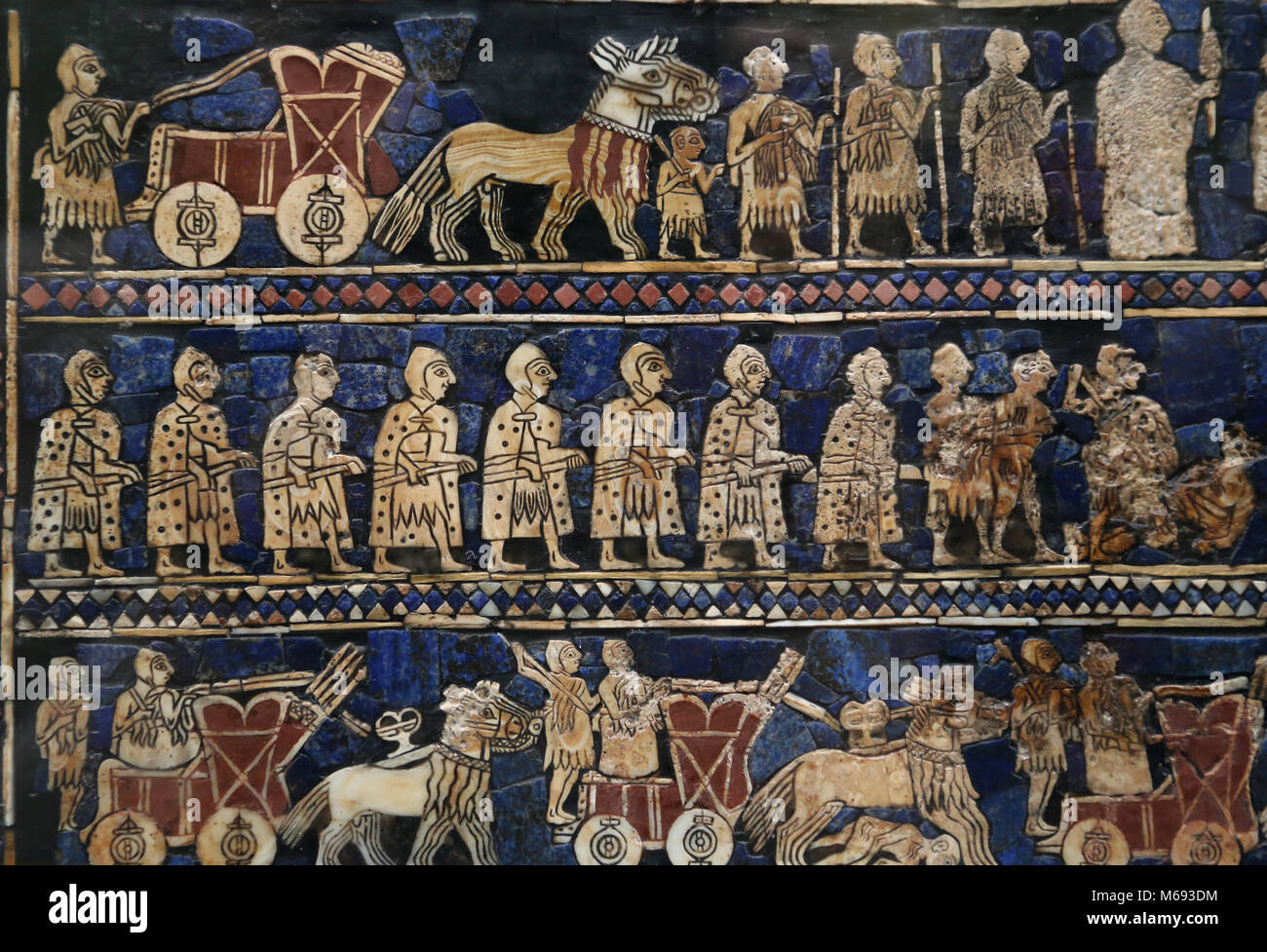 Standard of Ur. Mosaic of shell, red limestone and lapis lazuli. Royal cementery, Iraq. 2600 BC. British Museum. Stock Photohttps://www.alamy.com/image-license-details/?v=1https://www.alamy.com/stock-photo-standard-of-ur-mosaic-of-shell-red-limestone-and-lapis-lazuli-royal-175991920.html
Standard of Ur. Mosaic of shell, red limestone and lapis lazuli. Royal cementery, Iraq. 2600 BC. British Museum. Stock Photohttps://www.alamy.com/image-license-details/?v=1https://www.alamy.com/stock-photo-standard-of-ur-mosaic-of-shell-red-limestone-and-lapis-lazuli-royal-175991920.htmlRMM693DM–Standard of Ur. Mosaic of shell, red limestone and lapis lazuli. Royal cementery, Iraq. 2600 BC. British Museum.
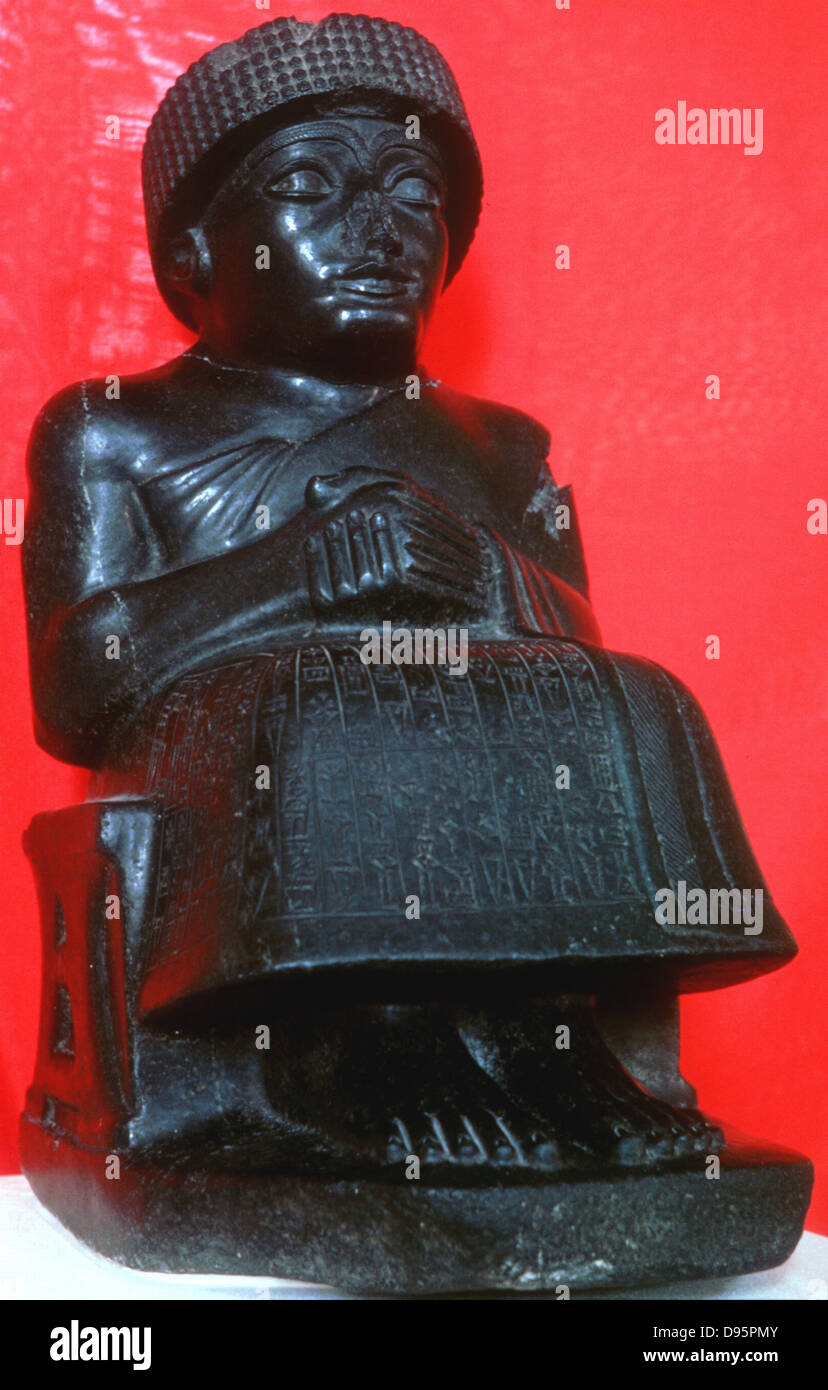 Ancient Near East: Neo-Sumerian, Ur III dynasty (2150-200 BC). Gudea (c2144-c2124 BC) ruler of city-state of Lagash in southern Babylon. Seated figure in Diorite. Paris, Louvre. Stock Photohttps://www.alamy.com/image-license-details/?v=1https://www.alamy.com/stock-photo-ancient-near-east-neo-sumerian-ur-iii-dynasty-2150-200-bc-gudea-c2144-57290603.html
Ancient Near East: Neo-Sumerian, Ur III dynasty (2150-200 BC). Gudea (c2144-c2124 BC) ruler of city-state of Lagash in southern Babylon. Seated figure in Diorite. Paris, Louvre. Stock Photohttps://www.alamy.com/image-license-details/?v=1https://www.alamy.com/stock-photo-ancient-near-east-neo-sumerian-ur-iii-dynasty-2150-200-bc-gudea-c2144-57290603.htmlRMD95PMY–Ancient Near East: Neo-Sumerian, Ur III dynasty (2150-200 BC). Gudea (c2144-c2124 BC) ruler of city-state of Lagash in southern Babylon. Seated figure in Diorite. Paris, Louvre.
 First Gulf War: 2nd April 1991 Near the ancient Sumerian city of Ur in southern Iraq, a US soldier grabs some sleep in a wrecked Iraqi Army truck. Stock Photohttps://www.alamy.com/image-license-details/?v=1https://www.alamy.com/first-gulf-war-2nd-april-1991-near-the-ancient-sumerian-city-of-ur-in-southern-iraq-a-us-soldier-grabs-some-sleep-in-a-wrecked-iraqi-army-truck-image605453428.html
First Gulf War: 2nd April 1991 Near the ancient Sumerian city of Ur in southern Iraq, a US soldier grabs some sleep in a wrecked Iraqi Army truck. Stock Photohttps://www.alamy.com/image-license-details/?v=1https://www.alamy.com/first-gulf-war-2nd-april-1991-near-the-ancient-sumerian-city-of-ur-in-southern-iraq-a-us-soldier-grabs-some-sleep-in-a-wrecked-iraqi-army-truck-image605453428.htmlRM2X50P0M–First Gulf War: 2nd April 1991 Near the ancient Sumerian city of Ur in southern Iraq, a US soldier grabs some sleep in a wrecked Iraqi Army truck.
 The Ur-Nammu stele c2000 BC. Ur-Nammu was king of the city state of Ur in ancient Mesopotamia (southern Iraq) He created the oldest surviving code called the code of Ur-Nammu. Stock Photohttps://www.alamy.com/image-license-details/?v=1https://www.alamy.com/stock-photo-the-ur-nammu-stele-c2000-bc-ur-nammu-was-king-of-the-city-state-of-104169364.html
The Ur-Nammu stele c2000 BC. Ur-Nammu was king of the city state of Ur in ancient Mesopotamia (southern Iraq) He created the oldest surviving code called the code of Ur-Nammu. Stock Photohttps://www.alamy.com/image-license-details/?v=1https://www.alamy.com/stock-photo-the-ur-nammu-stele-c2000-bc-ur-nammu-was-king-of-the-city-state-of-104169364.htmlRMG1D92C–The Ur-Nammu stele c2000 BC. Ur-Nammu was king of the city state of Ur in ancient Mesopotamia (southern Iraq) He created the oldest surviving code called the code of Ur-Nammu.
 Ziggurat of Ur is a Neo-Sumerian ziggurat on the site of the ancient city of Ur near Nasiriyah, in present-day Dhi Qar Province, Iraq. The structure w Stock Photohttps://www.alamy.com/image-license-details/?v=1https://www.alamy.com/ziggurat-of-ur-is-a-neo-sumerian-ziggurat-on-the-site-of-the-ancient-city-of-ur-near-nasiriyah-in-present-day-dhi-qar-province-iraq-the-structure-w-image466866823.html
Ziggurat of Ur is a Neo-Sumerian ziggurat on the site of the ancient city of Ur near Nasiriyah, in present-day Dhi Qar Province, Iraq. The structure w Stock Photohttps://www.alamy.com/image-license-details/?v=1https://www.alamy.com/ziggurat-of-ur-is-a-neo-sumerian-ziggurat-on-the-site-of-the-ancient-city-of-ur-near-nasiriyah-in-present-day-dhi-qar-province-iraq-the-structure-w-image466866823.htmlRM2J3FHB3–Ziggurat of Ur is a Neo-Sumerian ziggurat on the site of the ancient city of Ur near Nasiriyah, in present-day Dhi Qar Province, Iraq. The structure w
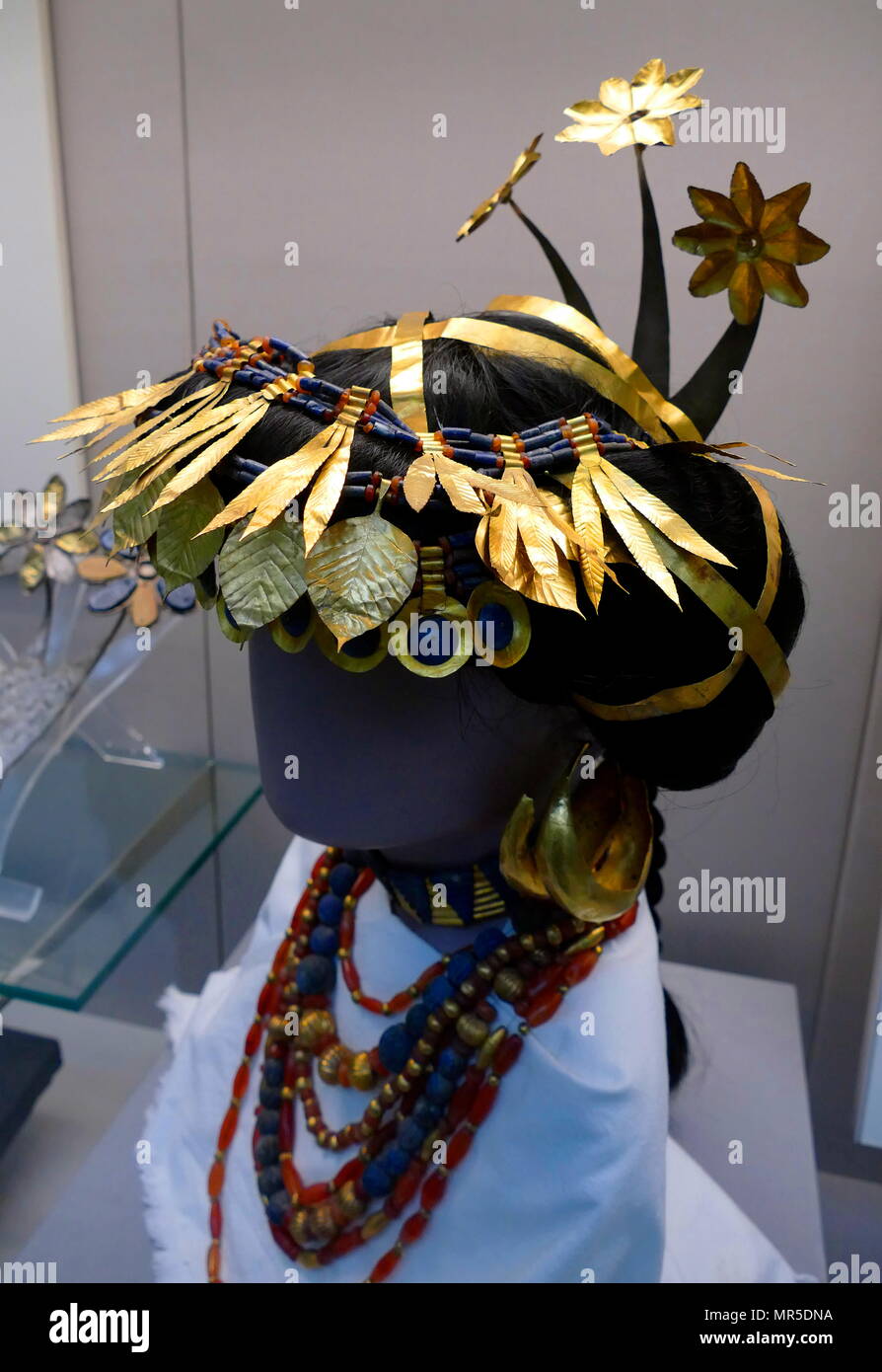 Reconstructed headdress of Puabi, by Sir Charles Leonard Woolley, found at the Sumerian city of Ur, in Iraq. Dates from the First Dynasty of Ur (ca. 2600 BC). Commonly labelled as a 'queen', her status is somewhat in dispute. Several cylinder seals in her tomb identify her by the title 'nin' or 'eresh', a Sumerian word which can denote a queen or a priestess. Stock Photohttps://www.alamy.com/image-license-details/?v=1https://www.alamy.com/reconstructed-headdress-of-puabi-by-sir-charles-leonard-woolley-found-at-the-sumerian-city-of-ur-in-iraq-dates-from-the-first-dynasty-of-ur-ca-2600-bc-commonly-labelled-as-a-queen-her-status-is-somewhat-in-dispute-several-cylinder-seals-in-her-tomb-identify-her-by-the-title-nin-or-eresh-a-sumerian-word-which-can-denote-a-queen-or-a-priestess-image186361318.html
Reconstructed headdress of Puabi, by Sir Charles Leonard Woolley, found at the Sumerian city of Ur, in Iraq. Dates from the First Dynasty of Ur (ca. 2600 BC). Commonly labelled as a 'queen', her status is somewhat in dispute. Several cylinder seals in her tomb identify her by the title 'nin' or 'eresh', a Sumerian word which can denote a queen or a priestess. Stock Photohttps://www.alamy.com/image-license-details/?v=1https://www.alamy.com/reconstructed-headdress-of-puabi-by-sir-charles-leonard-woolley-found-at-the-sumerian-city-of-ur-in-iraq-dates-from-the-first-dynasty-of-ur-ca-2600-bc-commonly-labelled-as-a-queen-her-status-is-somewhat-in-dispute-several-cylinder-seals-in-her-tomb-identify-her-by-the-title-nin-or-eresh-a-sumerian-word-which-can-denote-a-queen-or-a-priestess-image186361318.htmlRMMR5DNA–Reconstructed headdress of Puabi, by Sir Charles Leonard Woolley, found at the Sumerian city of Ur, in Iraq. Dates from the First Dynasty of Ur (ca. 2600 BC). Commonly labelled as a 'queen', her status is somewhat in dispute. Several cylinder seals in her tomb identify her by the title 'nin' or 'eresh', a Sumerian word which can denote a queen or a priestess.
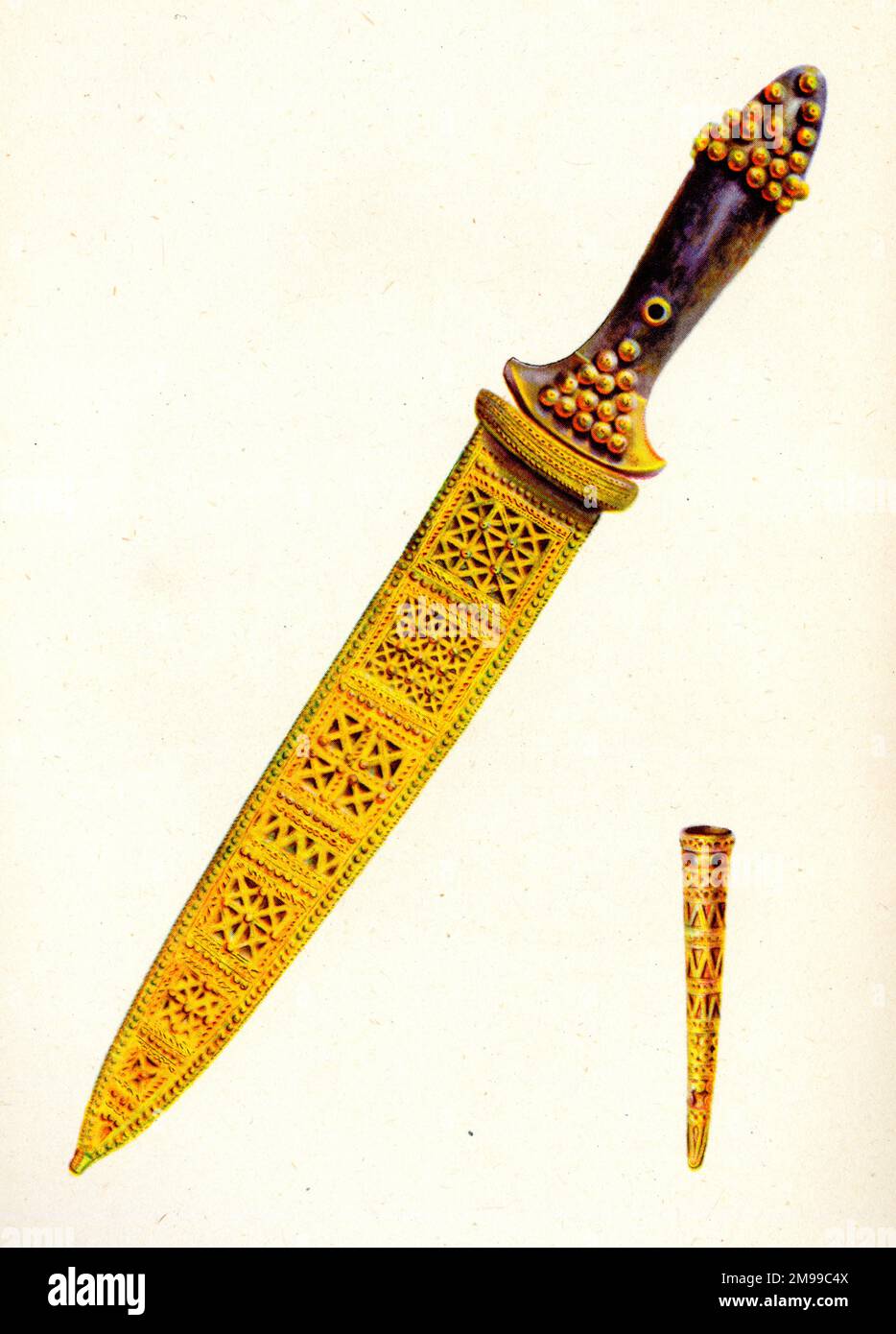 Gold dagger in an ornate golden sheath, from Ur, an ancient Sumerian city in Mesopotamia (Iraq). Stock Photohttps://www.alamy.com/image-license-details/?v=1https://www.alamy.com/gold-dagger-in-an-ornate-golden-sheath-from-ur-an-ancient-sumerian-city-in-mesopotamia-iraq-image504839690.html
Gold dagger in an ornate golden sheath, from Ur, an ancient Sumerian city in Mesopotamia (Iraq). Stock Photohttps://www.alamy.com/image-license-details/?v=1https://www.alamy.com/gold-dagger-in-an-ornate-golden-sheath-from-ur-an-ancient-sumerian-city-in-mesopotamia-iraq-image504839690.htmlRM2M99C4X–Gold dagger in an ornate golden sheath, from Ur, an ancient Sumerian city in Mesopotamia (Iraq).
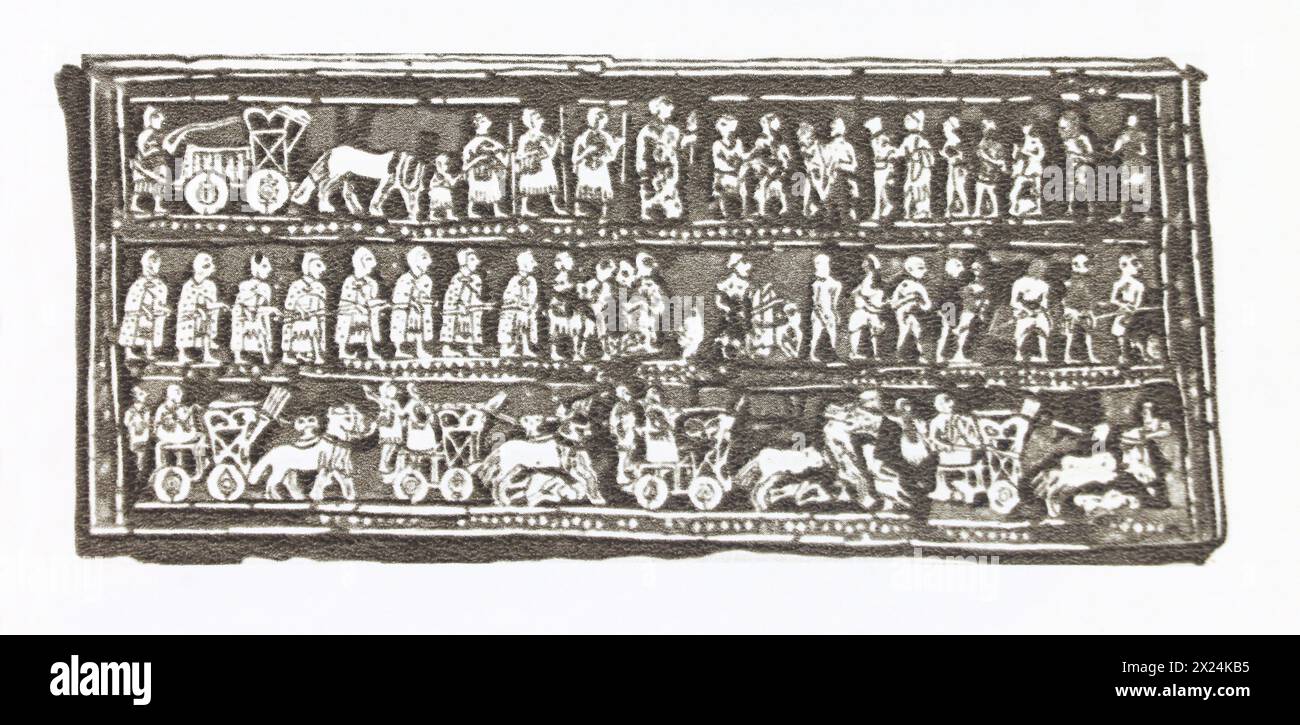 An ancient standard from the tomb of the ancient Sumerian city of Ur. The bringing of prisoners to the king and military commanders and the chariot battle are depicted. Photo from the middle of the 20th century. Stock Photohttps://www.alamy.com/image-license-details/?v=1https://www.alamy.com/an-ancient-standard-from-the-tomb-of-the-ancient-sumerian-city-of-ur-the-bringing-of-prisoners-to-the-king-and-military-commanders-and-the-chariot-battle-are-depicted-photo-from-the-middle-of-the-20th-century-image603695209.html
An ancient standard from the tomb of the ancient Sumerian city of Ur. The bringing of prisoners to the king and military commanders and the chariot battle are depicted. Photo from the middle of the 20th century. Stock Photohttps://www.alamy.com/image-license-details/?v=1https://www.alamy.com/an-ancient-standard-from-the-tomb-of-the-ancient-sumerian-city-of-ur-the-bringing-of-prisoners-to-the-king-and-military-commanders-and-the-chariot-battle-are-depicted-photo-from-the-middle-of-the-20th-century-image603695209.htmlRM2X24KB5–An ancient standard from the tomb of the ancient Sumerian city of Ur. The bringing of prisoners to the king and military commanders and the chariot battle are depicted. Photo from the middle of the 20th century.
 Senior Airman Paul Waldrep holds a young Iraqi boy while Senior Airman Charmaine Garza pours water on him during a water fight at the Ziggurat in the ancient city of Ur, Aug. 21. The boy was one of 80 Iraqi citizens that had the chance to visit the historical Ziggurat located and interact with Airmen from Ali Air Base, Iraq. The Ali First Four council sponsored the visit. This is the first time in more than 10 years that Iraqi civilians have been allowed to step on the grounds of the historical site, which was built in the ancient city of Ur and includes the house of the biblical prophet Abrah Stock Photohttps://www.alamy.com/image-license-details/?v=1https://www.alamy.com/stock-photo-senior-airman-paul-waldrep-holds-a-young-iraqi-boy-while-senior-airman-129235025.html
Senior Airman Paul Waldrep holds a young Iraqi boy while Senior Airman Charmaine Garza pours water on him during a water fight at the Ziggurat in the ancient city of Ur, Aug. 21. The boy was one of 80 Iraqi citizens that had the chance to visit the historical Ziggurat located and interact with Airmen from Ali Air Base, Iraq. The Ali First Four council sponsored the visit. This is the first time in more than 10 years that Iraqi civilians have been allowed to step on the grounds of the historical site, which was built in the ancient city of Ur and includes the house of the biblical prophet Abrah Stock Photohttps://www.alamy.com/image-license-details/?v=1https://www.alamy.com/stock-photo-senior-airman-paul-waldrep-holds-a-young-iraqi-boy-while-senior-airman-129235025.htmlRMHE74GH–Senior Airman Paul Waldrep holds a young Iraqi boy while Senior Airman Charmaine Garza pours water on him during a water fight at the Ziggurat in the ancient city of Ur, Aug. 21. The boy was one of 80 Iraqi citizens that had the chance to visit the historical Ziggurat located and interact with Airmen from Ali Air Base, Iraq. The Ali First Four council sponsored the visit. This is the first time in more than 10 years that Iraqi civilians have been allowed to step on the grounds of the historical site, which was built in the ancient city of Ur and includes the house of the biblical prophet Abrah
 Pope Francis and religious figures attend an interfaith meeting in the ancient city of Ur in southern Iraq's Dhi Qar province, on March 6, 2021.The ancient city of Ur is considered the birthplace of Prophet Abraham. Vatican Media Handout Photo via ABACAPRESS.COM Stock Photohttps://www.alamy.com/image-license-details/?v=1https://www.alamy.com/pope-francis-and-religious-figures-attend-an-interfaith-meeting-in-the-ancient-city-of-ur-in-southern-iraqs-dhi-qar-province-on-march-6-2021the-ancient-city-of-ur-is-considered-the-birthplace-of-prophet-abraham-vatican-media-handout-photo-via-abacapresscom-image412878648.html
Pope Francis and religious figures attend an interfaith meeting in the ancient city of Ur in southern Iraq's Dhi Qar province, on March 6, 2021.The ancient city of Ur is considered the birthplace of Prophet Abraham. Vatican Media Handout Photo via ABACAPRESS.COM Stock Photohttps://www.alamy.com/image-license-details/?v=1https://www.alamy.com/pope-francis-and-religious-figures-attend-an-interfaith-meeting-in-the-ancient-city-of-ur-in-southern-iraqs-dhi-qar-province-on-march-6-2021the-ancient-city-of-ur-is-considered-the-birthplace-of-prophet-abraham-vatican-media-handout-photo-via-abacapresscom-image412878648.htmlRM2EYM6X0–Pope Francis and religious figures attend an interfaith meeting in the ancient city of Ur in southern Iraq's Dhi Qar province, on March 6, 2021.The ancient city of Ur is considered the birthplace of Prophet Abraham. Vatican Media Handout Photo via ABACAPRESS.COM
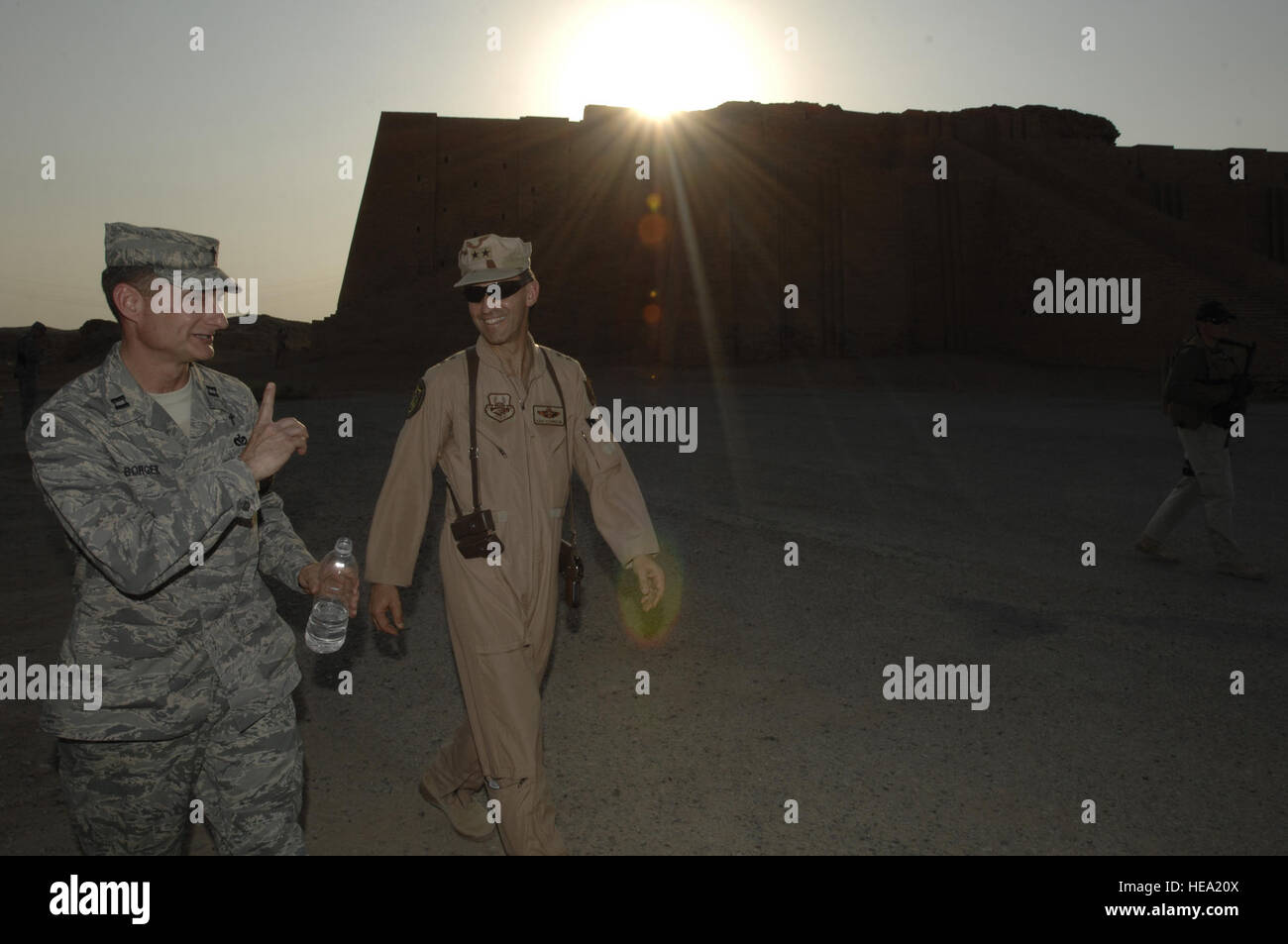 Chaplain (Capt.) Robert Borger gives a guided tour to Maj. Gen. David Edgington Oct. 26, at the Great Ziggurat of Ur. Borger explained to Edgington the historic and biblical importance of the area and how the ancient city of Ur was the blue print for future civilizations. Edgington is the director of Air Component Coordination Element, Multi-National Force-Iraq, Baghdad, Iraq. Airman 1st Class Jonathan Snyder) (Released) Stock Photohttps://www.alamy.com/image-license-details/?v=1https://www.alamy.com/stock-photo-chaplain-capt-robert-borger-gives-a-guided-tour-to-maj-gen-david-edgington-129298874.html
Chaplain (Capt.) Robert Borger gives a guided tour to Maj. Gen. David Edgington Oct. 26, at the Great Ziggurat of Ur. Borger explained to Edgington the historic and biblical importance of the area and how the ancient city of Ur was the blue print for future civilizations. Edgington is the director of Air Component Coordination Element, Multi-National Force-Iraq, Baghdad, Iraq. Airman 1st Class Jonathan Snyder) (Released) Stock Photohttps://www.alamy.com/image-license-details/?v=1https://www.alamy.com/stock-photo-chaplain-capt-robert-borger-gives-a-guided-tour-to-maj-gen-david-edgington-129298874.htmlRMHEA20X–Chaplain (Capt.) Robert Borger gives a guided tour to Maj. Gen. David Edgington Oct. 26, at the Great Ziggurat of Ur. Borger explained to Edgington the historic and biblical importance of the area and how the ancient city of Ur was the blue print for future civilizations. Edgington is the director of Air Component Coordination Element, Multi-National Force-Iraq, Baghdad, Iraq. Airman 1st Class Jonathan Snyder) (Released)
 Queen's Lyre from Ur, southern Iraq, c2600-c2400 BC. Artist: Unknown Stock Photohttps://www.alamy.com/image-license-details/?v=1https://www.alamy.com/queens-lyre-from-ur-southern-iraq-c2600-c2400-bc-artist-unknown-image262771408.html
Queen's Lyre from Ur, southern Iraq, c2600-c2400 BC. Artist: Unknown Stock Photohttps://www.alamy.com/image-license-details/?v=1https://www.alamy.com/queens-lyre-from-ur-southern-iraq-c2600-c2400-bc-artist-unknown-image262771408.htmlRMW7E7H4–Queen's Lyre from Ur, southern Iraq, c2600-c2400 BC. Artist: Unknown
 Urla, Izmir, Turkey - September, 2021: Ancient Greek civilization house and oldest olive oil production facility in Ionian settlement Klazomenai in Ur Stock Photohttps://www.alamy.com/image-license-details/?v=1https://www.alamy.com/urla-izmir-turkey-september-2021-ancient-greek-civilization-house-and-oldest-olive-oil-production-facility-in-ionian-settlement-klazomenai-in-ur-image447543428.html
Urla, Izmir, Turkey - September, 2021: Ancient Greek civilization house and oldest olive oil production facility in Ionian settlement Klazomenai in Ur Stock Photohttps://www.alamy.com/image-license-details/?v=1https://www.alamy.com/urla-izmir-turkey-september-2021-ancient-greek-civilization-house-and-oldest-olive-oil-production-facility-in-ionian-settlement-klazomenai-in-ur-image447543428.htmlRF2H03A5T–Urla, Izmir, Turkey - September, 2021: Ancient Greek civilization house and oldest olive oil production facility in Ionian settlement Klazomenai in Ur
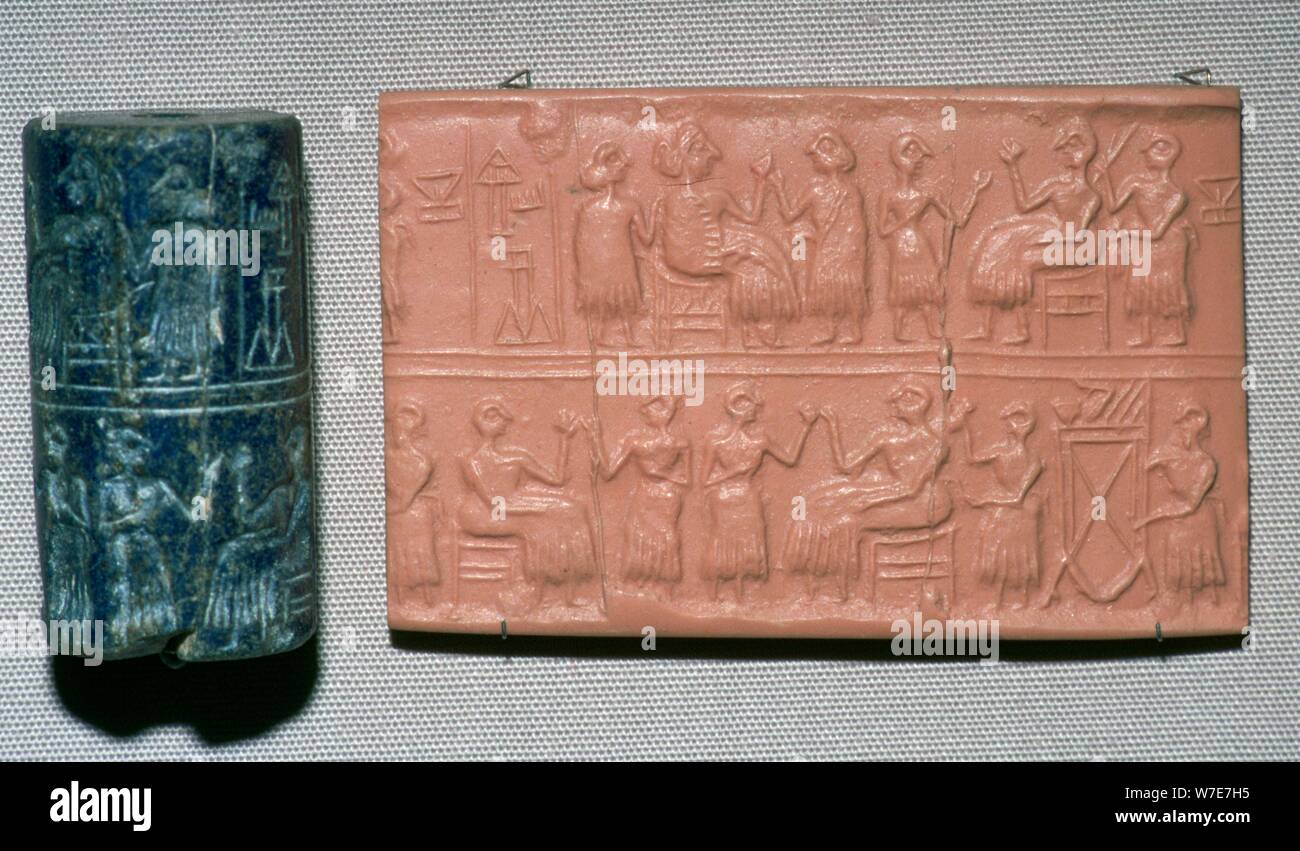 Lapis lazuli cylinder seal, from Ur, southern Iraq, c2600 BC. Artist: Unknown Stock Photohttps://www.alamy.com/image-license-details/?v=1https://www.alamy.com/lapis-lazuli-cylinder-seal-from-ur-southern-iraq-c2600-bc-artist-unknown-image262771409.html
Lapis lazuli cylinder seal, from Ur, southern Iraq, c2600 BC. Artist: Unknown Stock Photohttps://www.alamy.com/image-license-details/?v=1https://www.alamy.com/lapis-lazuli-cylinder-seal-from-ur-southern-iraq-c2600-bc-artist-unknown-image262771409.htmlRMW7E7H5–Lapis lazuli cylinder seal, from Ur, southern Iraq, c2600 BC. Artist: Unknown
 The Ziggurat of Ur, Dub Lal Makh temple in Nasiriyah city, Iraq Stock Photohttps://www.alamy.com/image-license-details/?v=1https://www.alamy.com/the-ziggurat-of-ur-dub-lal-makh-temple-in-nasiriyah-city-iraq-image609456753.html
The Ziggurat of Ur, Dub Lal Makh temple in Nasiriyah city, Iraq Stock Photohttps://www.alamy.com/image-license-details/?v=1https://www.alamy.com/the-ziggurat-of-ur-dub-lal-makh-temple-in-nasiriyah-city-iraq-image609456753.htmlRF2XBF48H–The Ziggurat of Ur, Dub Lal Makh temple in Nasiriyah city, Iraq
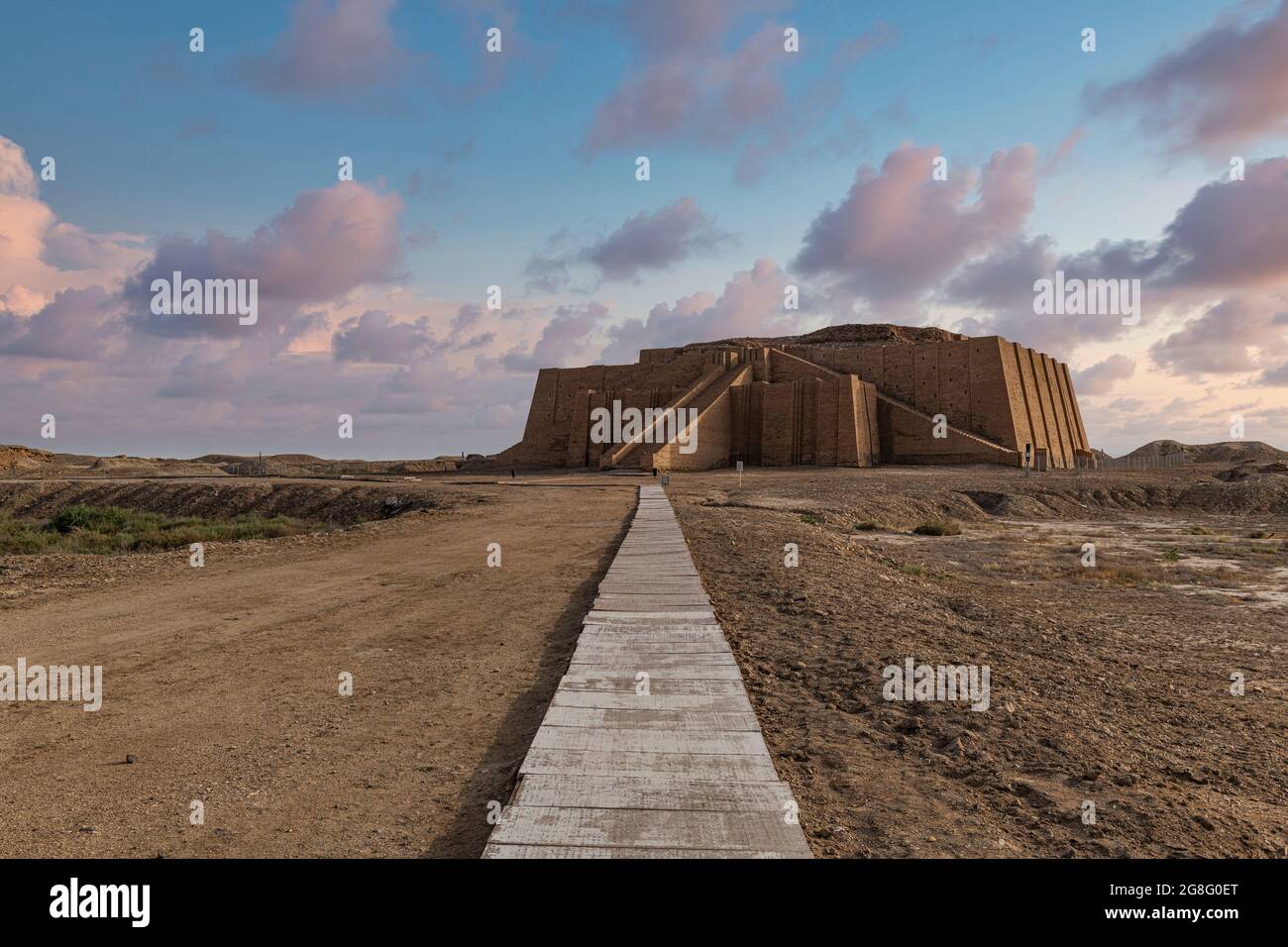 Ziggurat, ancient city of Ur, The Ahwar of Southern Iraq, UNESCO World Heritage Site, Iraq, Middle East Stock Photohttps://www.alamy.com/image-license-details/?v=1https://www.alamy.com/ziggurat-ancient-city-of-ur-the-ahwar-of-southern-iraq-unesco-world-heritage-site-iraq-middle-east-image435528096.html
Ziggurat, ancient city of Ur, The Ahwar of Southern Iraq, UNESCO World Heritage Site, Iraq, Middle East Stock Photohttps://www.alamy.com/image-license-details/?v=1https://www.alamy.com/ziggurat-ancient-city-of-ur-the-ahwar-of-southern-iraq-unesco-world-heritage-site-iraq-middle-east-image435528096.htmlRF2G8G0ET–Ziggurat, ancient city of Ur, The Ahwar of Southern Iraq, UNESCO World Heritage Site, Iraq, Middle East
 The 'Peace' side of the Standard of Ur, southern Iraq, about 2600-2400 BC. Artist: Unknown Stock Photohttps://www.alamy.com/image-license-details/?v=1https://www.alamy.com/the-peace-side-of-the-standard-of-ur-southern-iraq-about-2600-2400-bc-artist-unknown-image262771755.html
The 'Peace' side of the Standard of Ur, southern Iraq, about 2600-2400 BC. Artist: Unknown Stock Photohttps://www.alamy.com/image-license-details/?v=1https://www.alamy.com/the-peace-side-of-the-standard-of-ur-southern-iraq-about-2600-2400-bc-artist-unknown-image262771755.htmlRMW7E81F–The 'Peace' side of the Standard of Ur, southern Iraq, about 2600-2400 BC. Artist: Unknown
 Ancient city of Ur, Ahwar of southern Iraq, Unesco site, Iraq Stock Photohttps://www.alamy.com/image-license-details/?v=1https://www.alamy.com/ancient-city-of-ur-ahwar-of-southern-iraq-unesco-site-iraq-image521200683.html
Ancient city of Ur, Ahwar of southern Iraq, Unesco site, Iraq Stock Photohttps://www.alamy.com/image-license-details/?v=1https://www.alamy.com/ancient-city-of-ur-ahwar-of-southern-iraq-unesco-site-iraq-image521200683.htmlRF2N7XMP3–Ancient city of Ur, Ahwar of southern Iraq, Unesco site, Iraq
![Infographic of the excavations of the royal necropolis of the Sumerian city of Ur in Mesopotamia, and the treasures found inside. [Adobe InDesign (.indd); 5078x3248]. Stock Photo Infographic of the excavations of the royal necropolis of the Sumerian city of Ur in Mesopotamia, and the treasures found inside. [Adobe InDesign (.indd); 5078x3248]. Stock Photo](https://c8.alamy.com/comp/2NEBK6C/infographic-of-the-excavations-of-the-royal-necropolis-of-the-sumerian-city-of-ur-in-mesopotamia-and-the-treasures-found-inside-adobe-indesign-indd-5078x3248-2NEBK6C.jpg) Infographic of the excavations of the royal necropolis of the Sumerian city of Ur in Mesopotamia, and the treasures found inside. [Adobe InDesign (.indd); 5078x3248]. Stock Photohttps://www.alamy.com/image-license-details/?v=1https://www.alamy.com/infographic-of-the-excavations-of-the-royal-necropolis-of-the-sumerian-city-of-ur-in-mesopotamia-and-the-treasures-found-inside-adobe-indesign-indd-5078x3248-image525172772.html
Infographic of the excavations of the royal necropolis of the Sumerian city of Ur in Mesopotamia, and the treasures found inside. [Adobe InDesign (.indd); 5078x3248]. Stock Photohttps://www.alamy.com/image-license-details/?v=1https://www.alamy.com/infographic-of-the-excavations-of-the-royal-necropolis-of-the-sumerian-city-of-ur-in-mesopotamia-and-the-treasures-found-inside-adobe-indesign-indd-5078x3248-image525172772.htmlRM2NEBK6C–Infographic of the excavations of the royal necropolis of the Sumerian city of Ur in Mesopotamia, and the treasures found inside. [Adobe InDesign (.indd); 5078x3248].
 Standard of Ur. Mosaic of shell, red limestone and lapis lazuli. Royal cementery, Iraq. 2600 BC. British Museum. Stock Photohttps://www.alamy.com/image-license-details/?v=1https://www.alamy.com/stock-photo-standard-of-ur-mosaic-of-shell-red-limestone-and-lapis-lazuli-royal-175991847.html
Standard of Ur. Mosaic of shell, red limestone and lapis lazuli. Royal cementery, Iraq. 2600 BC. British Museum. Stock Photohttps://www.alamy.com/image-license-details/?v=1https://www.alamy.com/stock-photo-standard-of-ur-mosaic-of-shell-red-limestone-and-lapis-lazuli-royal-175991847.htmlRMM693B3–Standard of Ur. Mosaic of shell, red limestone and lapis lazuli. Royal cementery, Iraq. 2600 BC. British Museum.
 Original Caption: Iraq. Ur. (So called of the Chaldees). The great ziggurat - Location: Iraq--Ur (Extinct city) ca. 1932 Stock Photohttps://www.alamy.com/image-license-details/?v=1https://www.alamy.com/original-caption-iraq-ur-so-called-of-the-chaldees-the-great-ziggurat-location-iraq-ur-extinct-city-ca-1932-image387371655.html
Original Caption: Iraq. Ur. (So called of the Chaldees). The great ziggurat - Location: Iraq--Ur (Extinct city) ca. 1932 Stock Photohttps://www.alamy.com/image-license-details/?v=1https://www.alamy.com/original-caption-iraq-ur-so-called-of-the-chaldees-the-great-ziggurat-location-iraq-ur-extinct-city-ca-1932-image387371655.htmlRM2DE68DY–Original Caption: Iraq. Ur. (So called of the Chaldees). The great ziggurat - Location: Iraq--Ur (Extinct city) ca. 1932
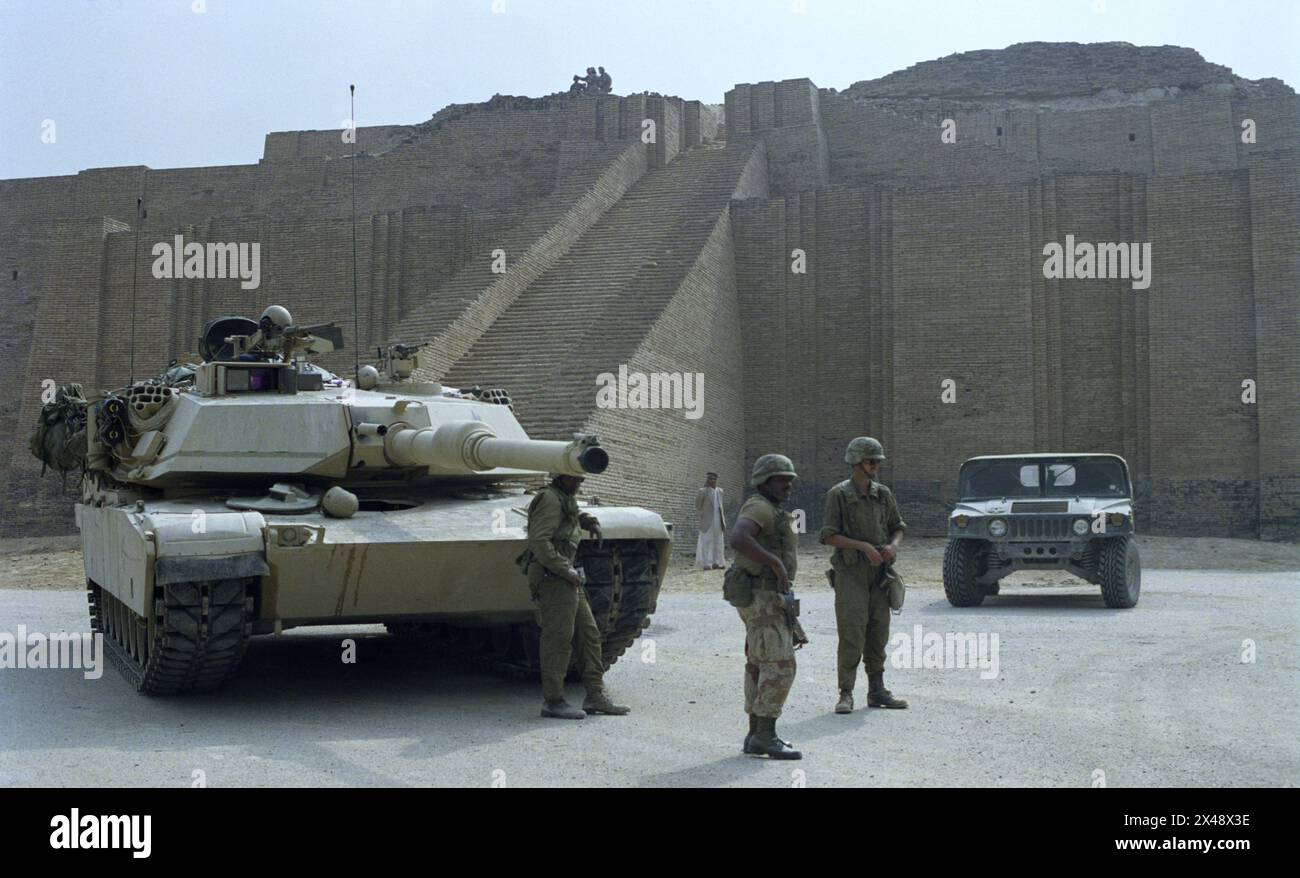 First Gulf War: 2nd April 1991 U.S. Army soldiers stand next to an M1A1 Abrams tank in front of the Great Ziggurat of Ur in southern Iraq. Stock Photohttps://www.alamy.com/image-license-details/?v=1https://www.alamy.com/first-gulf-war-2nd-april-1991-us-army-soldiers-stand-next-to-an-m1a1-abrams-tank-in-front-of-the-great-ziggurat-of-ur-in-southern-iraq-image605017602.html
First Gulf War: 2nd April 1991 U.S. Army soldiers stand next to an M1A1 Abrams tank in front of the Great Ziggurat of Ur in southern Iraq. Stock Photohttps://www.alamy.com/image-license-details/?v=1https://www.alamy.com/first-gulf-war-2nd-april-1991-us-army-soldiers-stand-next-to-an-m1a1-abrams-tank-in-front-of-the-great-ziggurat-of-ur-in-southern-iraq-image605017602.htmlRM2X48X3E–First Gulf War: 2nd April 1991 U.S. Army soldiers stand next to an M1A1 Abrams tank in front of the Great Ziggurat of Ur in southern Iraq.
 Residential area, Ur, Iraq, 1977. Stock Photohttps://www.alamy.com/image-license-details/?v=1https://www.alamy.com/stock-photo-residential-area-ur-iraq-1977-74091104.html
Residential area, Ur, Iraq, 1977. Stock Photohttps://www.alamy.com/image-license-details/?v=1https://www.alamy.com/stock-photo-residential-area-ur-iraq-1977-74091104.htmlRME8F3XT–Residential area, Ur, Iraq, 1977.
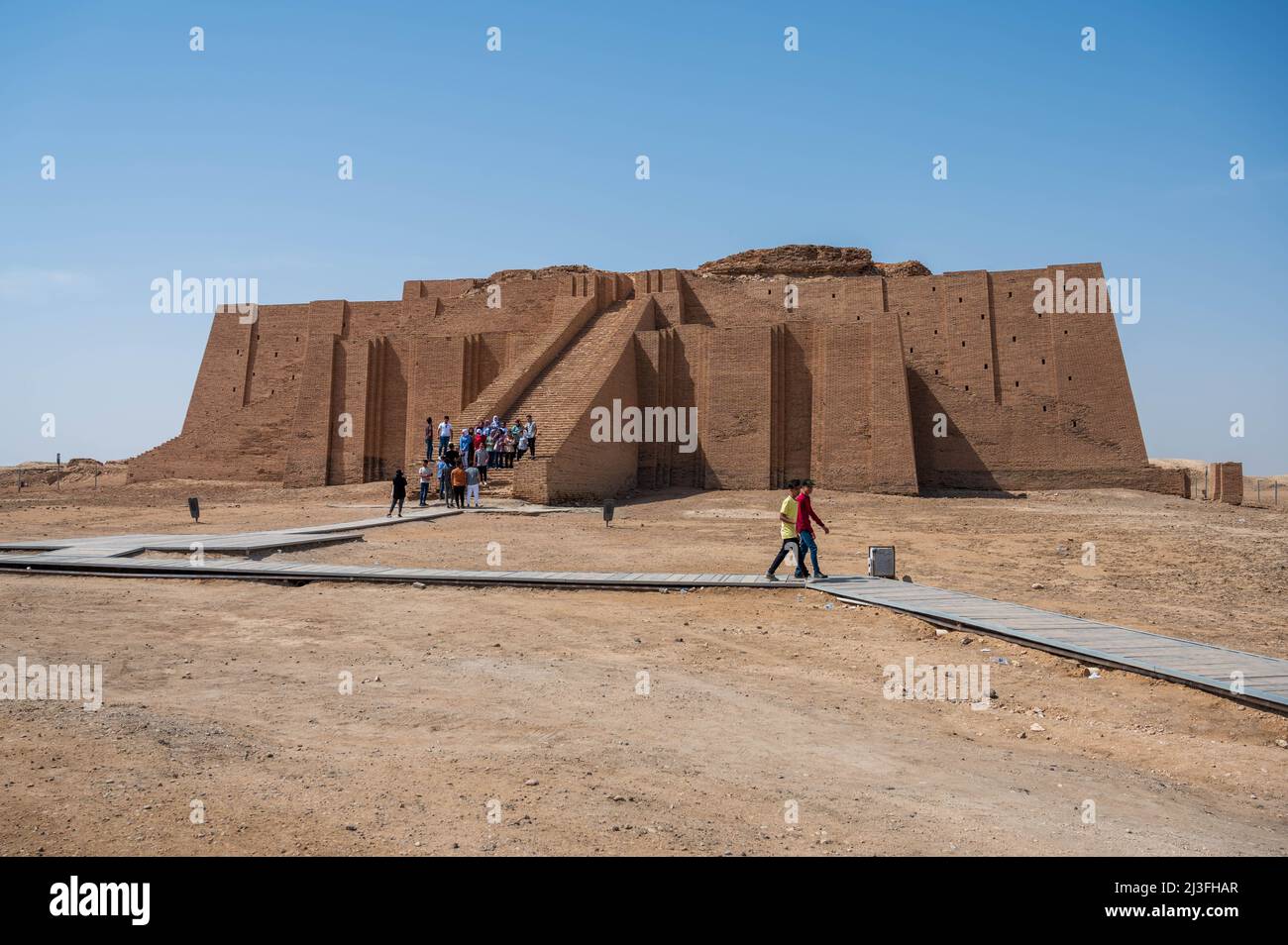 Ziggurat of Ur is a Neo-Sumerian ziggurat on the site of the ancient city of Ur near Nasiriyah, in present-day Dhi Qar Province, Iraq. The structure w Stock Photohttps://www.alamy.com/image-license-details/?v=1https://www.alamy.com/ziggurat-of-ur-is-a-neo-sumerian-ziggurat-on-the-site-of-the-ancient-city-of-ur-near-nasiriyah-in-present-day-dhi-qar-province-iraq-the-structure-w-image466866815.html
Ziggurat of Ur is a Neo-Sumerian ziggurat on the site of the ancient city of Ur near Nasiriyah, in present-day Dhi Qar Province, Iraq. The structure w Stock Photohttps://www.alamy.com/image-license-details/?v=1https://www.alamy.com/ziggurat-of-ur-is-a-neo-sumerian-ziggurat-on-the-site-of-the-ancient-city-of-ur-near-nasiriyah-in-present-day-dhi-qar-province-iraq-the-structure-w-image466866815.htmlRM2J3FHAR–Ziggurat of Ur is a Neo-Sumerian ziggurat on the site of the ancient city of Ur near Nasiriyah, in present-day Dhi Qar Province, Iraq. The structure w
 Reconstructed headdress of Puabi, by Sir Charles Leonard Woolley, found at the Sumerian city of Ur, in Iraq. Dates from the First Dynasty of Ur (ca. 2600 BC). Commonly labelled as a 'queen', her status is somewhat in dispute. Several cylinder seals in her tomb identify her by the title 'nin' or 'eresh', a Sumerian word which can denote a queen or a priestess. Stock Photohttps://www.alamy.com/image-license-details/?v=1https://www.alamy.com/reconstructed-headdress-of-puabi-by-sir-charles-leonard-woolley-found-at-the-sumerian-city-of-ur-in-iraq-dates-from-the-first-dynasty-of-ur-ca-2600-bc-commonly-labelled-as-a-queen-her-status-is-somewhat-in-dispute-several-cylinder-seals-in-her-tomb-identify-her-by-the-title-nin-or-eresh-a-sumerian-word-which-can-denote-a-queen-or-a-priestess-image186361324.html
Reconstructed headdress of Puabi, by Sir Charles Leonard Woolley, found at the Sumerian city of Ur, in Iraq. Dates from the First Dynasty of Ur (ca. 2600 BC). Commonly labelled as a 'queen', her status is somewhat in dispute. Several cylinder seals in her tomb identify her by the title 'nin' or 'eresh', a Sumerian word which can denote a queen or a priestess. Stock Photohttps://www.alamy.com/image-license-details/?v=1https://www.alamy.com/reconstructed-headdress-of-puabi-by-sir-charles-leonard-woolley-found-at-the-sumerian-city-of-ur-in-iraq-dates-from-the-first-dynasty-of-ur-ca-2600-bc-commonly-labelled-as-a-queen-her-status-is-somewhat-in-dispute-several-cylinder-seals-in-her-tomb-identify-her-by-the-title-nin-or-eresh-a-sumerian-word-which-can-denote-a-queen-or-a-priestess-image186361324.htmlRMMR5DNG–Reconstructed headdress of Puabi, by Sir Charles Leonard Woolley, found at the Sumerian city of Ur, in Iraq. Dates from the First Dynasty of Ur (ca. 2600 BC). Commonly labelled as a 'queen', her status is somewhat in dispute. Several cylinder seals in her tomb identify her by the title 'nin' or 'eresh', a Sumerian word which can denote a queen or a priestess.
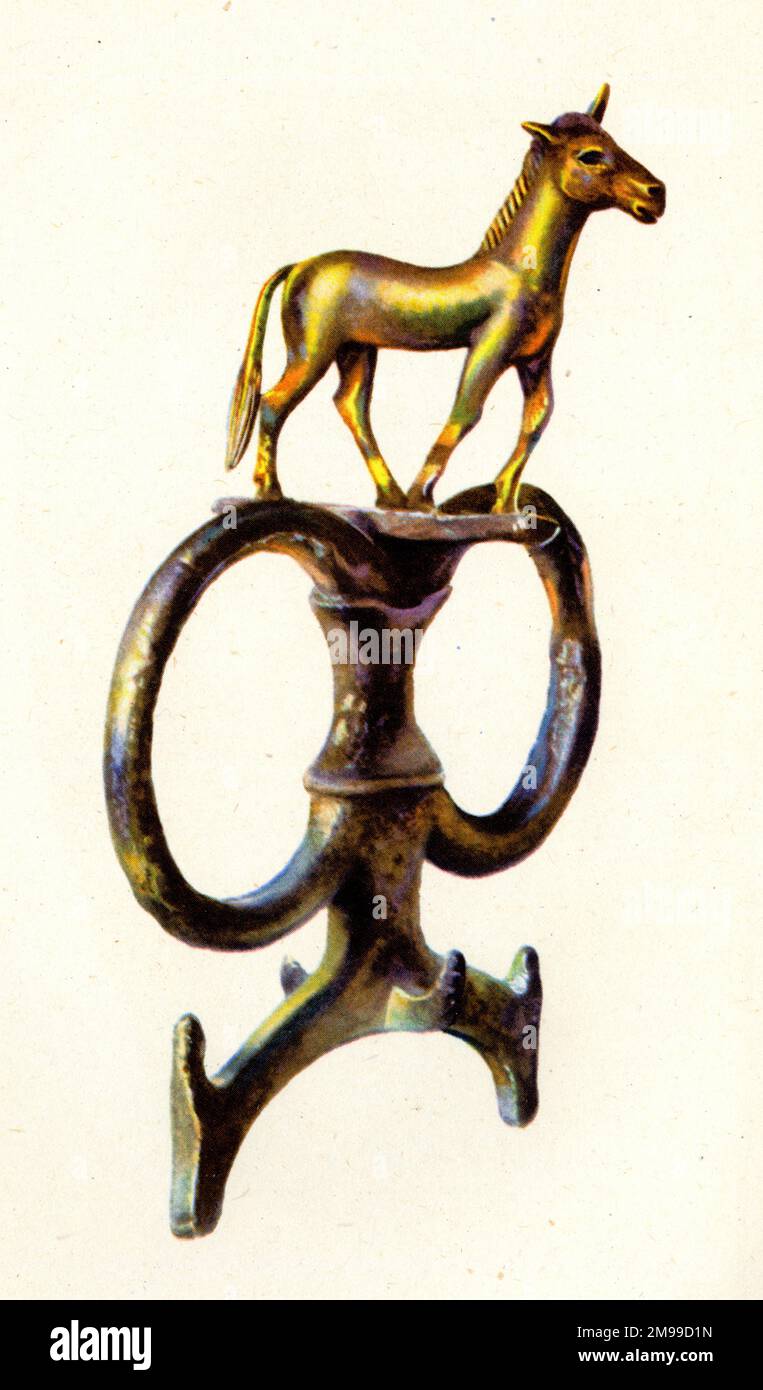 Rein-ring and Mascot from Queen Shub-ad's Chariot, Ur, an ancient Sumerian city in Mesopotamia (Iraq). Stock Photohttps://www.alamy.com/image-license-details/?v=1https://www.alamy.com/rein-ring-and-mascot-from-queen-shub-ads-chariot-ur-an-ancient-sumerian-city-in-mesopotamia-iraq-image504840385.html
Rein-ring and Mascot from Queen Shub-ad's Chariot, Ur, an ancient Sumerian city in Mesopotamia (Iraq). Stock Photohttps://www.alamy.com/image-license-details/?v=1https://www.alamy.com/rein-ring-and-mascot-from-queen-shub-ads-chariot-ur-an-ancient-sumerian-city-in-mesopotamia-iraq-image504840385.htmlRM2M99D1N–Rein-ring and Mascot from Queen Shub-ad's Chariot, Ur, an ancient Sumerian city in Mesopotamia (Iraq).
 Great Ziggurat of Ur, Iraq, 1977. Stock Photohttps://www.alamy.com/image-license-details/?v=1https://www.alamy.com/stock-photo-great-ziggurat-of-ur-iraq-1977-28929585.html
Great Ziggurat of Ur, Iraq, 1977. Stock Photohttps://www.alamy.com/image-license-details/?v=1https://www.alamy.com/stock-photo-great-ziggurat-of-ur-iraq-1977-28929585.htmlRMBK1RYD–Great Ziggurat of Ur, Iraq, 1977.
 Art inspired by Foundation peg in the form of the forepart of a lion, Early Bronze Age, ca. 2200–2100 B.C., Syria, probably from Tell Mozan (ancient Urkesh), Hurrian, Copper alloy, H. 4 5/8 x W. 3 1/8 in. (11.7 x 7.9 cm), Metalwork-Sculpture-Inscribed, After the collapse of the, Classic works modernized by Artotop with a splash of modernity. Shapes, color and value, eye-catching visual impact on art. Emotions through freedom of artworks in a contemporary way. A timeless message pursuing a wildly creative new direction. Artists turning to the digital medium and creating the Artotop NFT Stock Photohttps://www.alamy.com/image-license-details/?v=1https://www.alamy.com/art-inspired-by-foundation-peg-in-the-form-of-the-forepart-of-a-lion-early-bronze-age-ca-22002100-bc-syria-probably-from-tell-mozan-ancient-urkesh-hurrian-copper-alloy-h-4-58-x-w-3-18-in-117-x-79-cm-metalwork-sculpture-inscribed-after-the-collapse-of-the-classic-works-modernized-by-artotop-with-a-splash-of-modernity-shapes-color-and-value-eye-catching-visual-impact-on-art-emotions-through-freedom-of-artworks-in-a-contemporary-way-a-timeless-message-pursuing-a-wildly-creative-new-direction-artists-turning-to-the-digital-medium-and-creating-the-artotop-nft-image462945257.html
Art inspired by Foundation peg in the form of the forepart of a lion, Early Bronze Age, ca. 2200–2100 B.C., Syria, probably from Tell Mozan (ancient Urkesh), Hurrian, Copper alloy, H. 4 5/8 x W. 3 1/8 in. (11.7 x 7.9 cm), Metalwork-Sculpture-Inscribed, After the collapse of the, Classic works modernized by Artotop with a splash of modernity. Shapes, color and value, eye-catching visual impact on art. Emotions through freedom of artworks in a contemporary way. A timeless message pursuing a wildly creative new direction. Artists turning to the digital medium and creating the Artotop NFT Stock Photohttps://www.alamy.com/image-license-details/?v=1https://www.alamy.com/art-inspired-by-foundation-peg-in-the-form-of-the-forepart-of-a-lion-early-bronze-age-ca-22002100-bc-syria-probably-from-tell-mozan-ancient-urkesh-hurrian-copper-alloy-h-4-58-x-w-3-18-in-117-x-79-cm-metalwork-sculpture-inscribed-after-the-collapse-of-the-classic-works-modernized-by-artotop-with-a-splash-of-modernity-shapes-color-and-value-eye-catching-visual-impact-on-art-emotions-through-freedom-of-artworks-in-a-contemporary-way-a-timeless-message-pursuing-a-wildly-creative-new-direction-artists-turning-to-the-digital-medium-and-creating-the-artotop-nft-image462945257.htmlRF2HW4YB5–Art inspired by Foundation peg in the form of the forepart of a lion, Early Bronze Age, ca. 2200–2100 B.C., Syria, probably from Tell Mozan (ancient Urkesh), Hurrian, Copper alloy, H. 4 5/8 x W. 3 1/8 in. (11.7 x 7.9 cm), Metalwork-Sculpture-Inscribed, After the collapse of the, Classic works modernized by Artotop with a splash of modernity. Shapes, color and value, eye-catching visual impact on art. Emotions through freedom of artworks in a contemporary way. A timeless message pursuing a wildly creative new direction. Artists turning to the digital medium and creating the Artotop NFT
 Pope Francis and religious figures attend an interfaith meeting in the ancient city of Ur in southern Iraq's Dhi Qar province, on March 6, 2021.The ancient city of Ur is considered the birthplace of Prophet Abraham. Vatican Media Handout Photo via ABACAPRESS.COM Stock Photohttps://www.alamy.com/image-license-details/?v=1https://www.alamy.com/pope-francis-and-religious-figures-attend-an-interfaith-meeting-in-the-ancient-city-of-ur-in-southern-iraqs-dhi-qar-province-on-march-6-2021the-ancient-city-of-ur-is-considered-the-birthplace-of-prophet-abraham-vatican-media-handout-photo-via-abacapresscom-image412878655.html
Pope Francis and religious figures attend an interfaith meeting in the ancient city of Ur in southern Iraq's Dhi Qar province, on March 6, 2021.The ancient city of Ur is considered the birthplace of Prophet Abraham. Vatican Media Handout Photo via ABACAPRESS.COM Stock Photohttps://www.alamy.com/image-license-details/?v=1https://www.alamy.com/pope-francis-and-religious-figures-attend-an-interfaith-meeting-in-the-ancient-city-of-ur-in-southern-iraqs-dhi-qar-province-on-march-6-2021the-ancient-city-of-ur-is-considered-the-birthplace-of-prophet-abraham-vatican-media-handout-photo-via-abacapresscom-image412878655.htmlRM2EYM6X7–Pope Francis and religious figures attend an interfaith meeting in the ancient city of Ur in southern Iraq's Dhi Qar province, on March 6, 2021.The ancient city of Ur is considered the birthplace of Prophet Abraham. Vatican Media Handout Photo via ABACAPRESS.COM
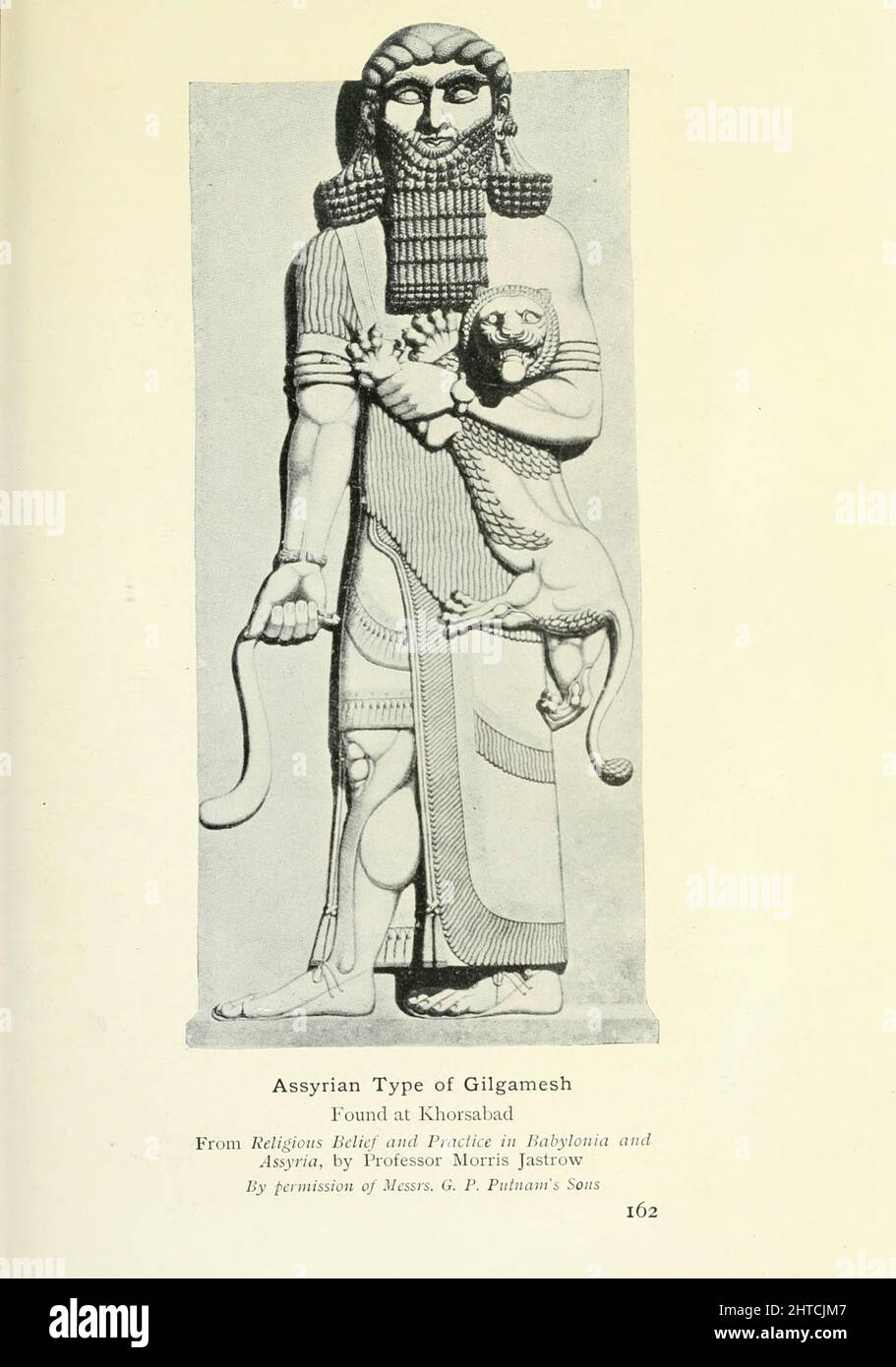 Assyrian Type of Gilgamesh Found at Khorsabad Gilgamesh (Akkadian: Gilgameš; Sumerian: Bilgames) was a hero in ancient Mesopotamian mythology and the protagonist of the Epic of Gilgamesh, an epic poem written in Akkadian during the late 2nd millennium BC. He was possibly a historical king of the Sumerian city-state of Uruk, who was posthumously deified. His rule probably would have taken place sometime in the beginning of the Early Dynastic Period (Mesopotamia) c. 2900 – 2350 BC, though he became a major figure in Sumerian legend during the Third Dynasty of Ur (c. 2112 – c. 2004 BC). From the Stock Photohttps://www.alamy.com/image-license-details/?v=1https://www.alamy.com/assyrian-type-of-gilgamesh-found-at-khorsabad-gilgamesh-akkadian-gilgame-sumerian-bilgames-was-a-hero-in-ancient-mesopotamian-mythology-and-the-protagonist-of-the-epic-of-gilgamesh-an-epic-poem-written-in-akkadian-during-the-late-2nd-millennium-bc-he-was-possibly-a-historical-king-of-the-sumerian-city-state-of-uruk-who-was-posthumously-deified-his-rule-probably-would-have-taken-place-sometime-in-the-beginning-of-the-early-dynastic-period-mesopotamia-c-2900-2350-bc-though-he-became-a-major-figure-in-sumerian-legend-during-the-third-dynasty-of-ur-c2112-c2004-bc-from-the-image462499415.html
Assyrian Type of Gilgamesh Found at Khorsabad Gilgamesh (Akkadian: Gilgameš; Sumerian: Bilgames) was a hero in ancient Mesopotamian mythology and the protagonist of the Epic of Gilgamesh, an epic poem written in Akkadian during the late 2nd millennium BC. He was possibly a historical king of the Sumerian city-state of Uruk, who was posthumously deified. His rule probably would have taken place sometime in the beginning of the Early Dynastic Period (Mesopotamia) c. 2900 – 2350 BC, though he became a major figure in Sumerian legend during the Third Dynasty of Ur (c. 2112 – c. 2004 BC). From the Stock Photohttps://www.alamy.com/image-license-details/?v=1https://www.alamy.com/assyrian-type-of-gilgamesh-found-at-khorsabad-gilgamesh-akkadian-gilgame-sumerian-bilgames-was-a-hero-in-ancient-mesopotamian-mythology-and-the-protagonist-of-the-epic-of-gilgamesh-an-epic-poem-written-in-akkadian-during-the-late-2nd-millennium-bc-he-was-possibly-a-historical-king-of-the-sumerian-city-state-of-uruk-who-was-posthumously-deified-his-rule-probably-would-have-taken-place-sometime-in-the-beginning-of-the-early-dynastic-period-mesopotamia-c-2900-2350-bc-though-he-became-a-major-figure-in-sumerian-legend-during-the-third-dynasty-of-ur-c2112-c2004-bc-from-the-image462499415.htmlRF2HTCJM7–Assyrian Type of Gilgamesh Found at Khorsabad Gilgamesh (Akkadian: Gilgameš; Sumerian: Bilgames) was a hero in ancient Mesopotamian mythology and the protagonist of the Epic of Gilgamesh, an epic poem written in Akkadian during the late 2nd millennium BC. He was possibly a historical king of the Sumerian city-state of Uruk, who was posthumously deified. His rule probably would have taken place sometime in the beginning of the Early Dynastic Period (Mesopotamia) c. 2900 – 2350 BC, though he became a major figure in Sumerian legend during the Third Dynasty of Ur (c. 2112 – c. 2004 BC). From the
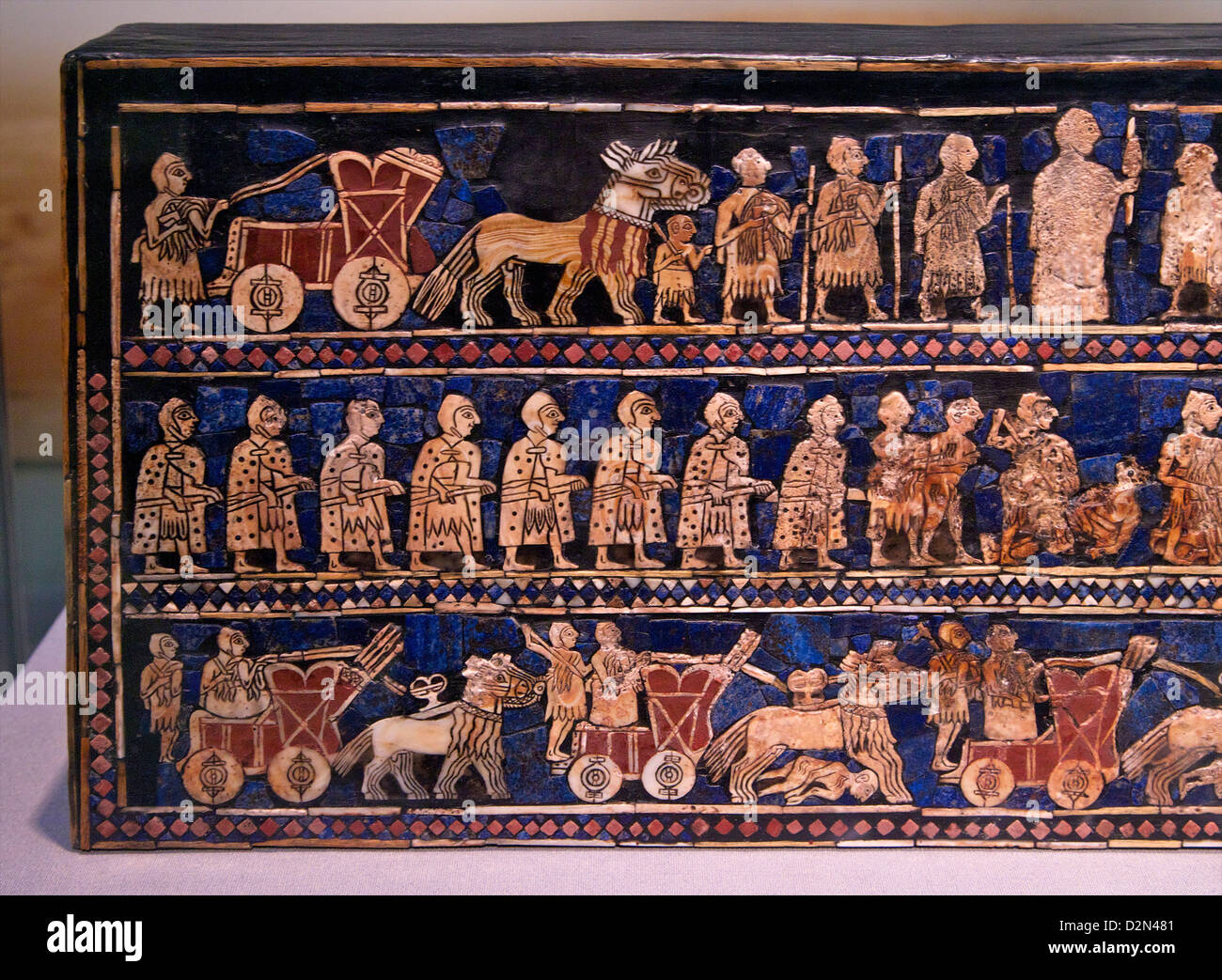 War panel, Standard of Ur, Circa 2500 BC, BCE, British Museum, London, England, UK, GB, British Isles Stock Photohttps://www.alamy.com/image-license-details/?v=1https://www.alamy.com/stock-photo-war-panel-standard-of-ur-circa-2500-bc-bce-british-museum-london-england-53324769.html
War panel, Standard of Ur, Circa 2500 BC, BCE, British Museum, London, England, UK, GB, British Isles Stock Photohttps://www.alamy.com/image-license-details/?v=1https://www.alamy.com/stock-photo-war-panel-standard-of-ur-circa-2500-bc-bce-british-museum-london-england-53324769.htmlRMD2N481–War panel, Standard of Ur, Circa 2500 BC, BCE, British Museum, London, England, UK, GB, British Isles
 Urla, Izmir, Turkey - September, 2021: Ancient Greek civilization house and oldest olive oil production facility in Ionian settlement Klazomenai in Ur Stock Photohttps://www.alamy.com/image-license-details/?v=1https://www.alamy.com/urla-izmir-turkey-september-2021-ancient-greek-civilization-house-and-oldest-olive-oil-production-facility-in-ionian-settlement-klazomenai-in-ur-image447542845.html
Urla, Izmir, Turkey - September, 2021: Ancient Greek civilization house and oldest olive oil production facility in Ionian settlement Klazomenai in Ur Stock Photohttps://www.alamy.com/image-license-details/?v=1https://www.alamy.com/urla-izmir-turkey-september-2021-ancient-greek-civilization-house-and-oldest-olive-oil-production-facility-in-ionian-settlement-klazomenai-in-ur-image447542845.htmlRF2H039D1–Urla, Izmir, Turkey - September, 2021: Ancient Greek civilization house and oldest olive oil production facility in Ionian settlement Klazomenai in Ur
 Minorca monument - Son Catlar - ancient ruins Stock Photohttps://www.alamy.com/image-license-details/?v=1https://www.alamy.com/stock-photo-minorca-monument-son-catlar-ancient-ruins-103426175.html
Minorca monument - Son Catlar - ancient ruins Stock Photohttps://www.alamy.com/image-license-details/?v=1https://www.alamy.com/stock-photo-minorca-monument-son-catlar-ancient-ruins-103426175.htmlRMG07D3Y–Minorca monument - Son Catlar - ancient ruins
 The Ziggurat of Ur, Dub Lal Makh temple in Nasiriyah city, Iraq Stock Photohttps://www.alamy.com/image-license-details/?v=1https://www.alamy.com/the-ziggurat-of-ur-dub-lal-makh-temple-in-nasiriyah-city-iraq-image609456638.html
The Ziggurat of Ur, Dub Lal Makh temple in Nasiriyah city, Iraq Stock Photohttps://www.alamy.com/image-license-details/?v=1https://www.alamy.com/the-ziggurat-of-ur-dub-lal-makh-temple-in-nasiriyah-city-iraq-image609456638.htmlRF2XBF44E–The Ziggurat of Ur, Dub Lal Makh temple in Nasiriyah city, Iraq
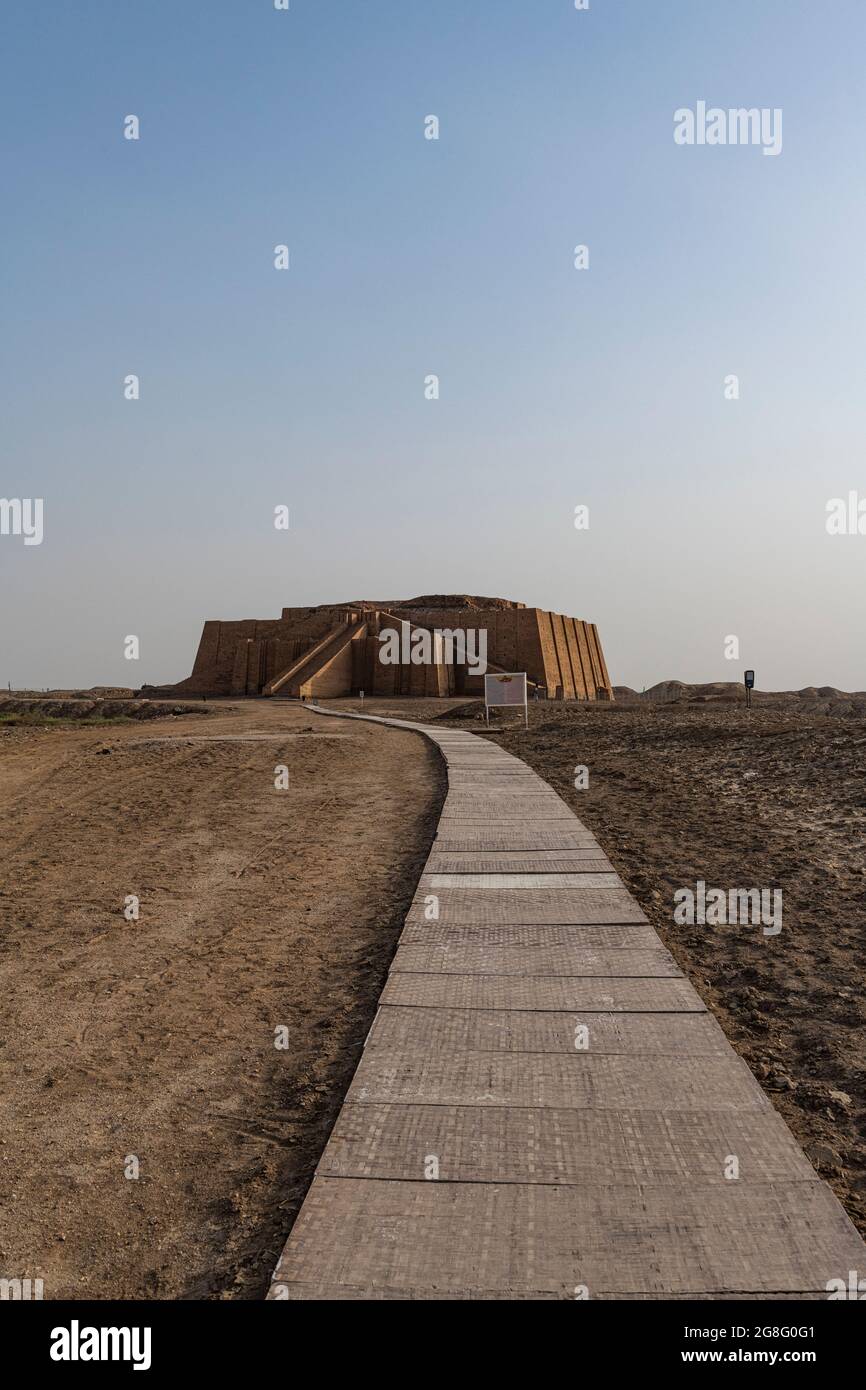 View over the ancient city of Ur, The Ahwar of Southern Iraq, UNESCO World Heritage Site, Iraq, Middle East Stock Photohttps://www.alamy.com/image-license-details/?v=1https://www.alamy.com/view-over-the-ancient-city-of-ur-the-ahwar-of-southern-iraq-unesco-world-heritage-site-iraq-middle-east-image435528129.html
View over the ancient city of Ur, The Ahwar of Southern Iraq, UNESCO World Heritage Site, Iraq, Middle East Stock Photohttps://www.alamy.com/image-license-details/?v=1https://www.alamy.com/view-over-the-ancient-city-of-ur-the-ahwar-of-southern-iraq-unesco-world-heritage-site-iraq-middle-east-image435528129.htmlRF2G8G0G1–View over the ancient city of Ur, The Ahwar of Southern Iraq, UNESCO World Heritage Site, Iraq, Middle East
 Detail of the standard of Ur showing a Sumerian Harpist and a Ruler, about 2600-2400 BC. Artist: Unknown Stock Photohttps://www.alamy.com/image-license-details/?v=1https://www.alamy.com/detail-of-the-standard-of-ur-showing-a-sumerian-harpist-and-a-ruler-about-2600-2400-bc-artist-unknown-image262771757.html
Detail of the standard of Ur showing a Sumerian Harpist and a Ruler, about 2600-2400 BC. Artist: Unknown Stock Photohttps://www.alamy.com/image-license-details/?v=1https://www.alamy.com/detail-of-the-standard-of-ur-showing-a-sumerian-harpist-and-a-ruler-about-2600-2400-bc-artist-unknown-image262771757.htmlRMW7E81H–Detail of the standard of Ur showing a Sumerian Harpist and a Ruler, about 2600-2400 BC. Artist: Unknown
